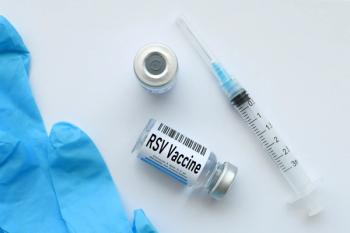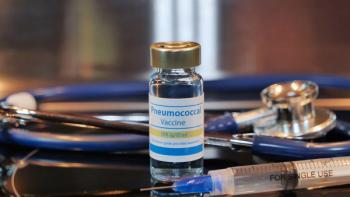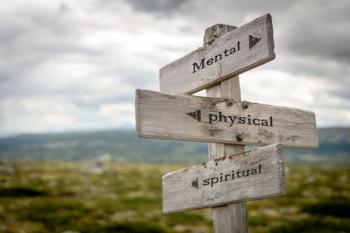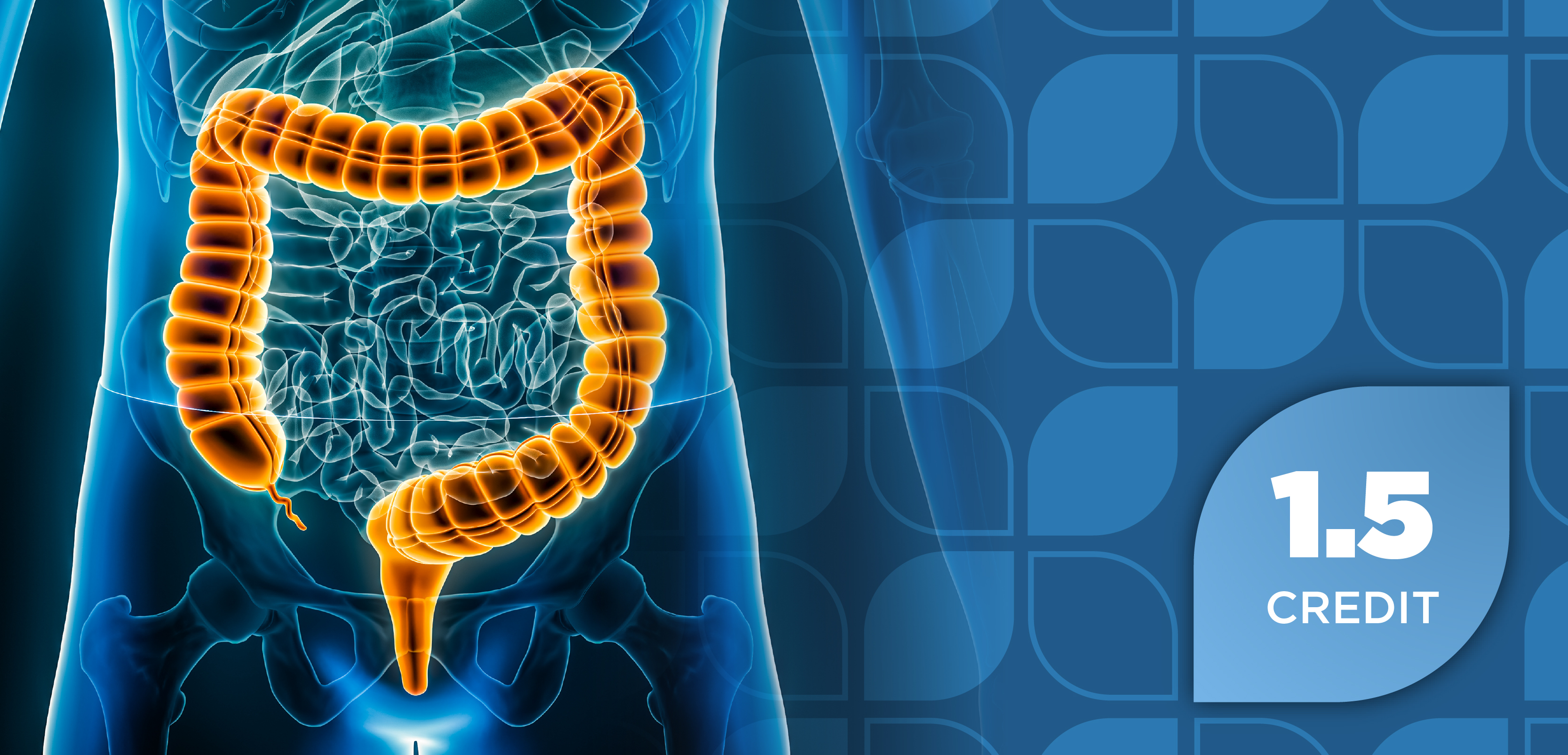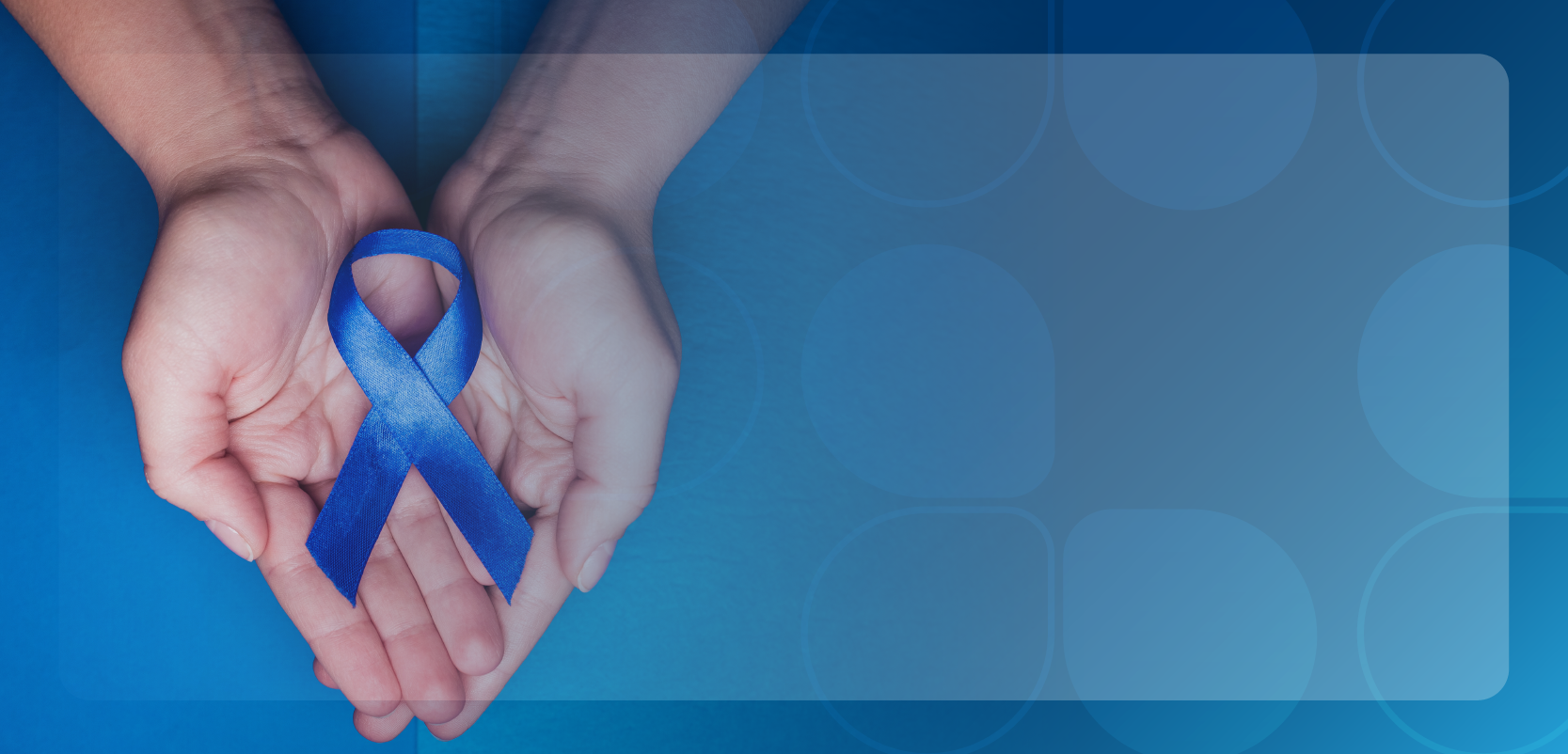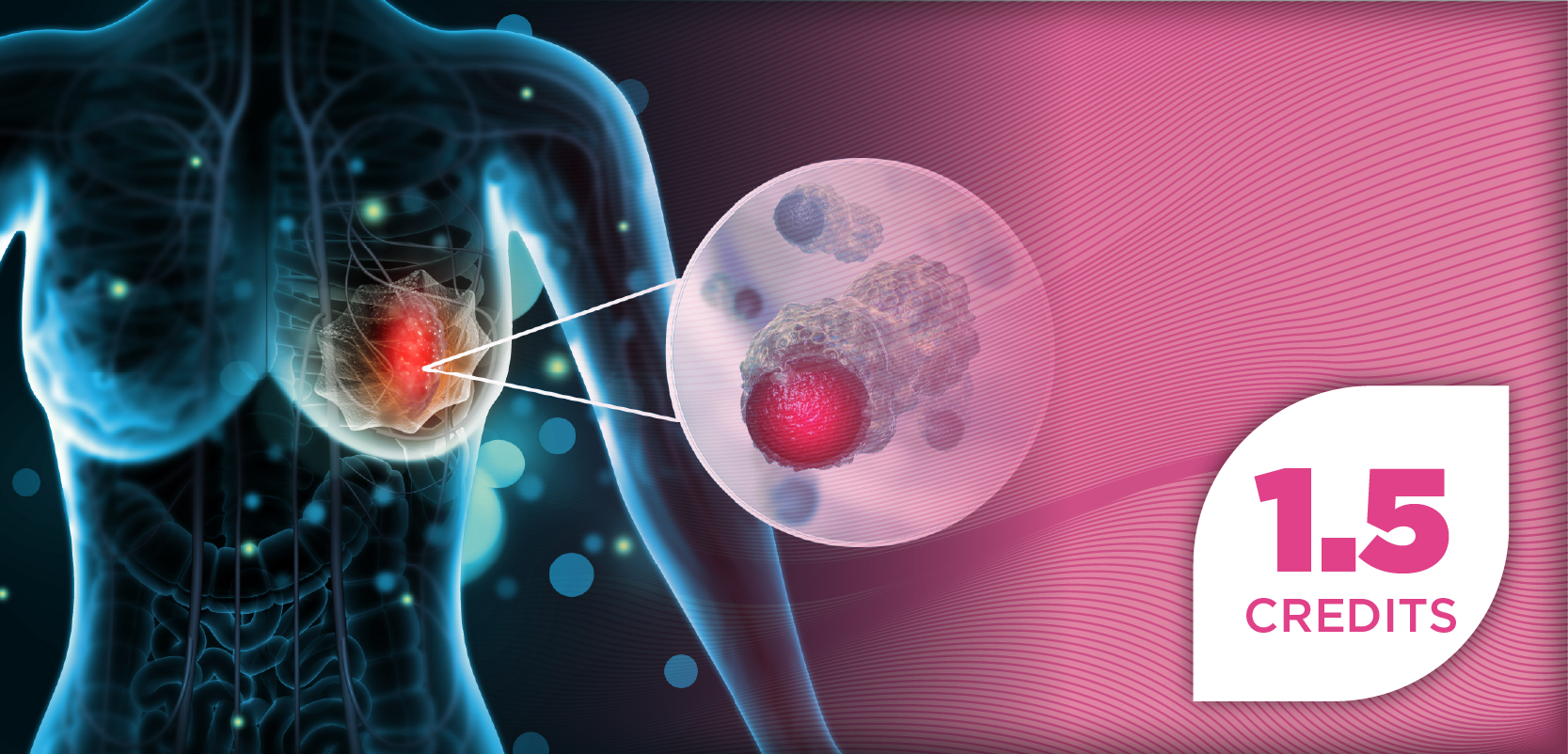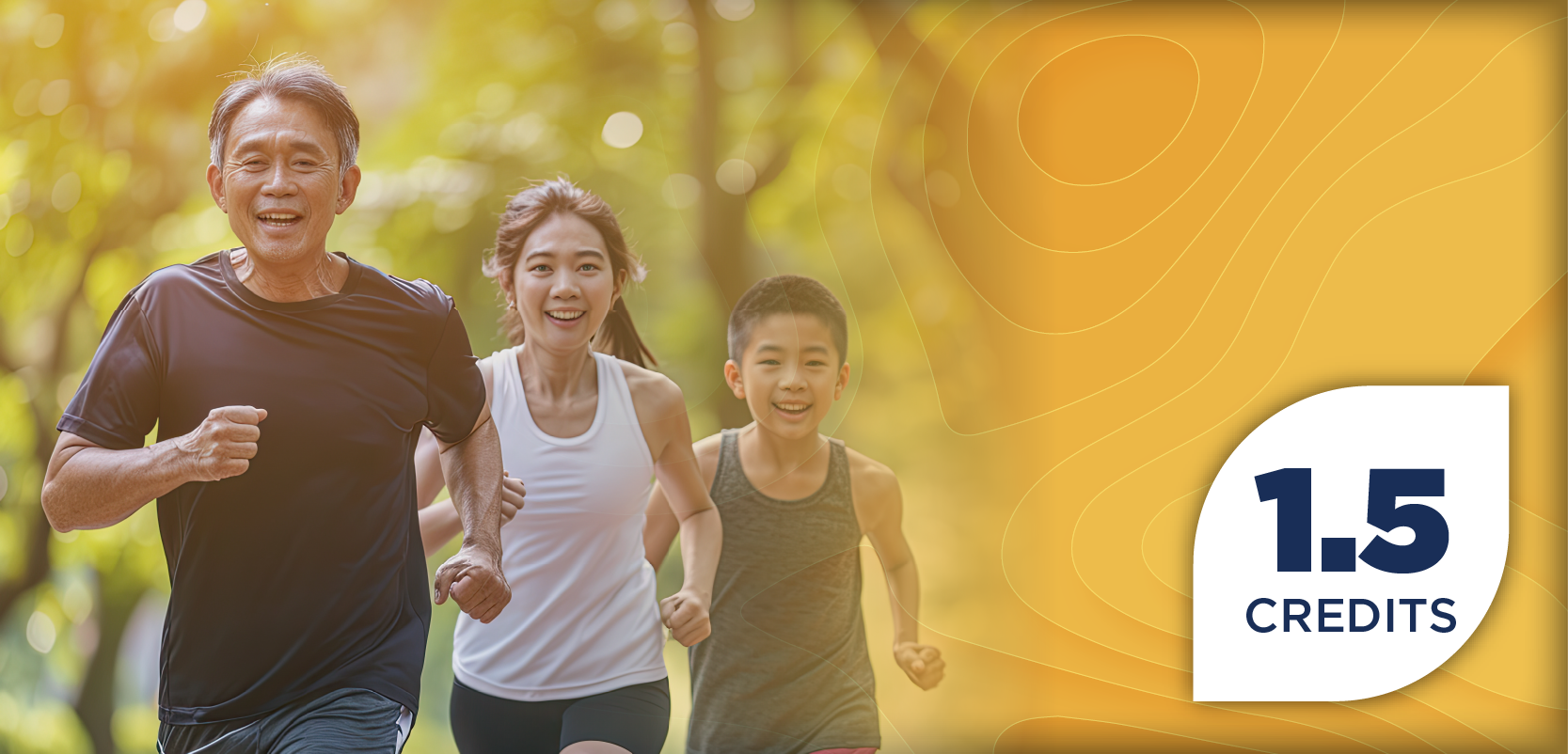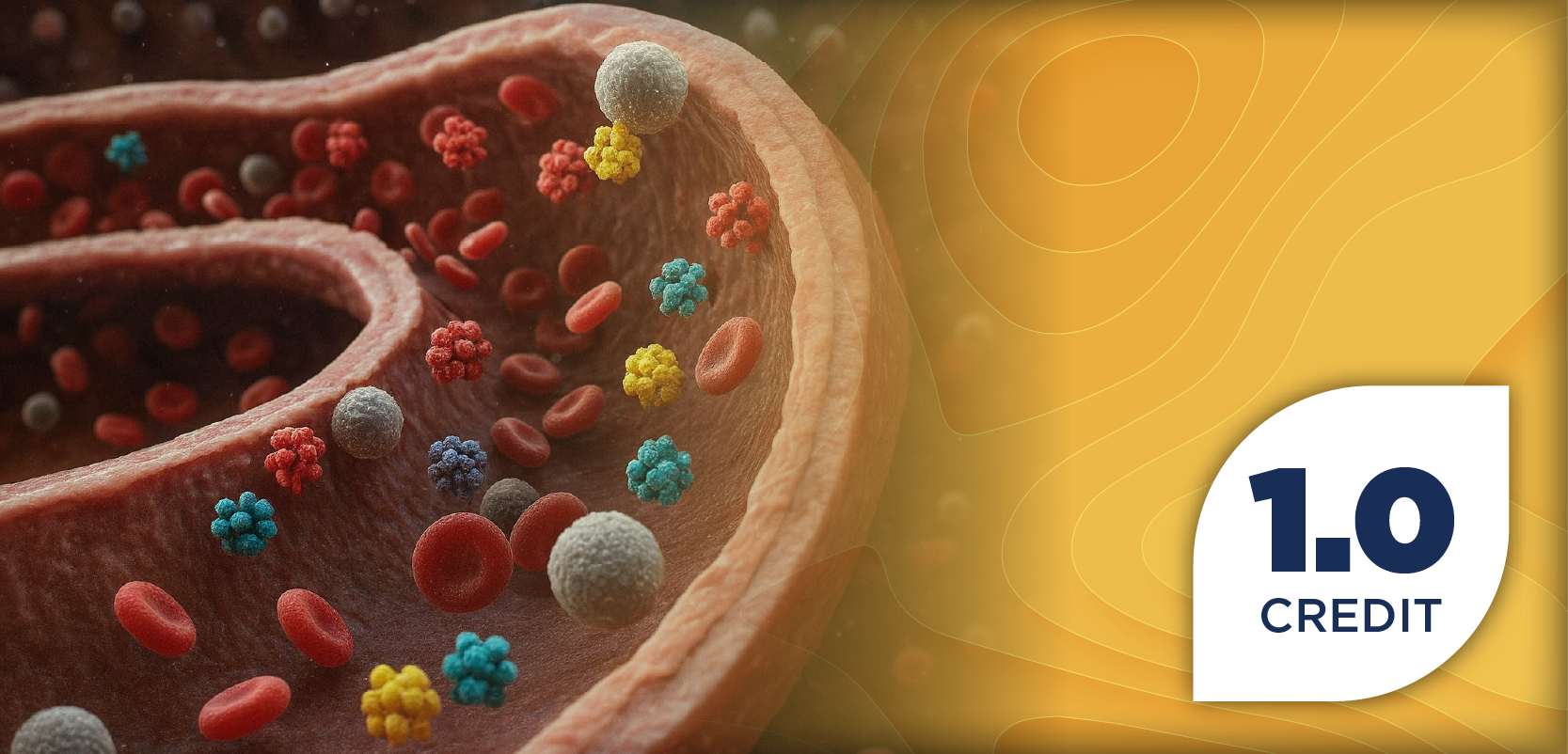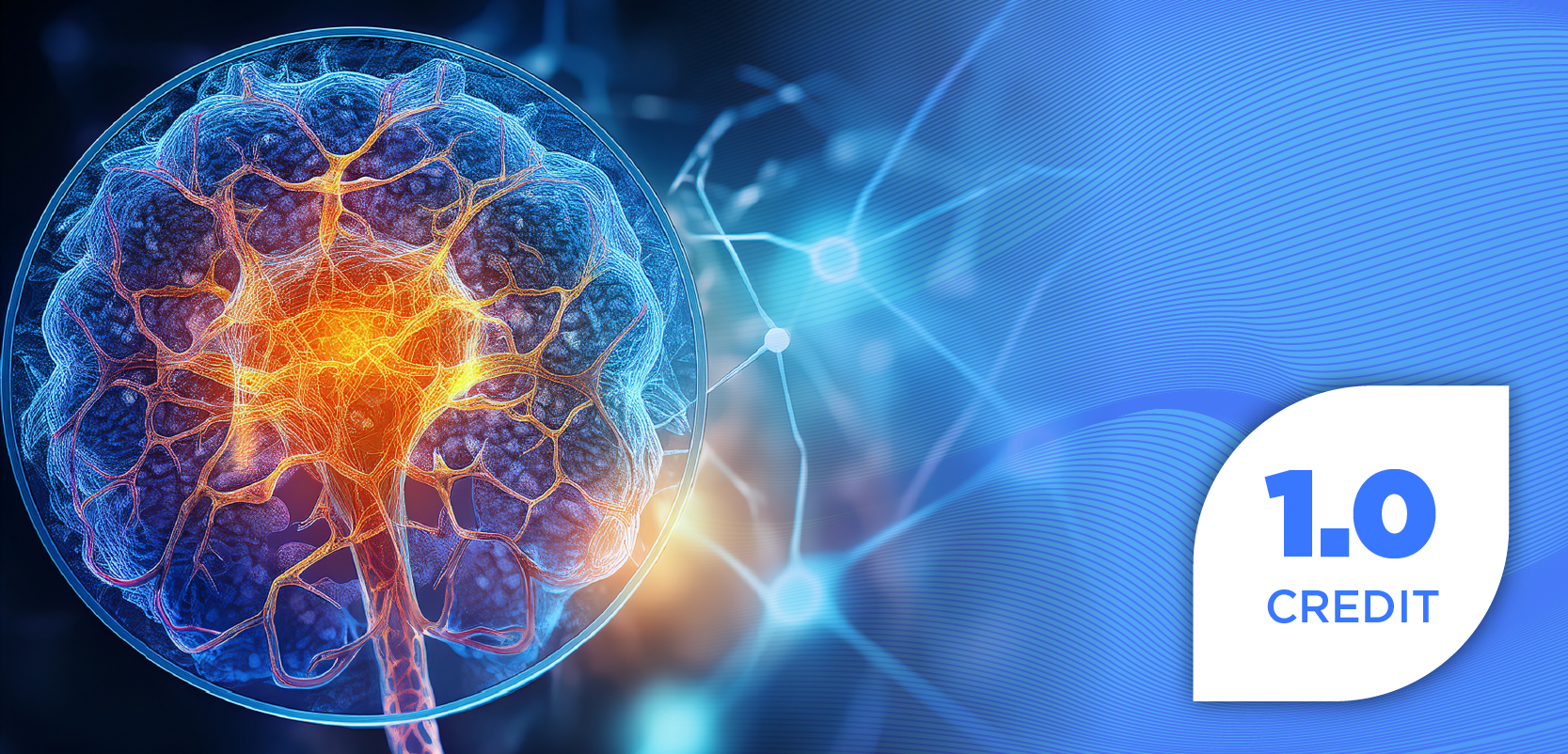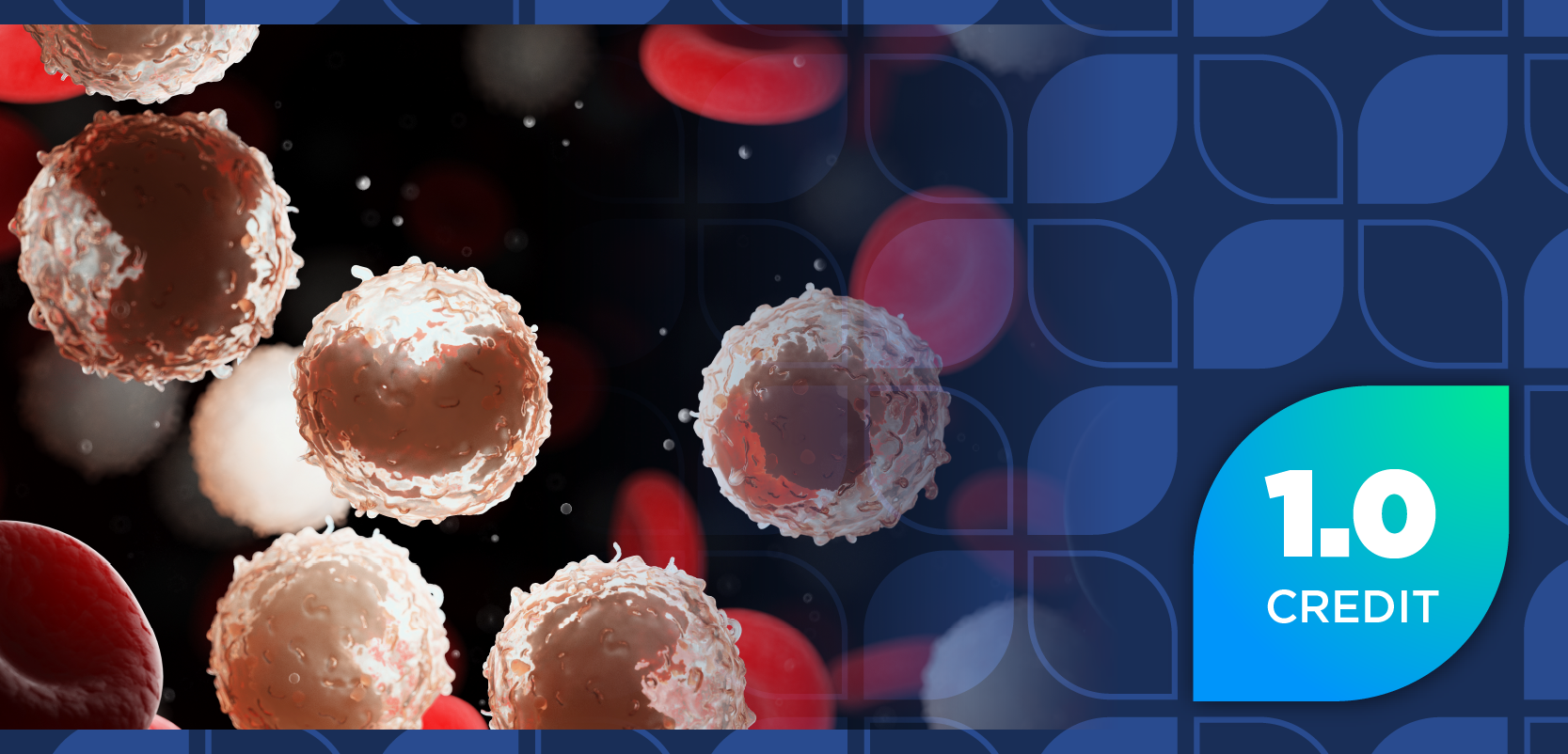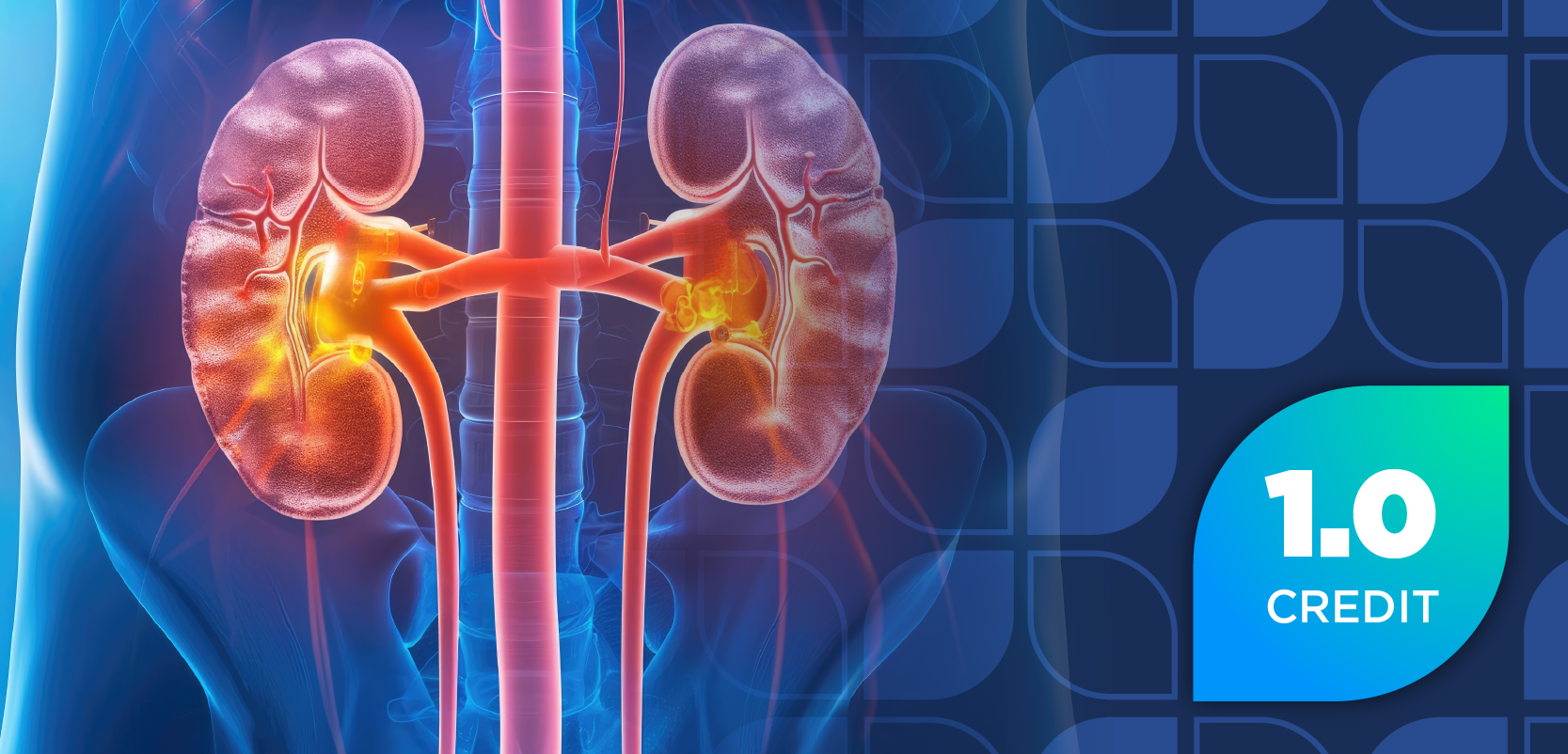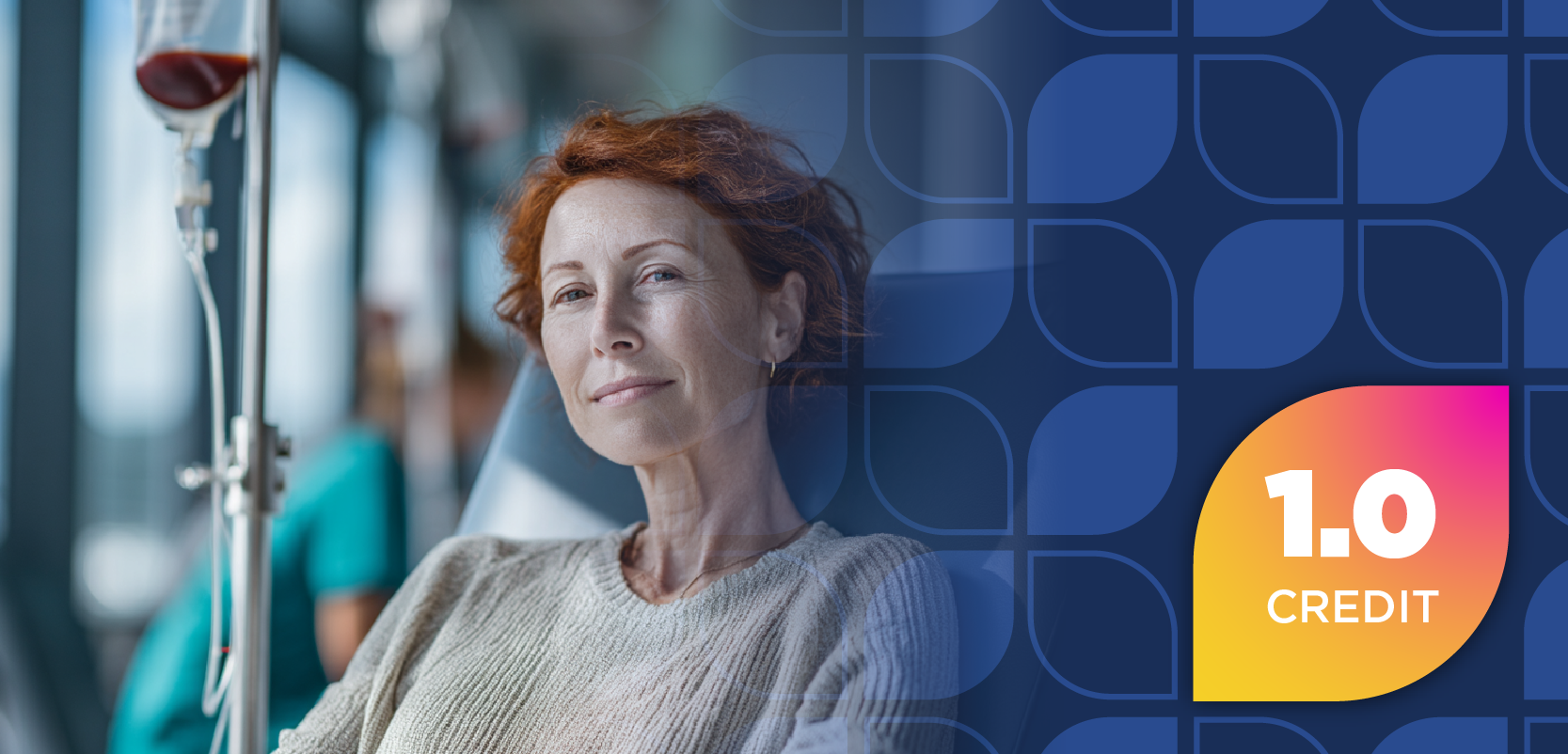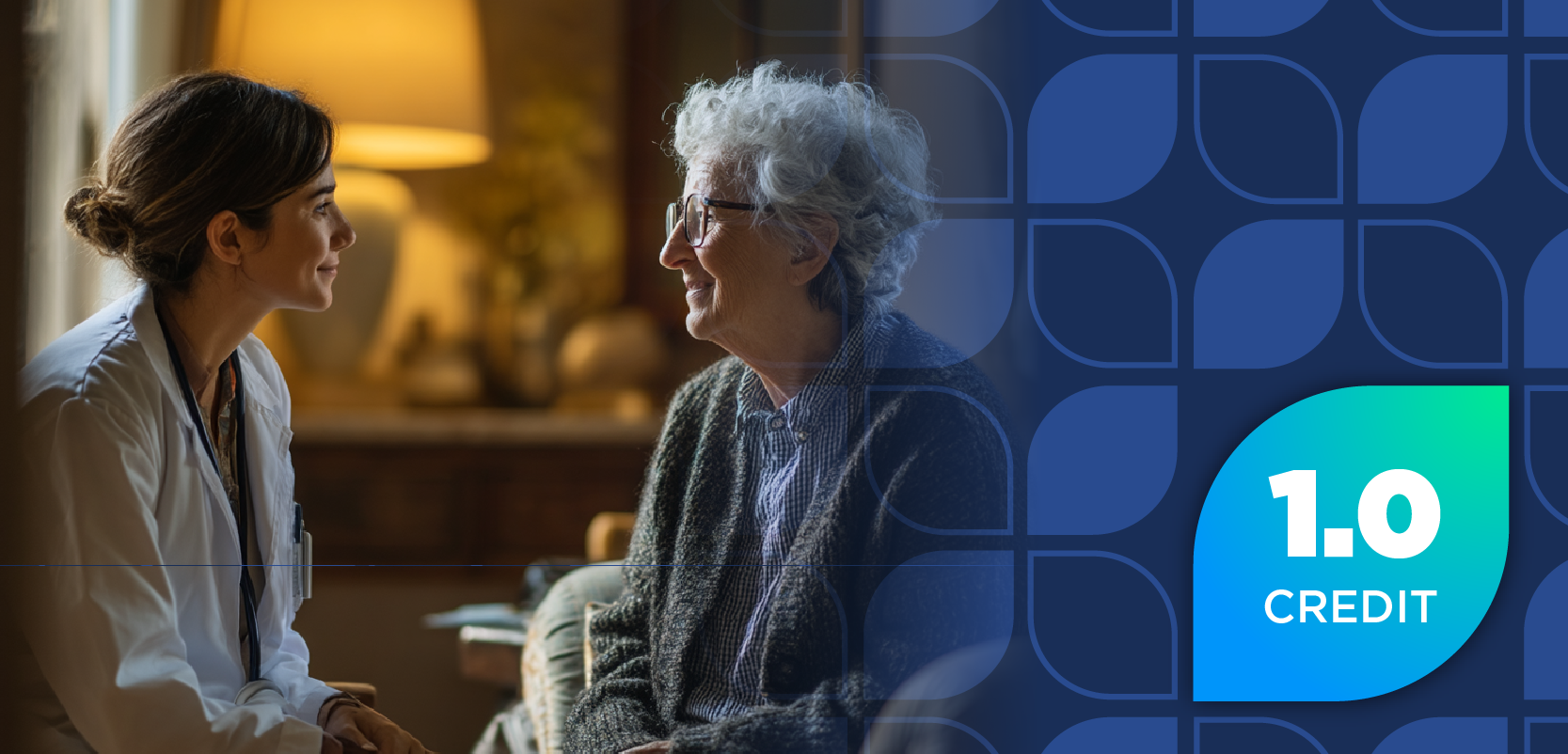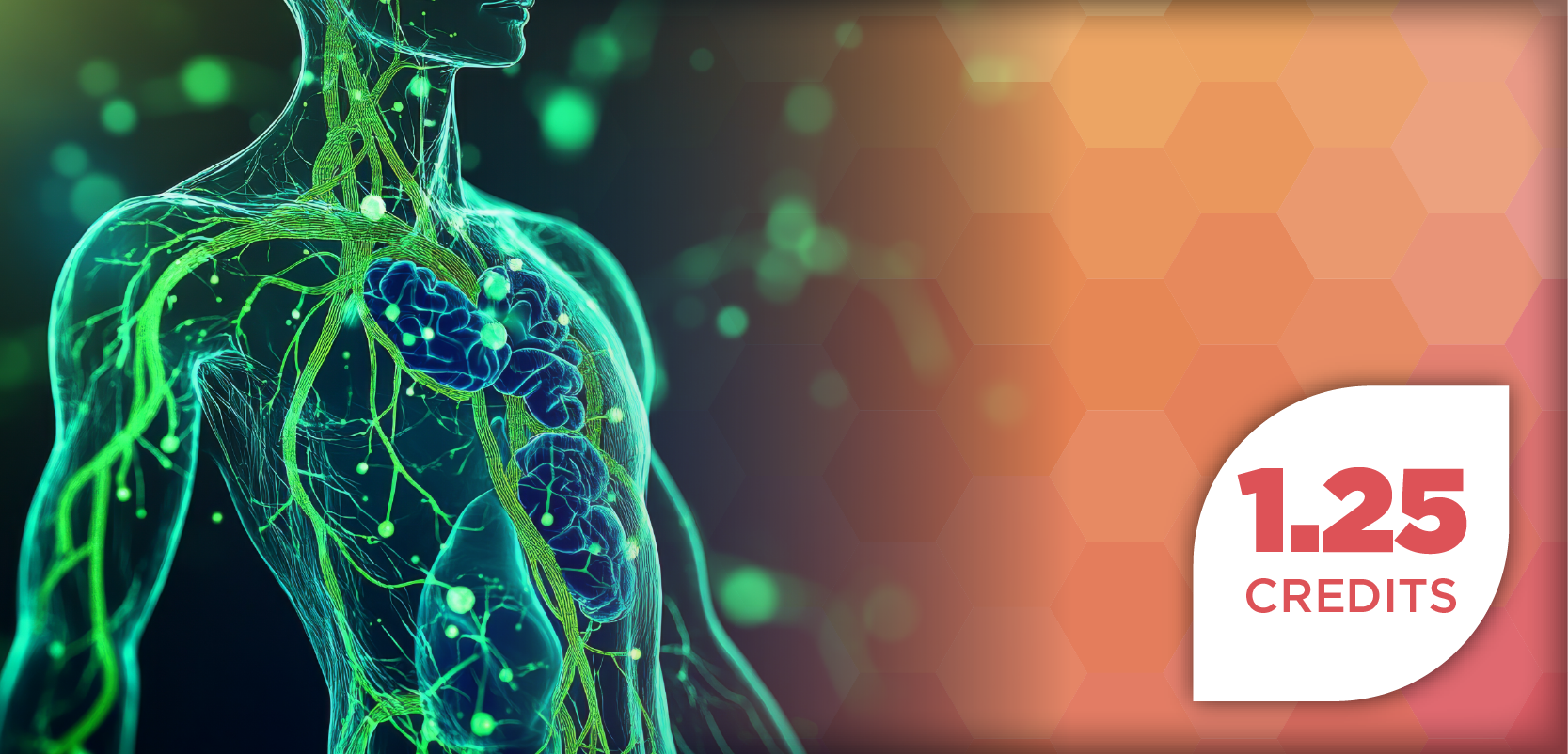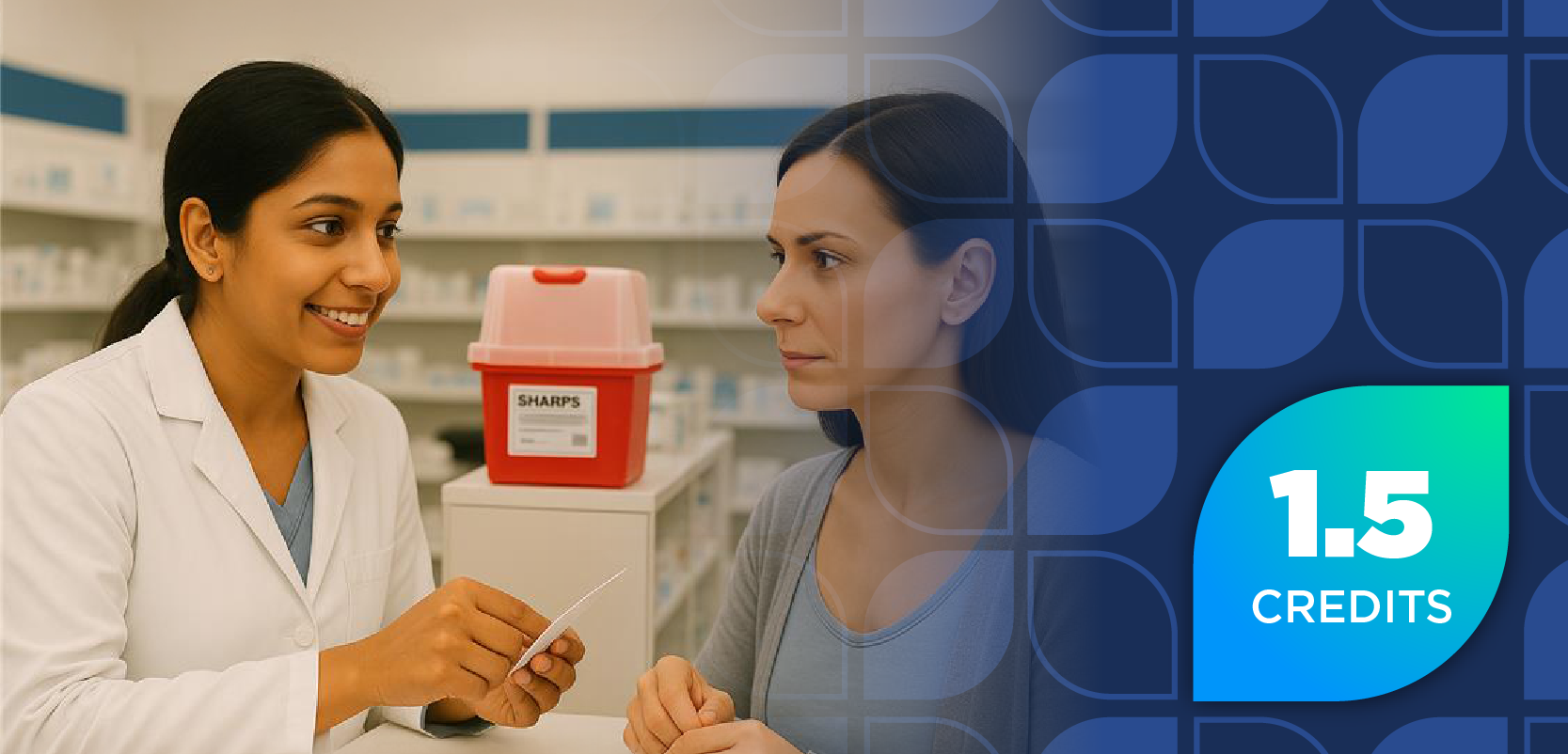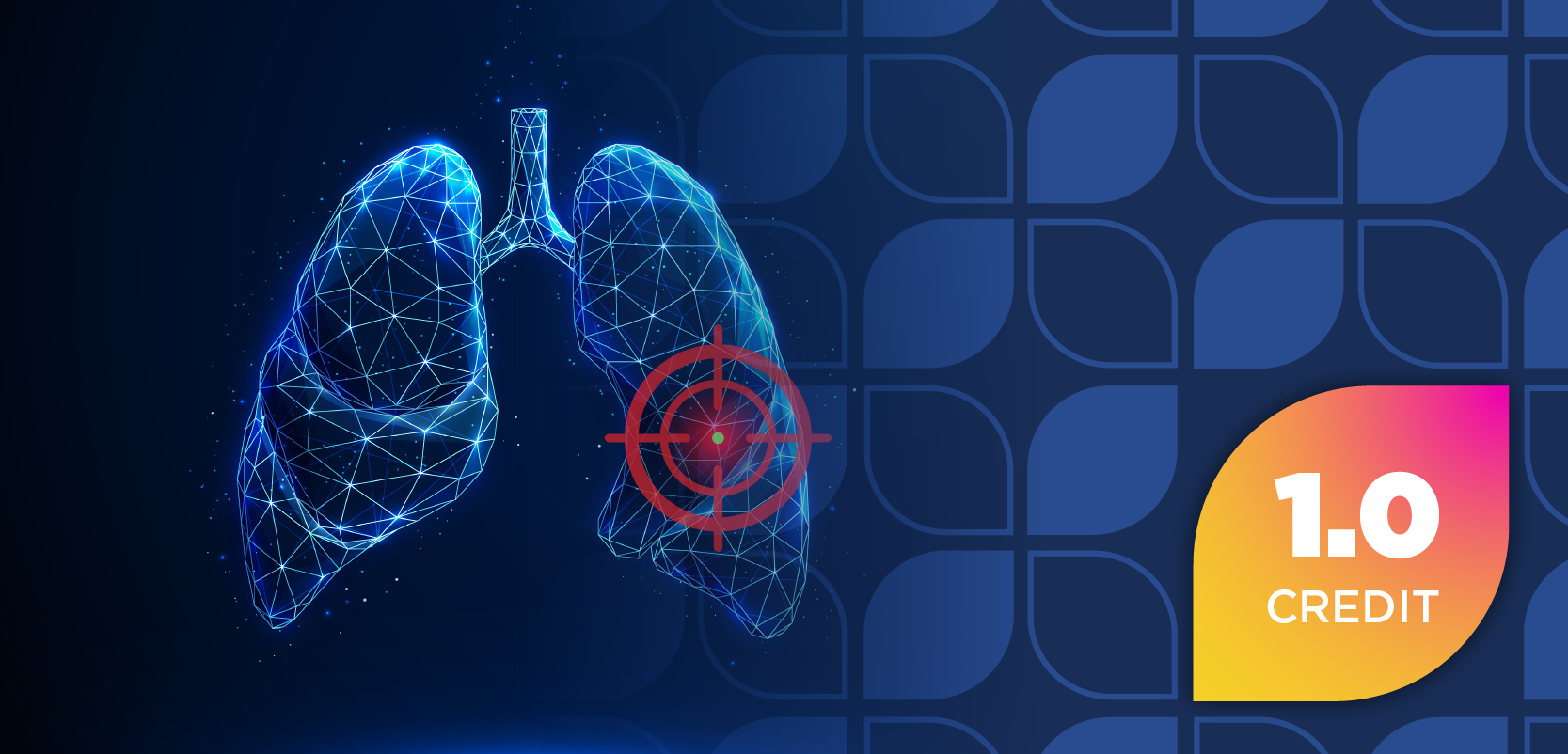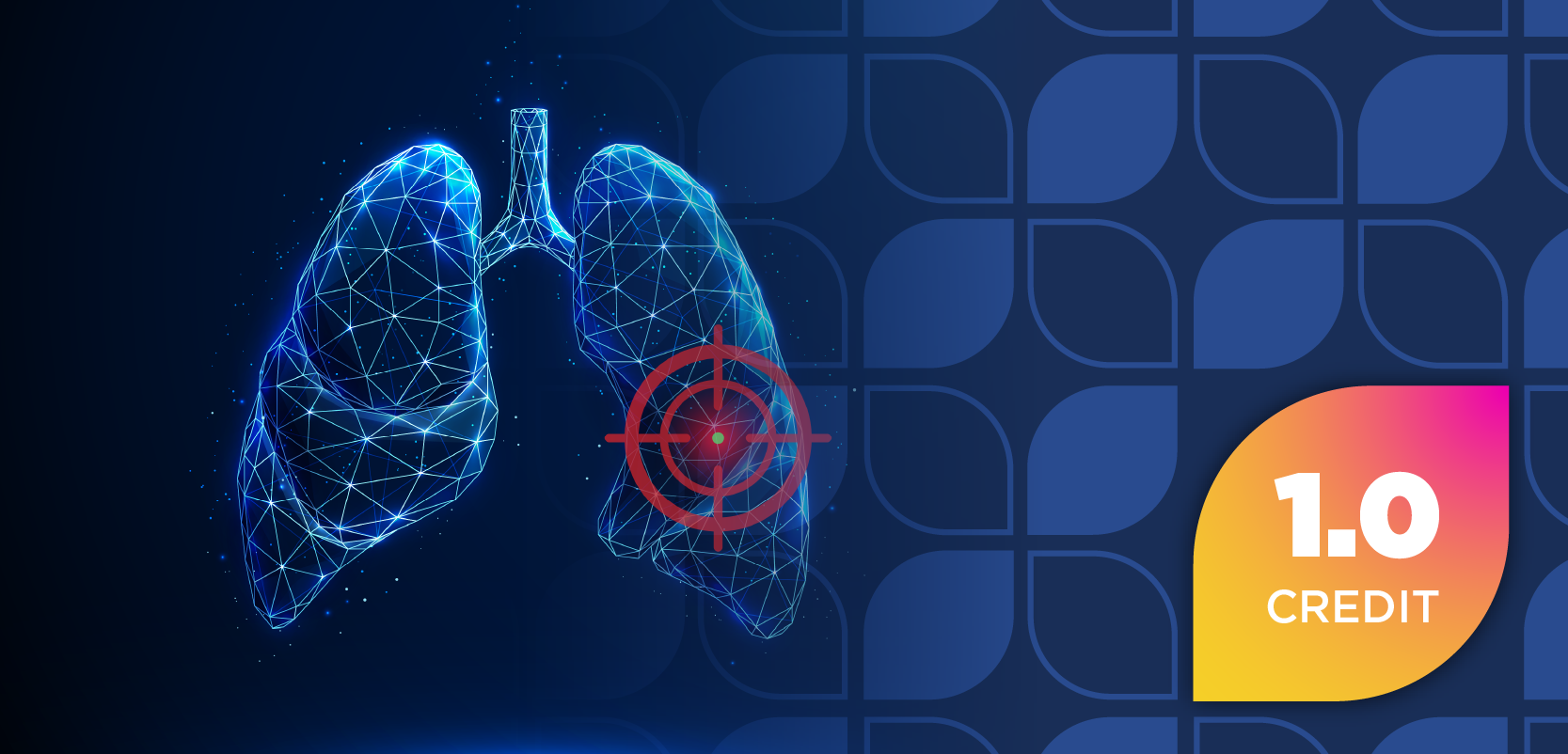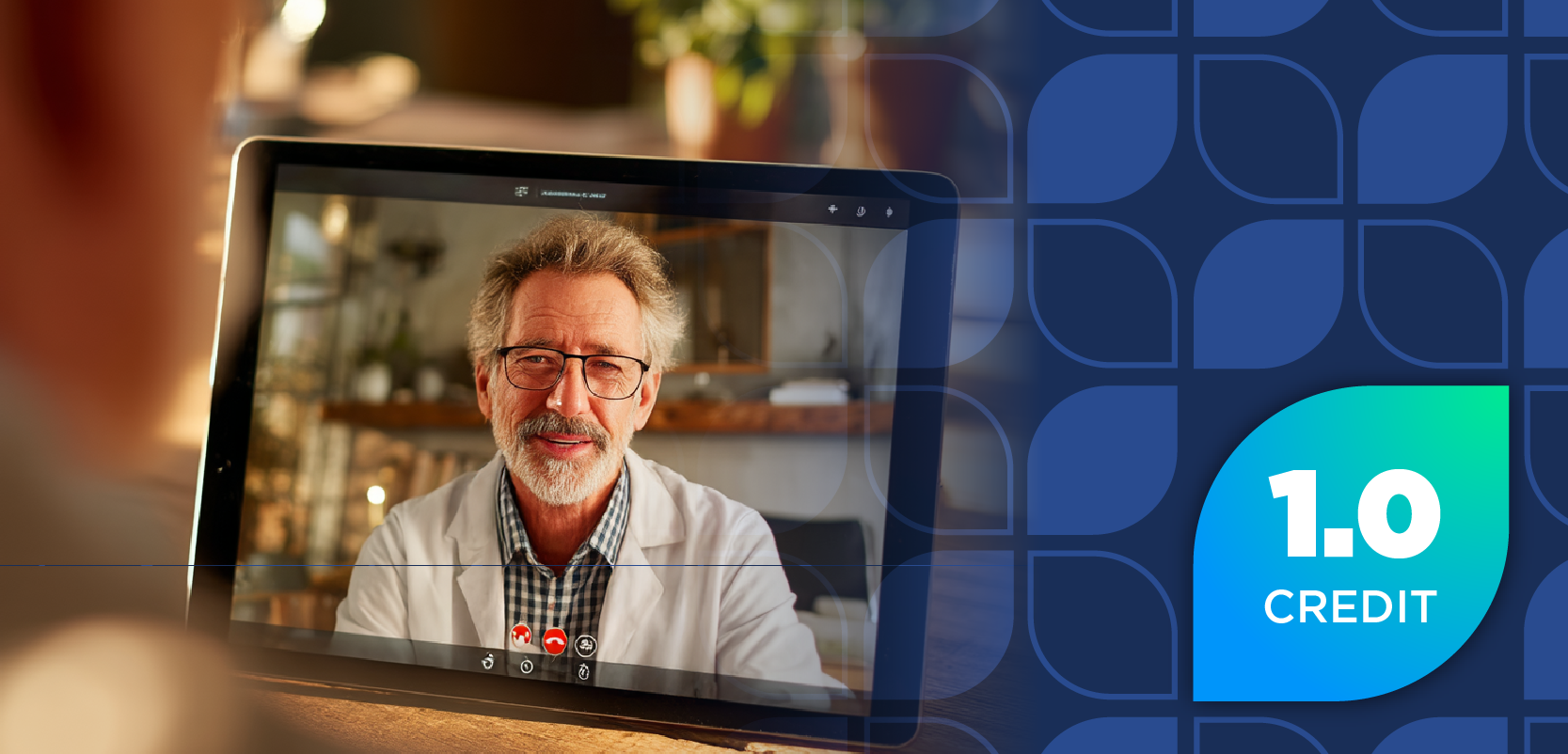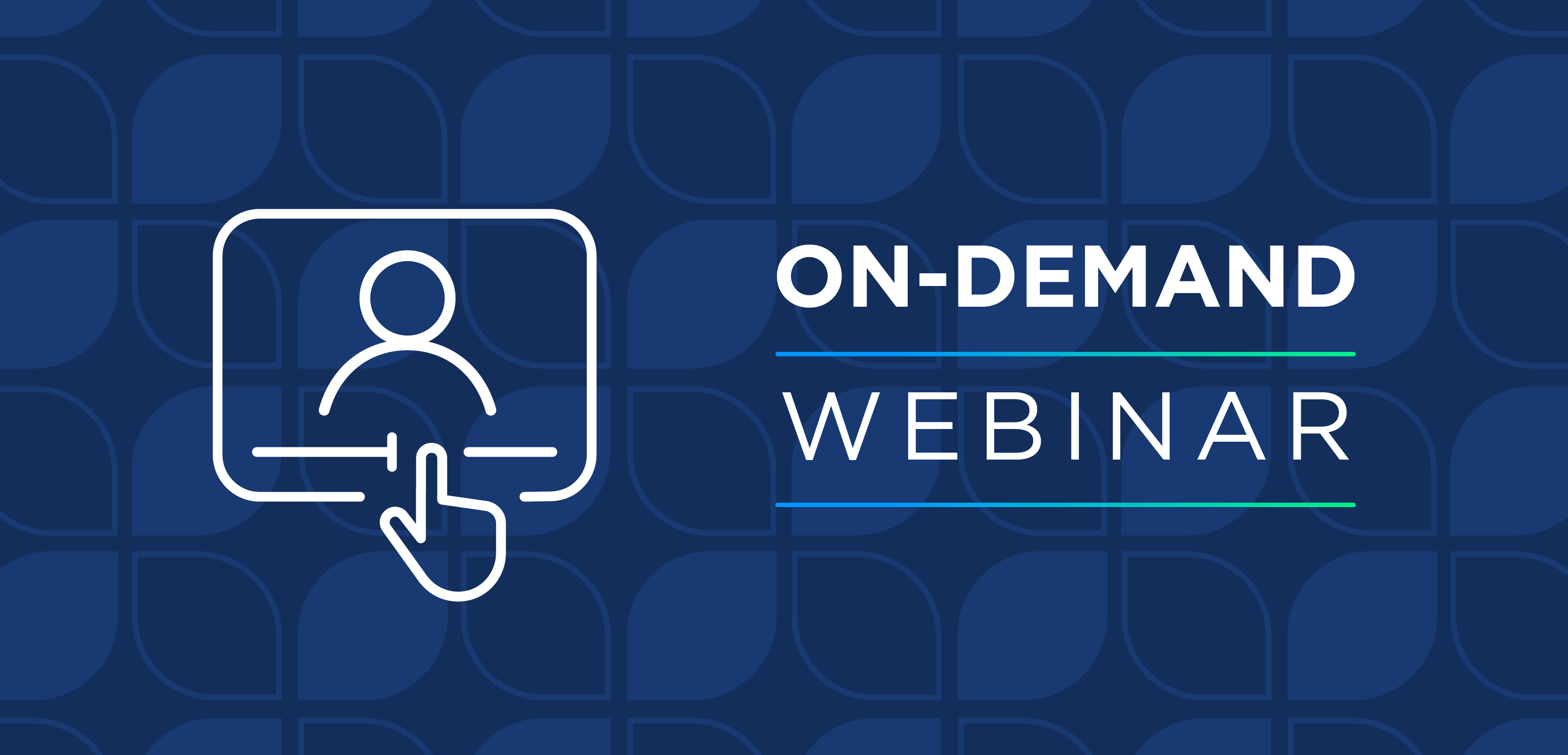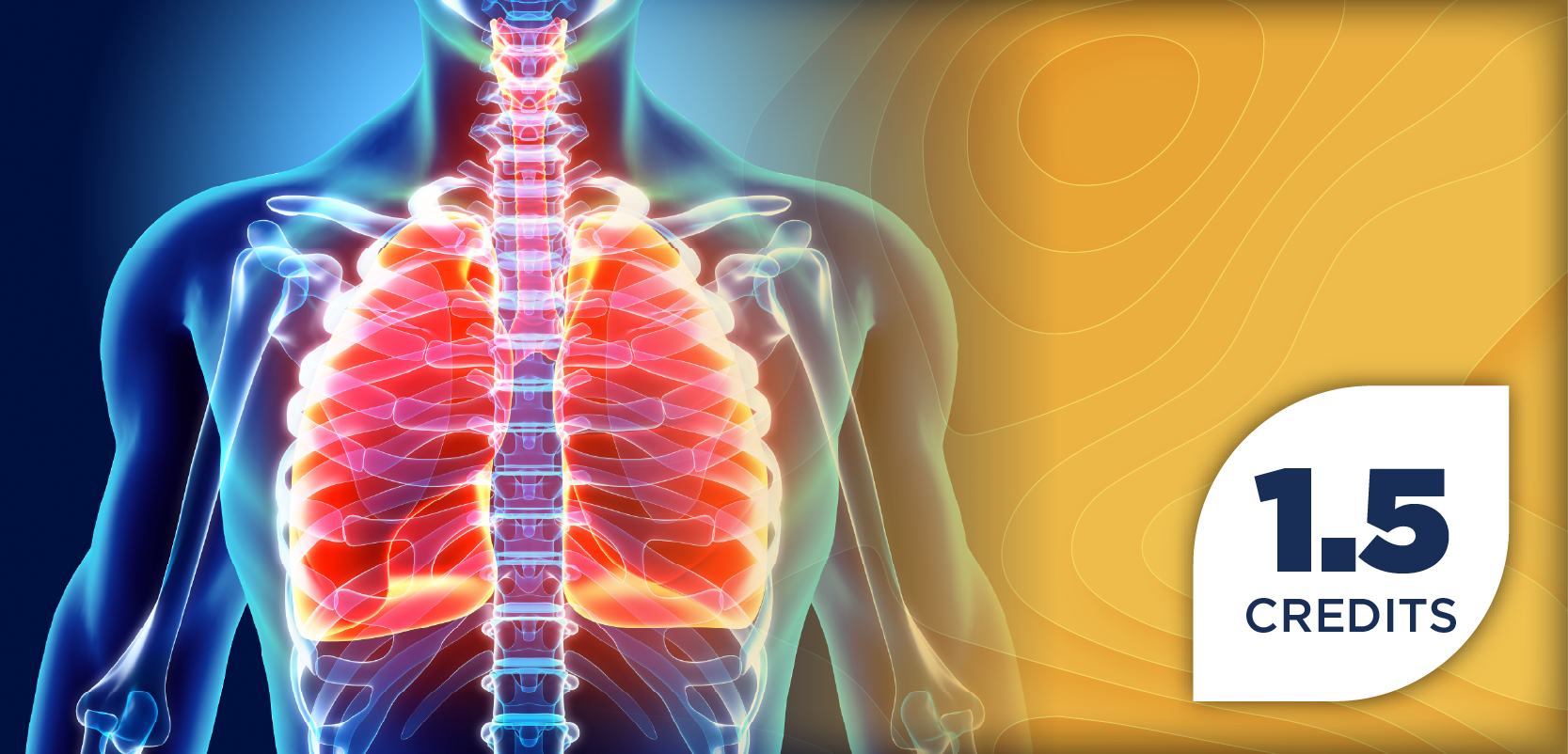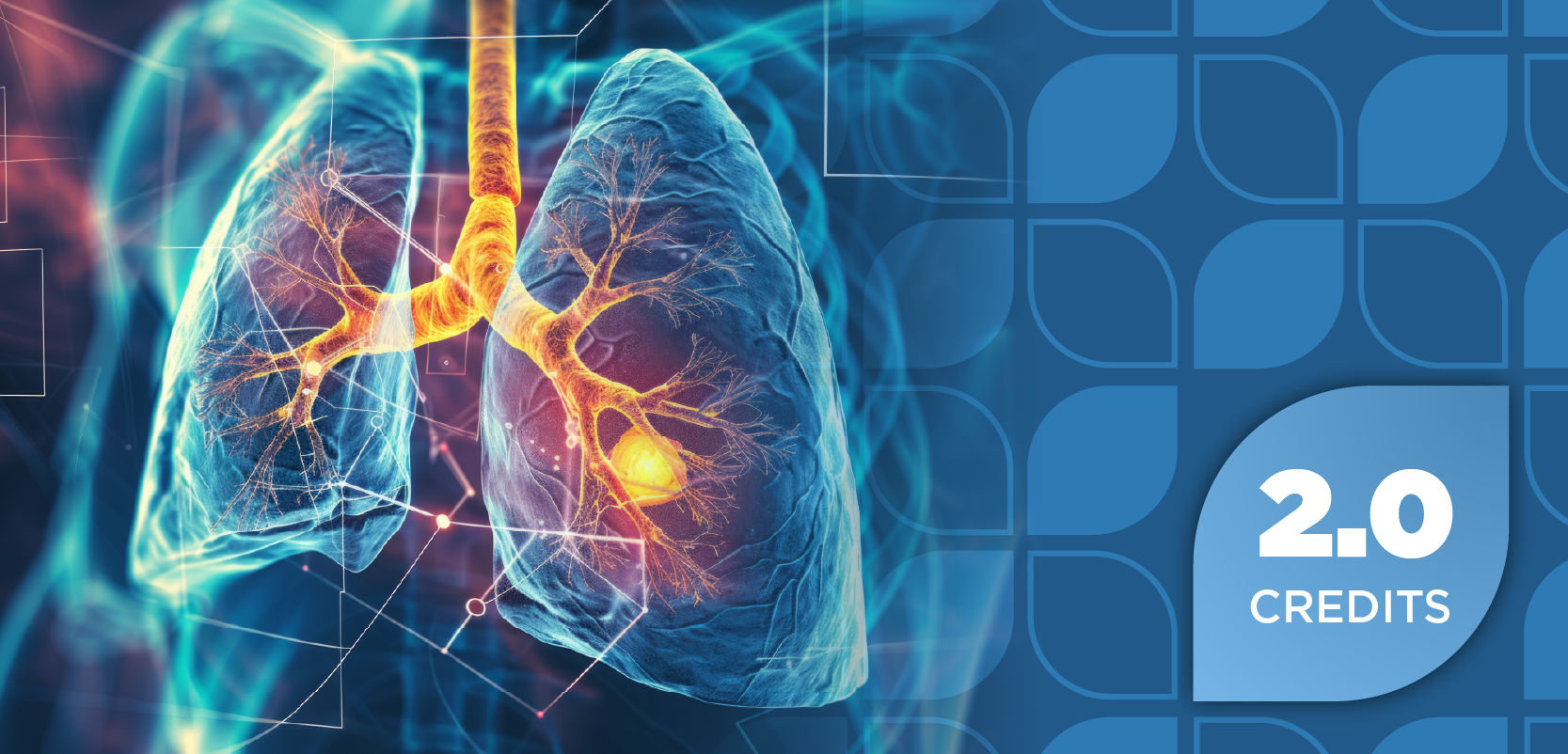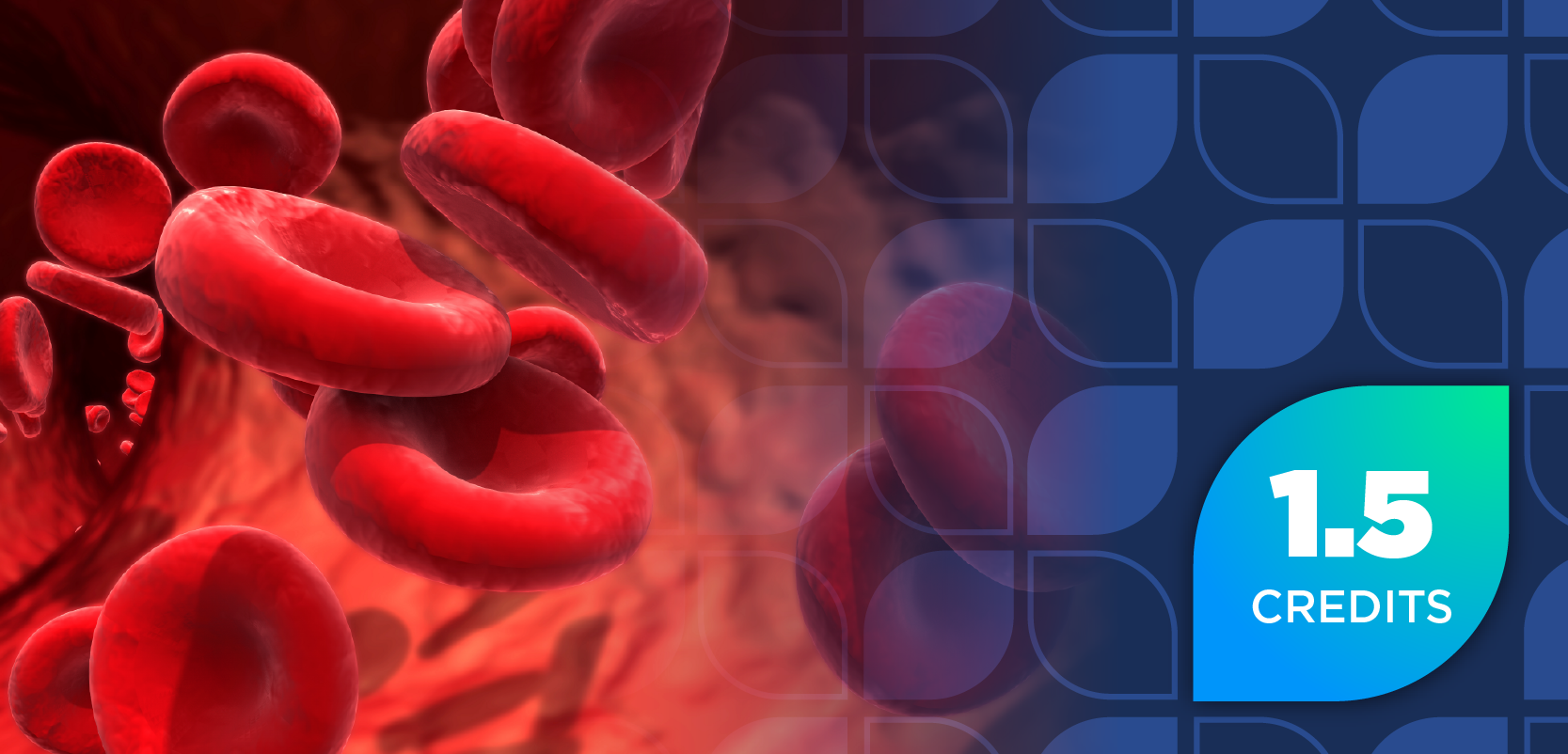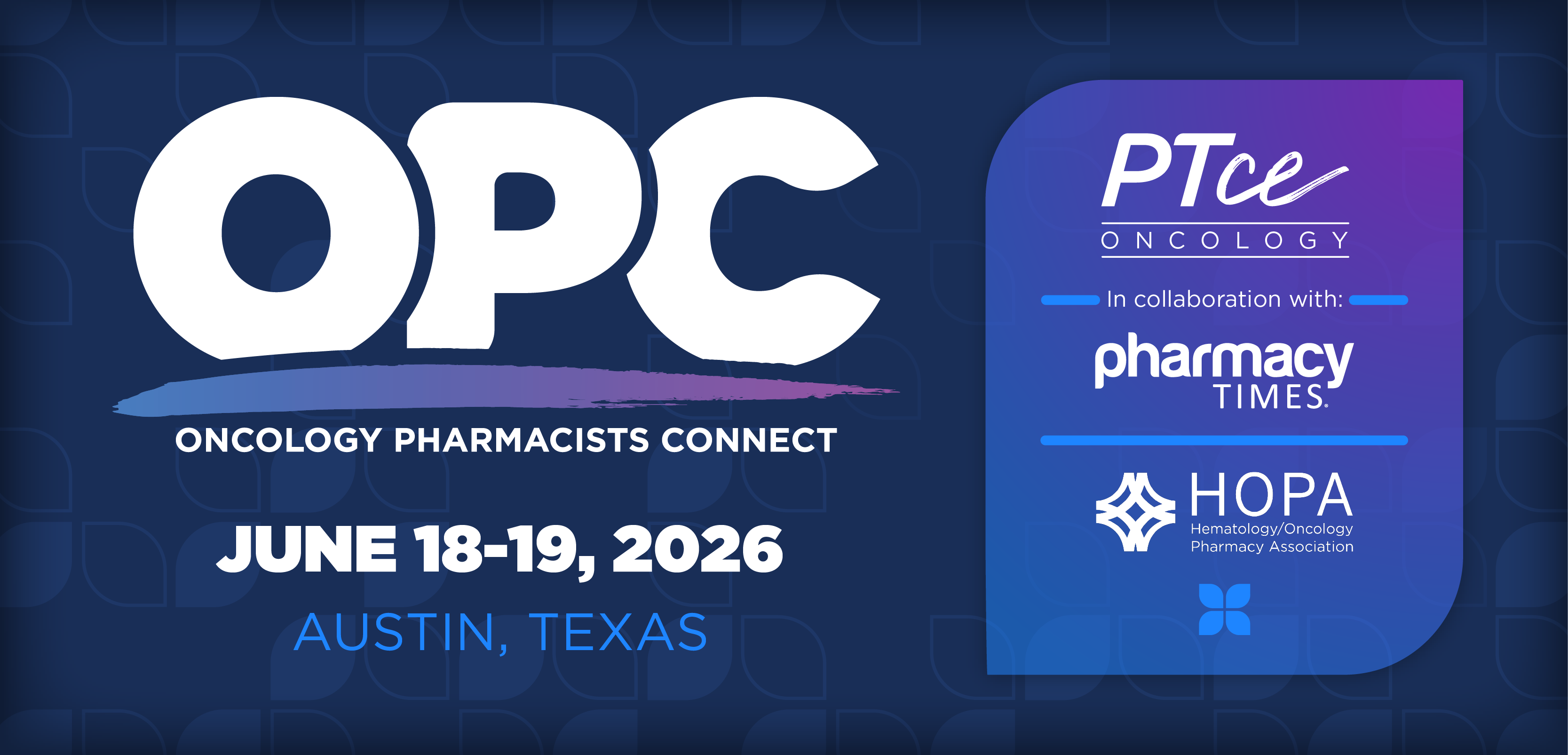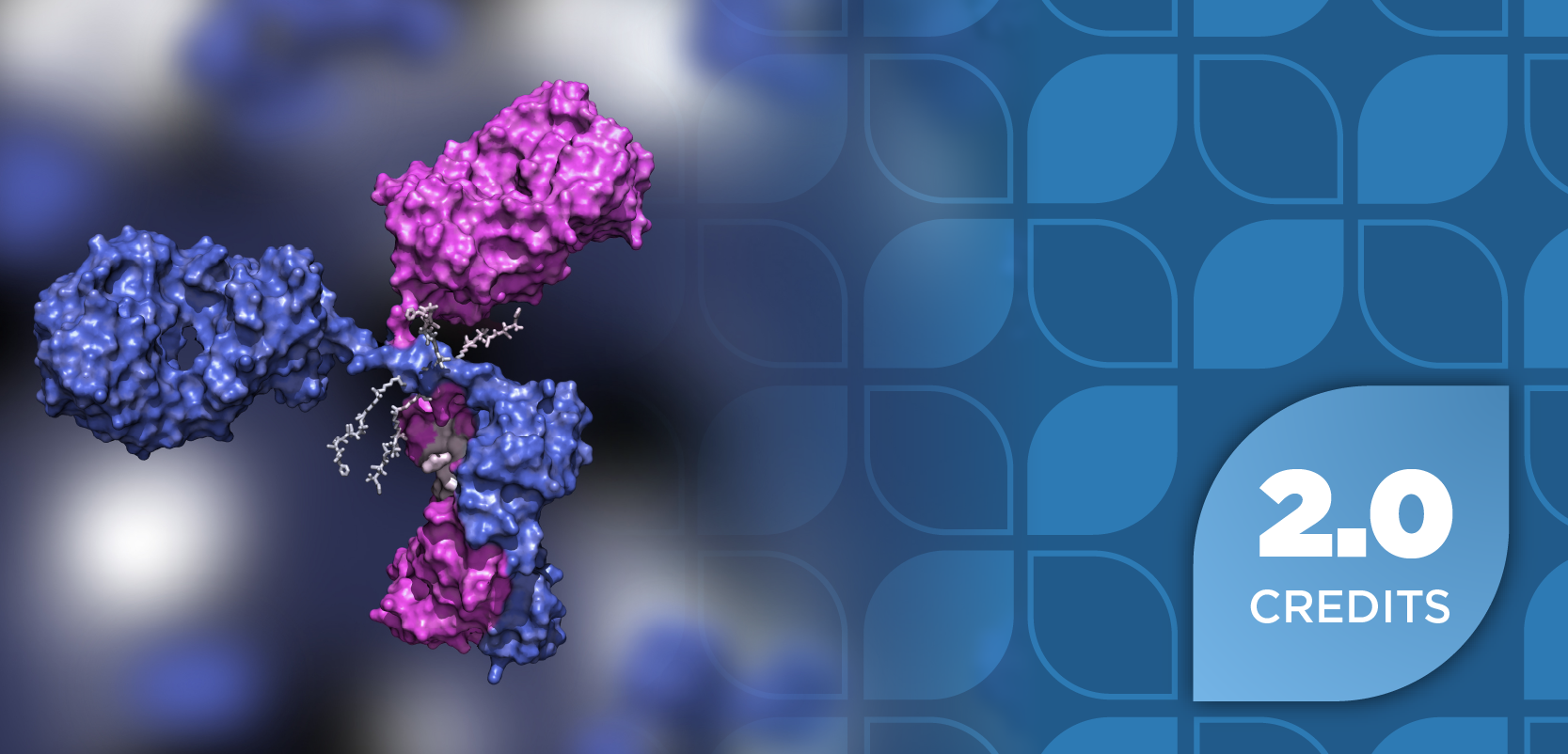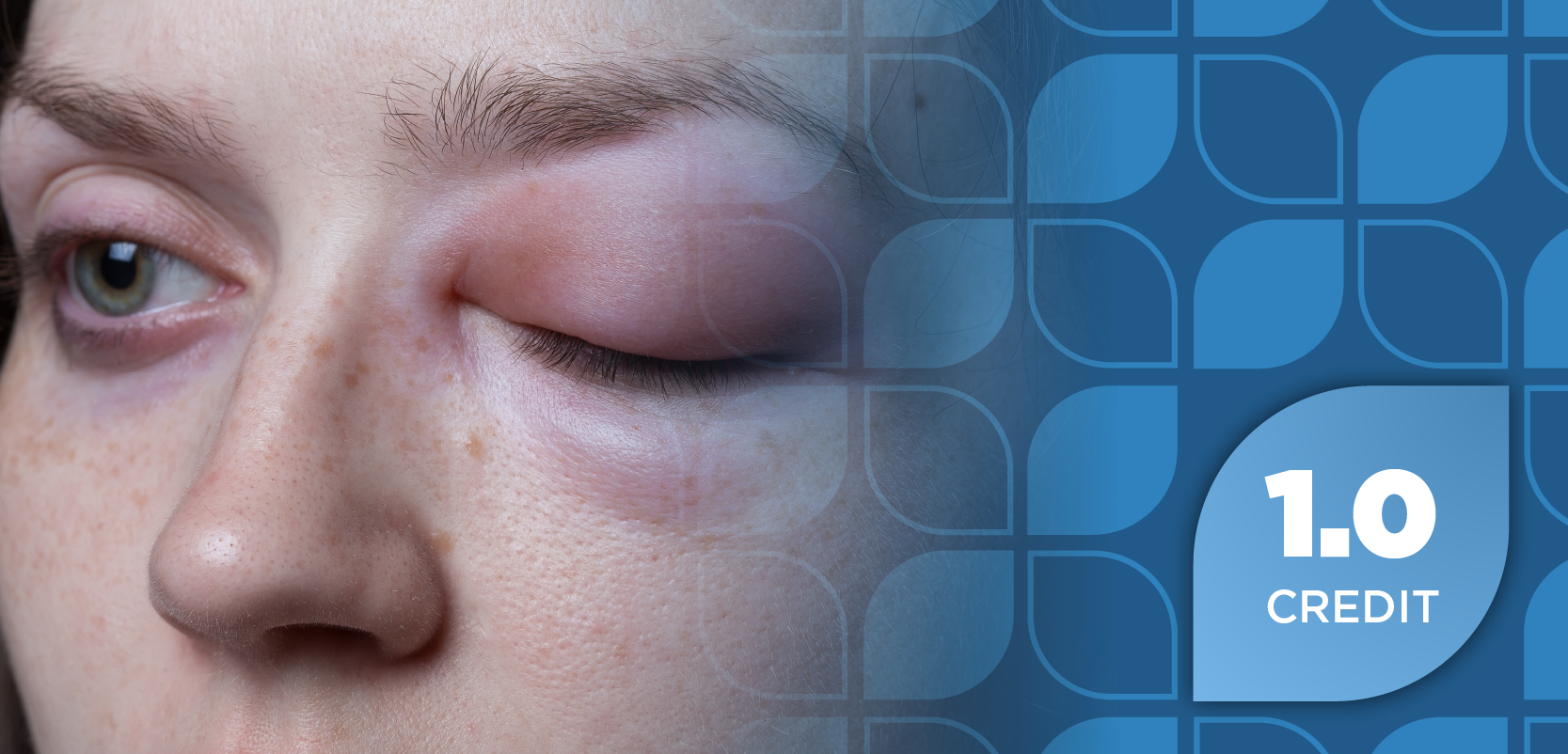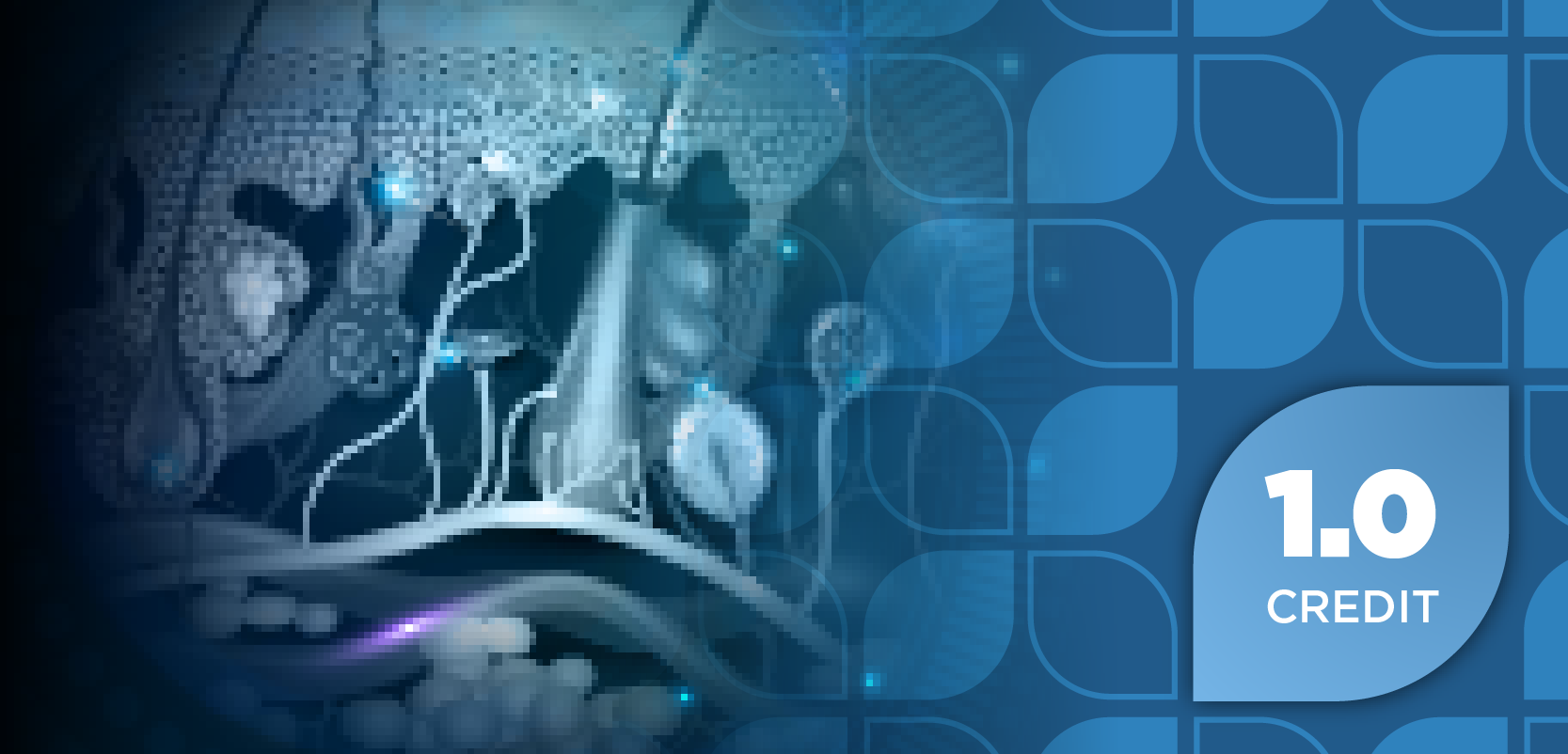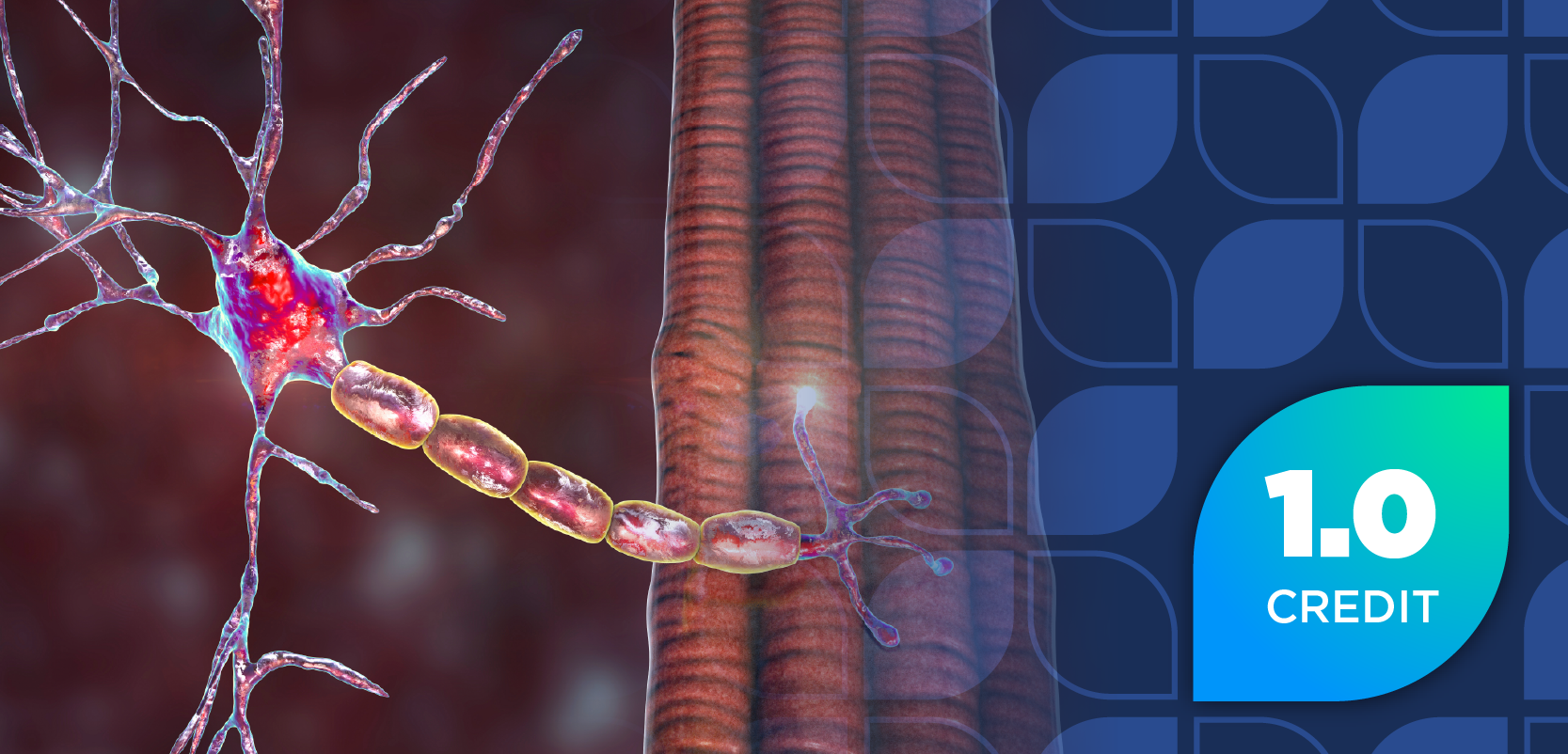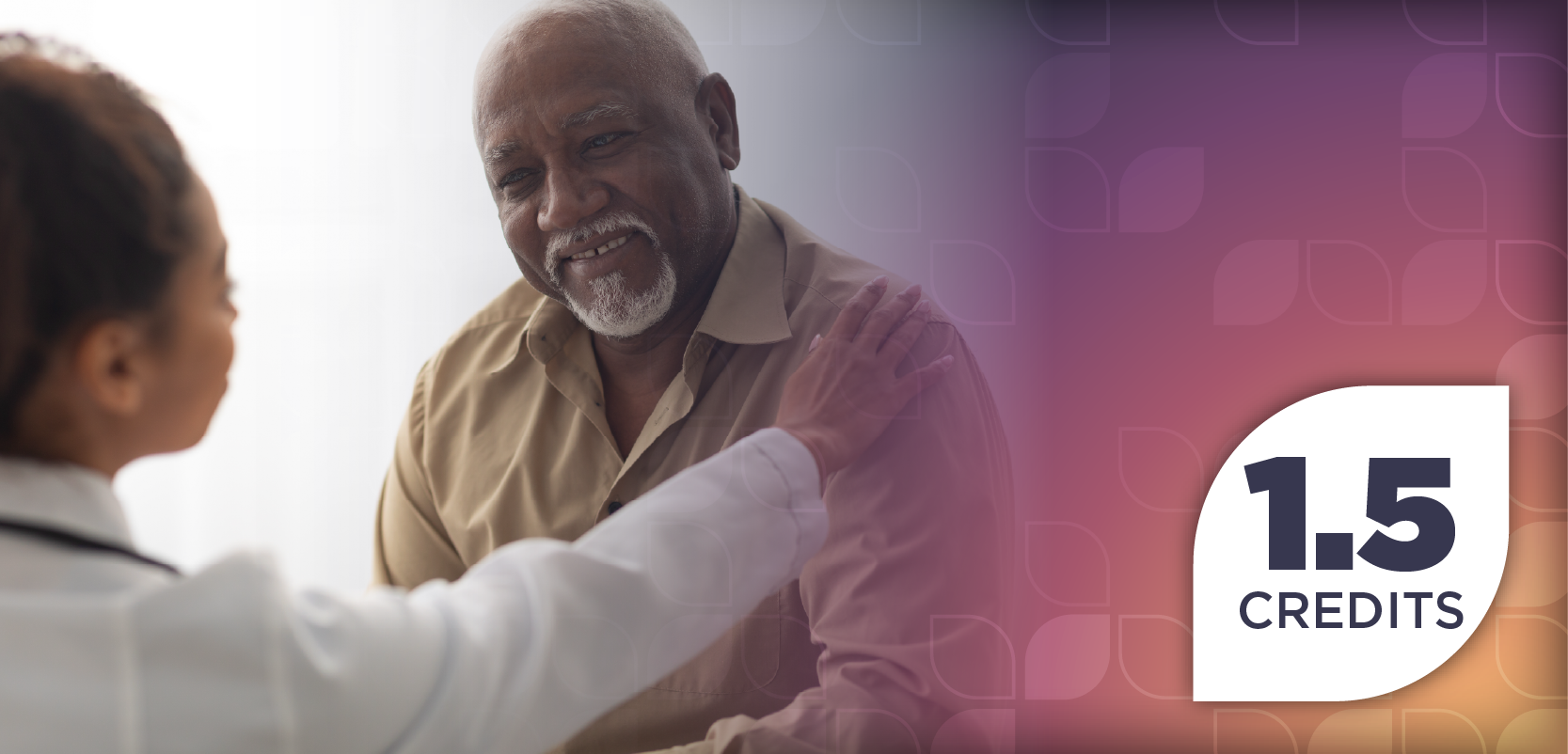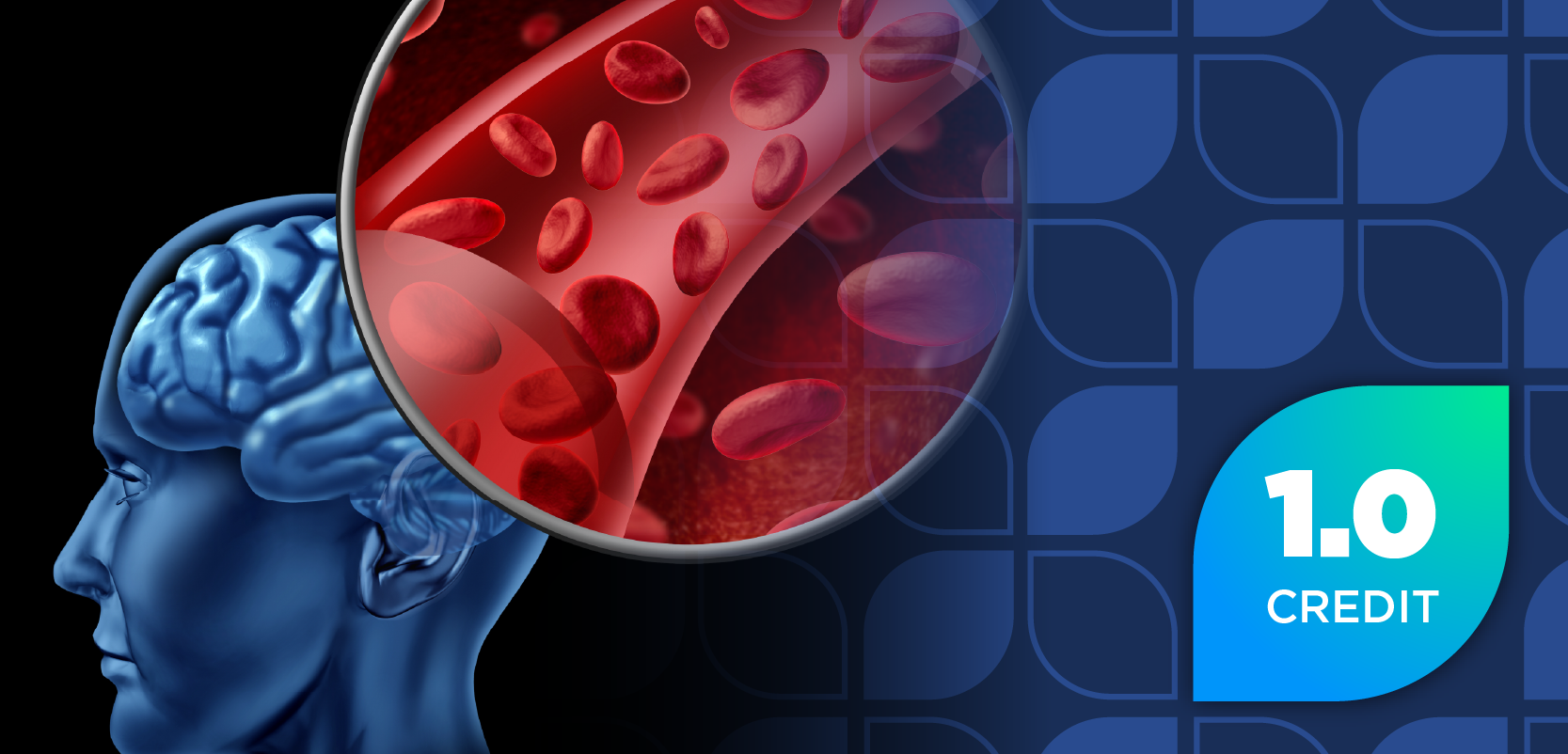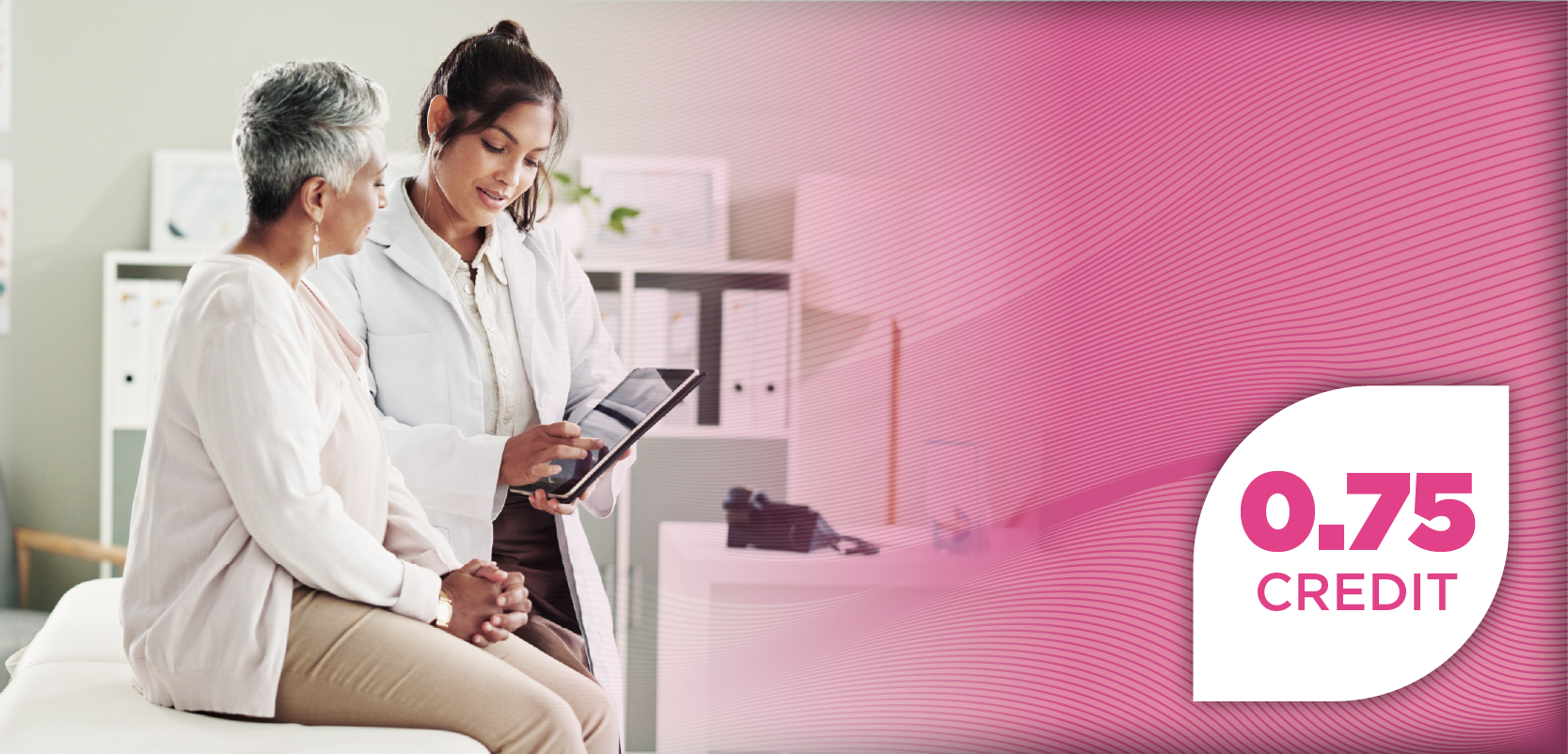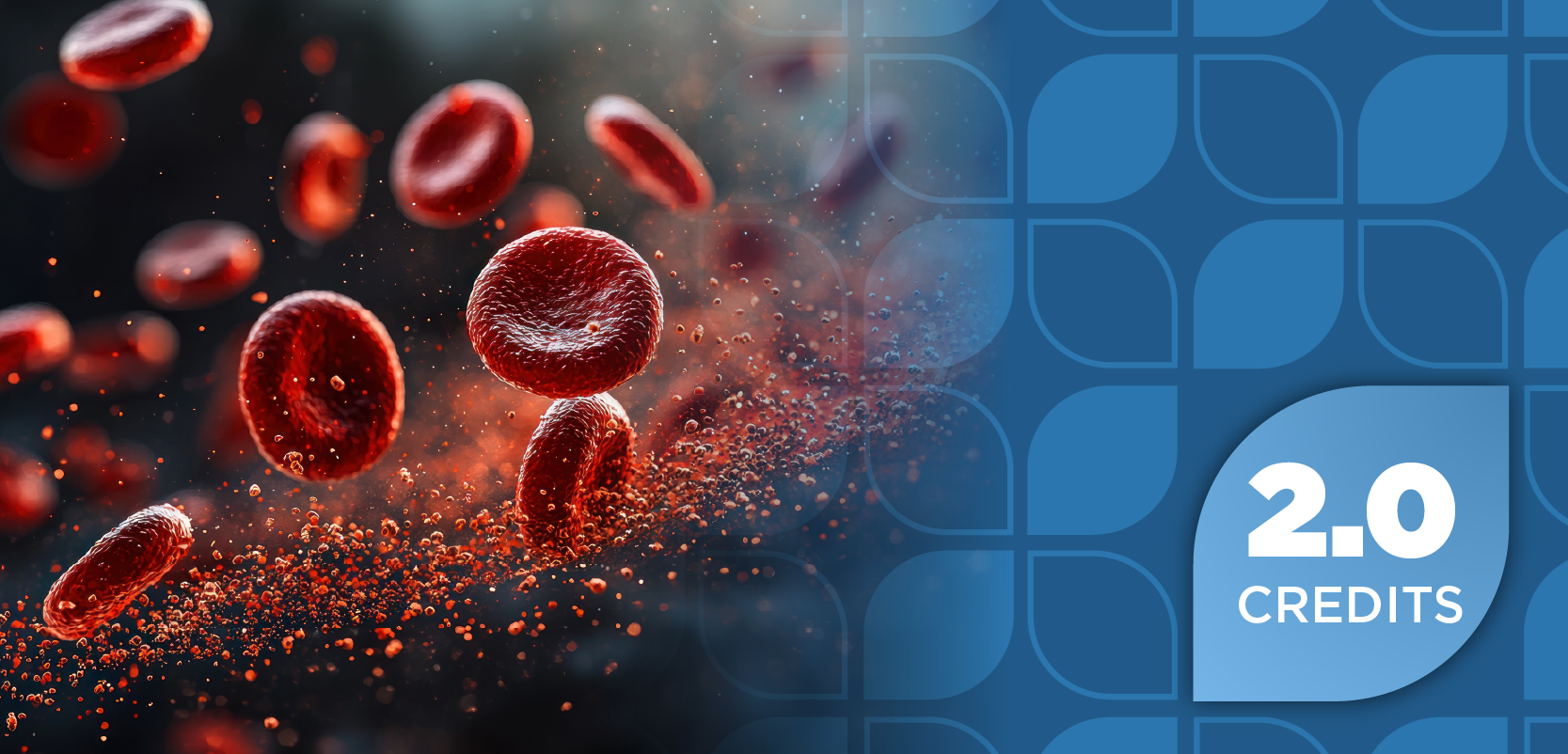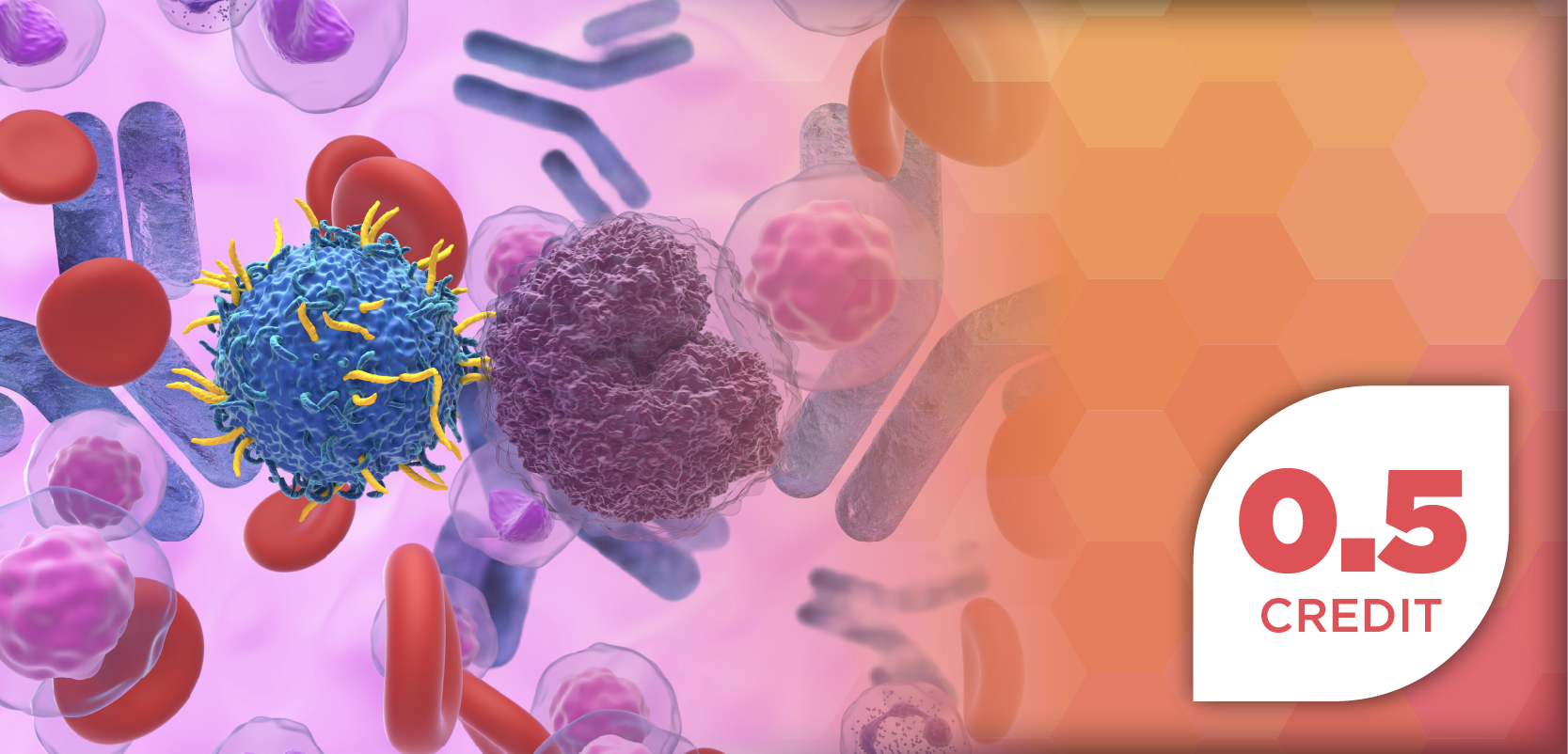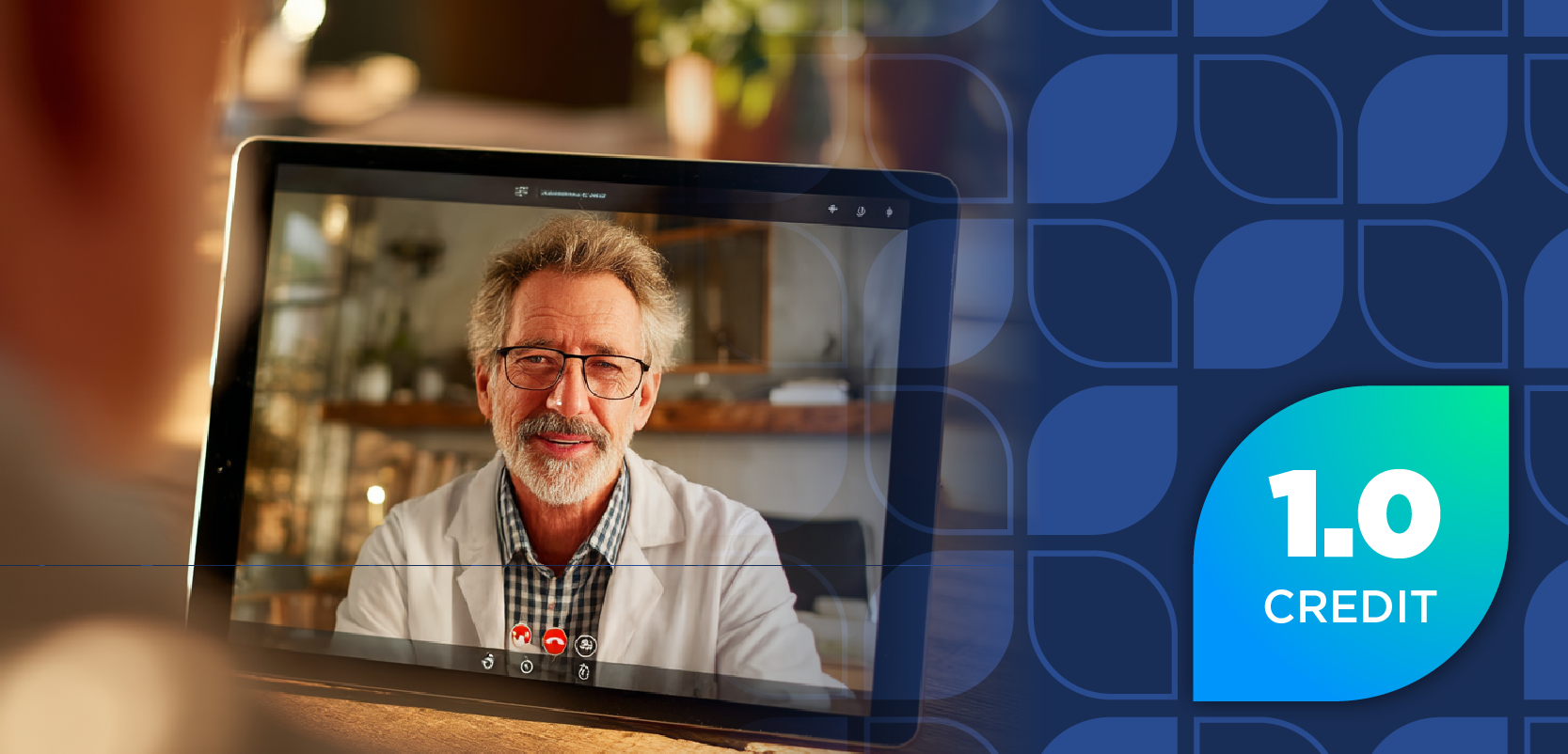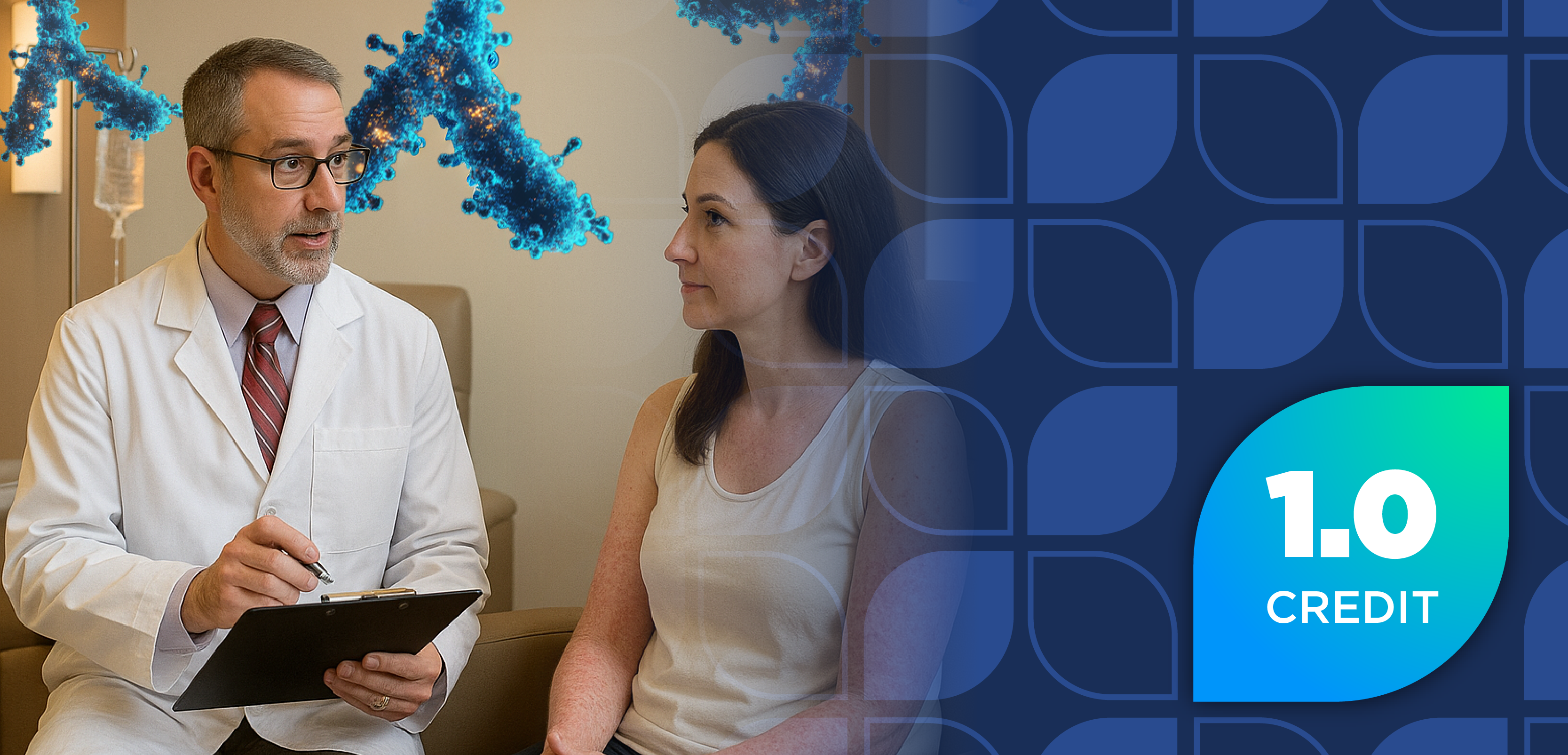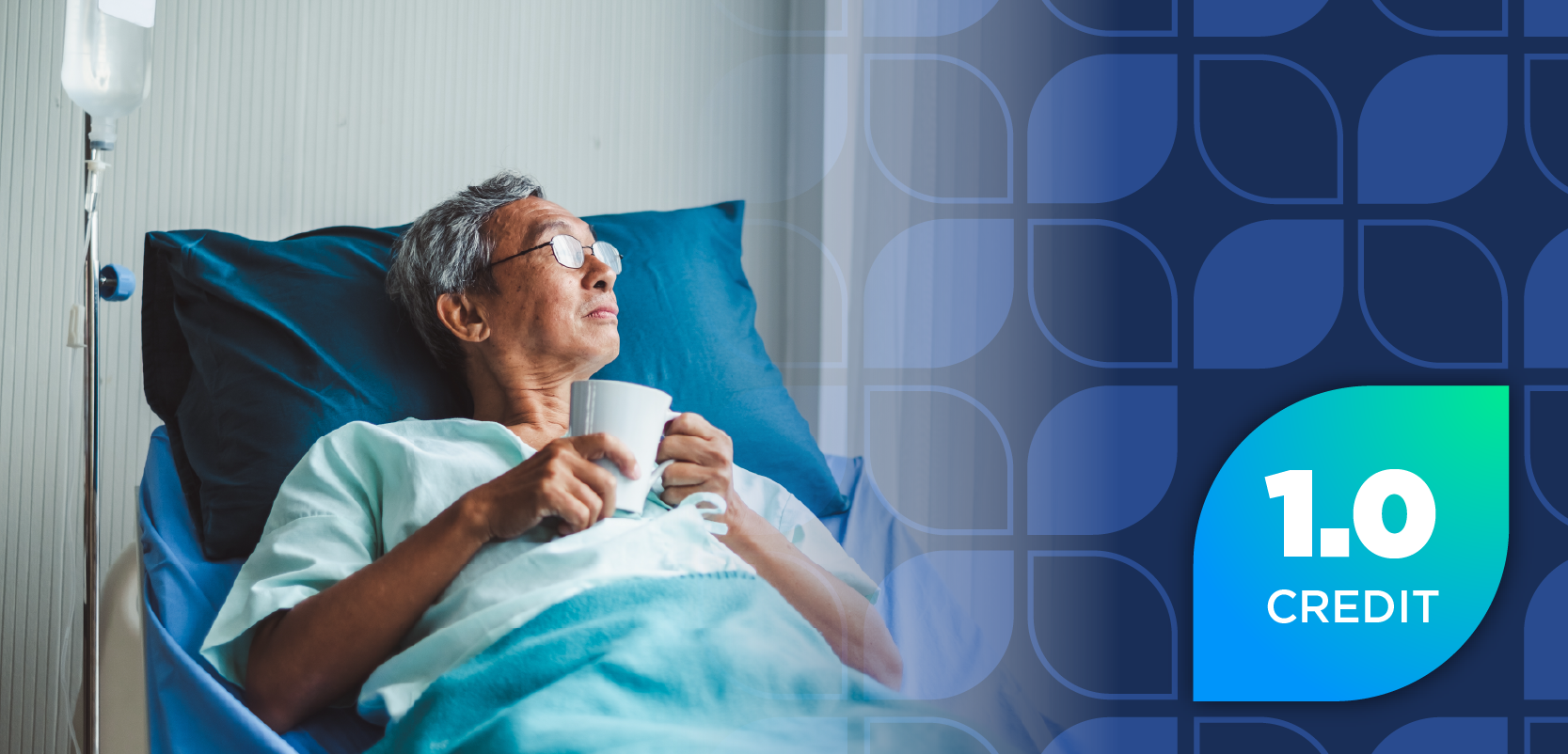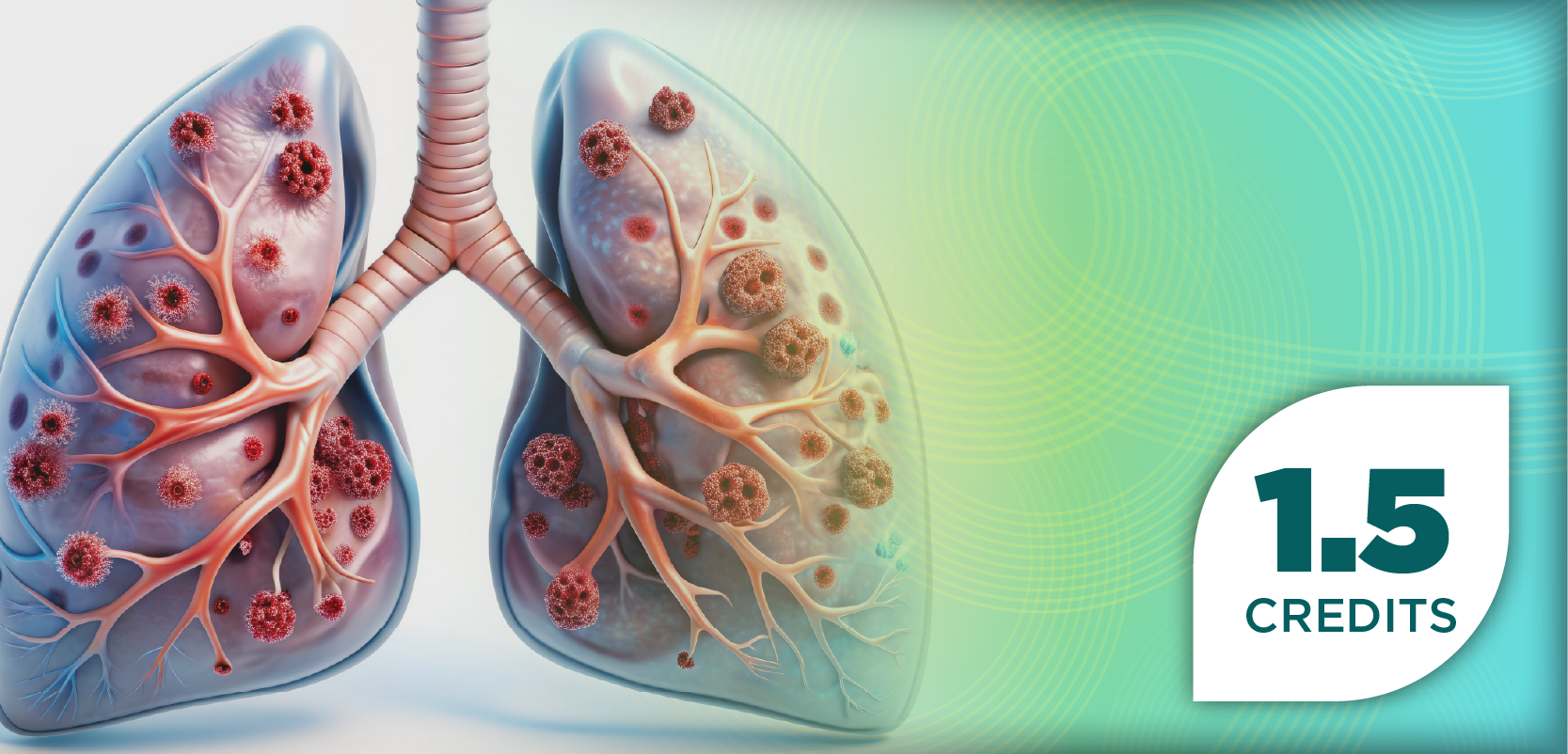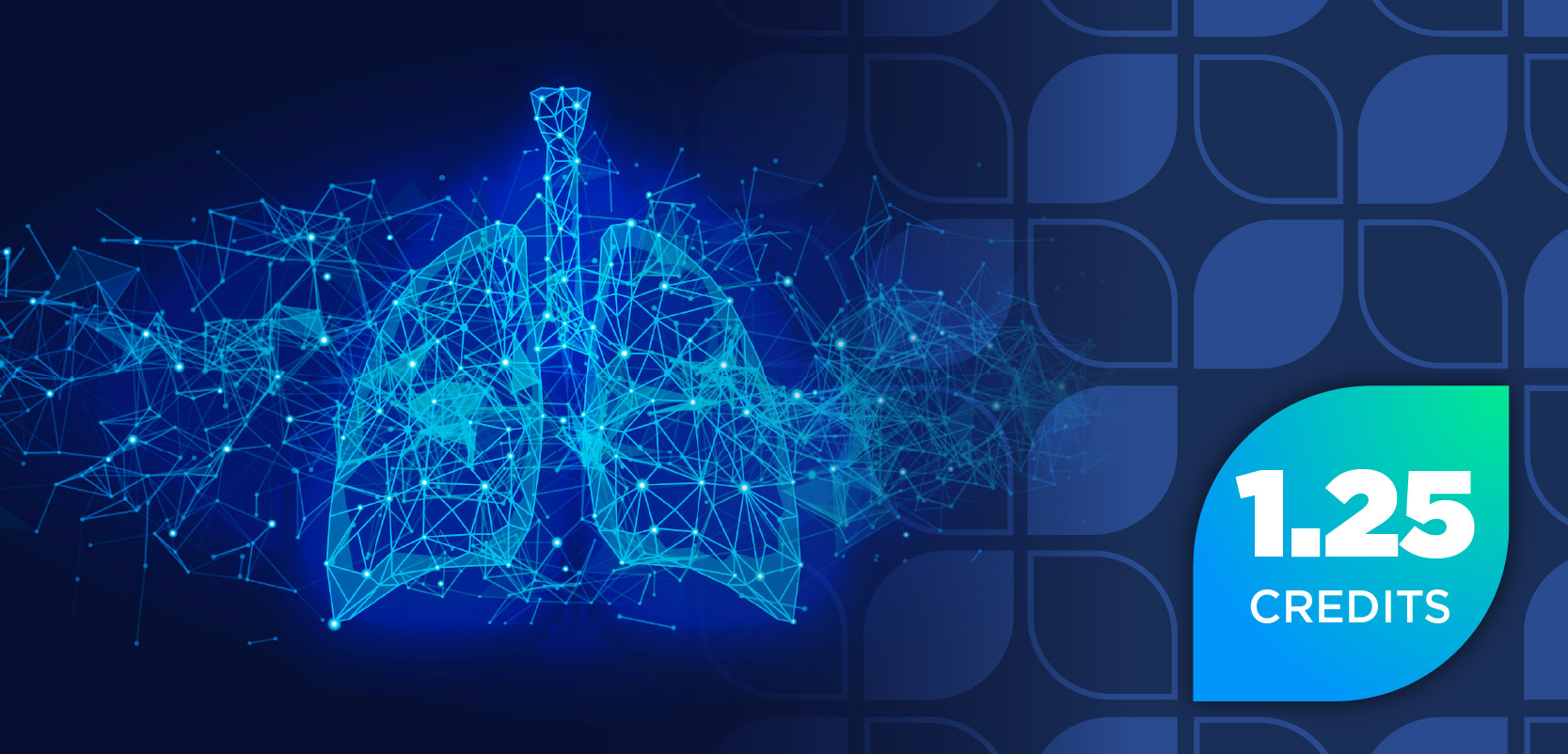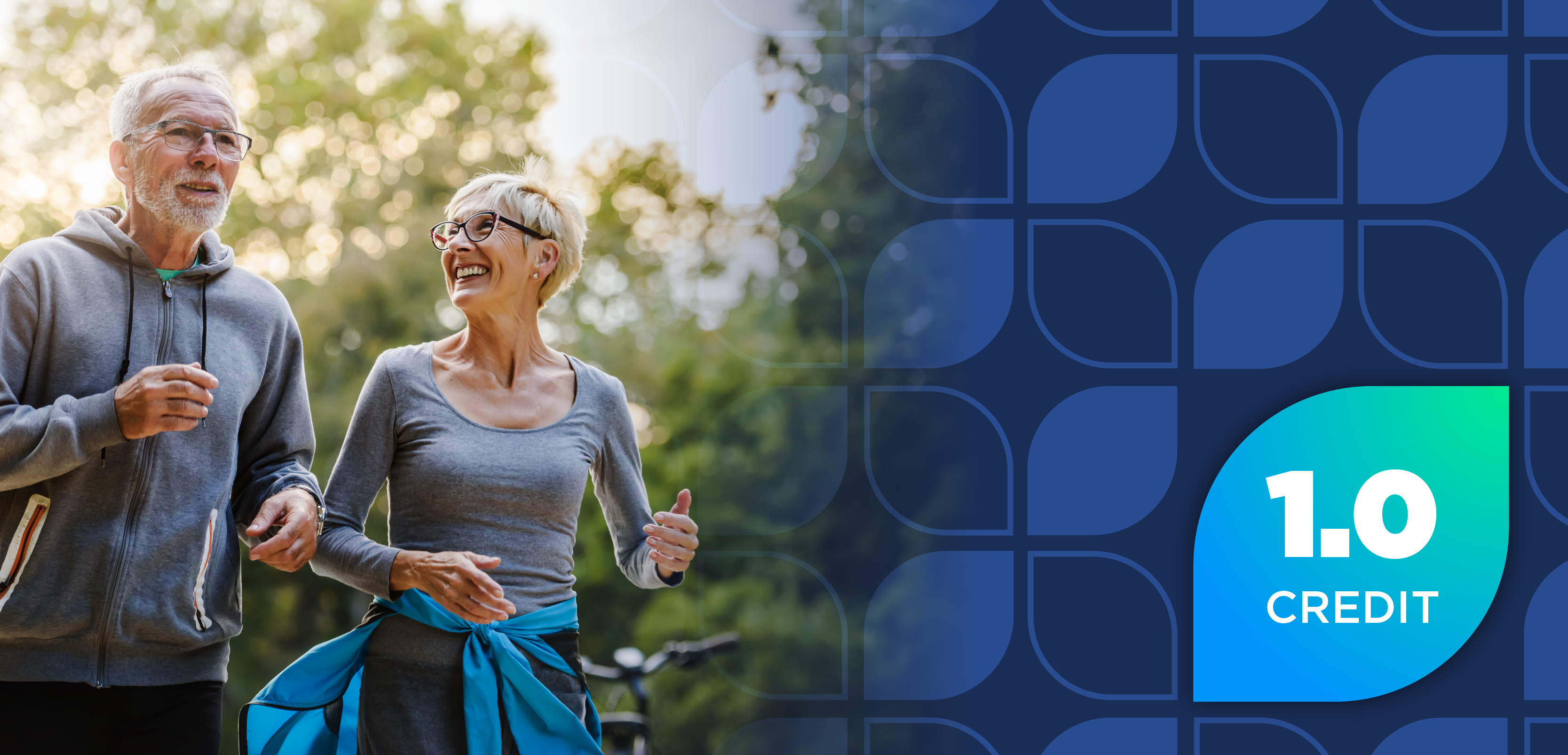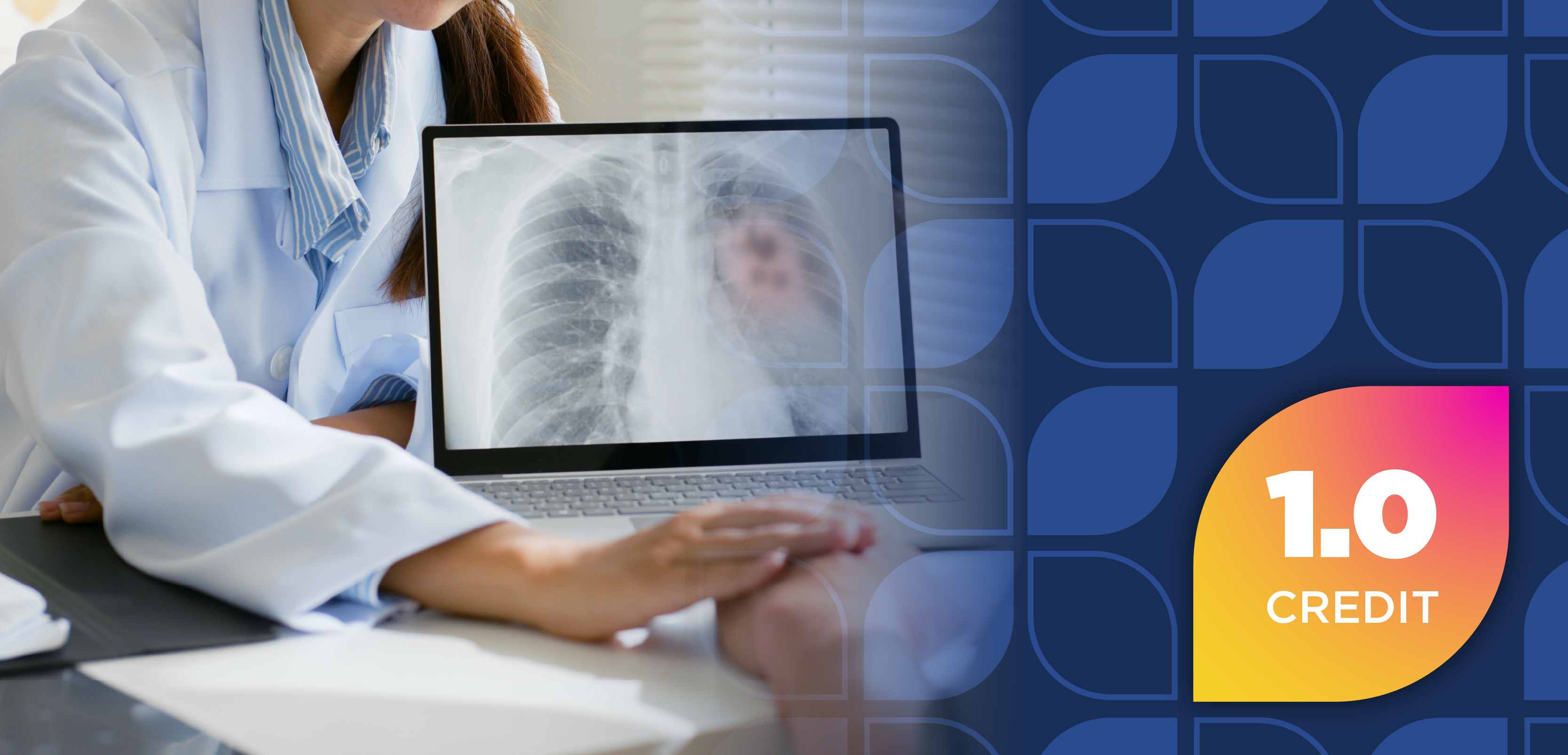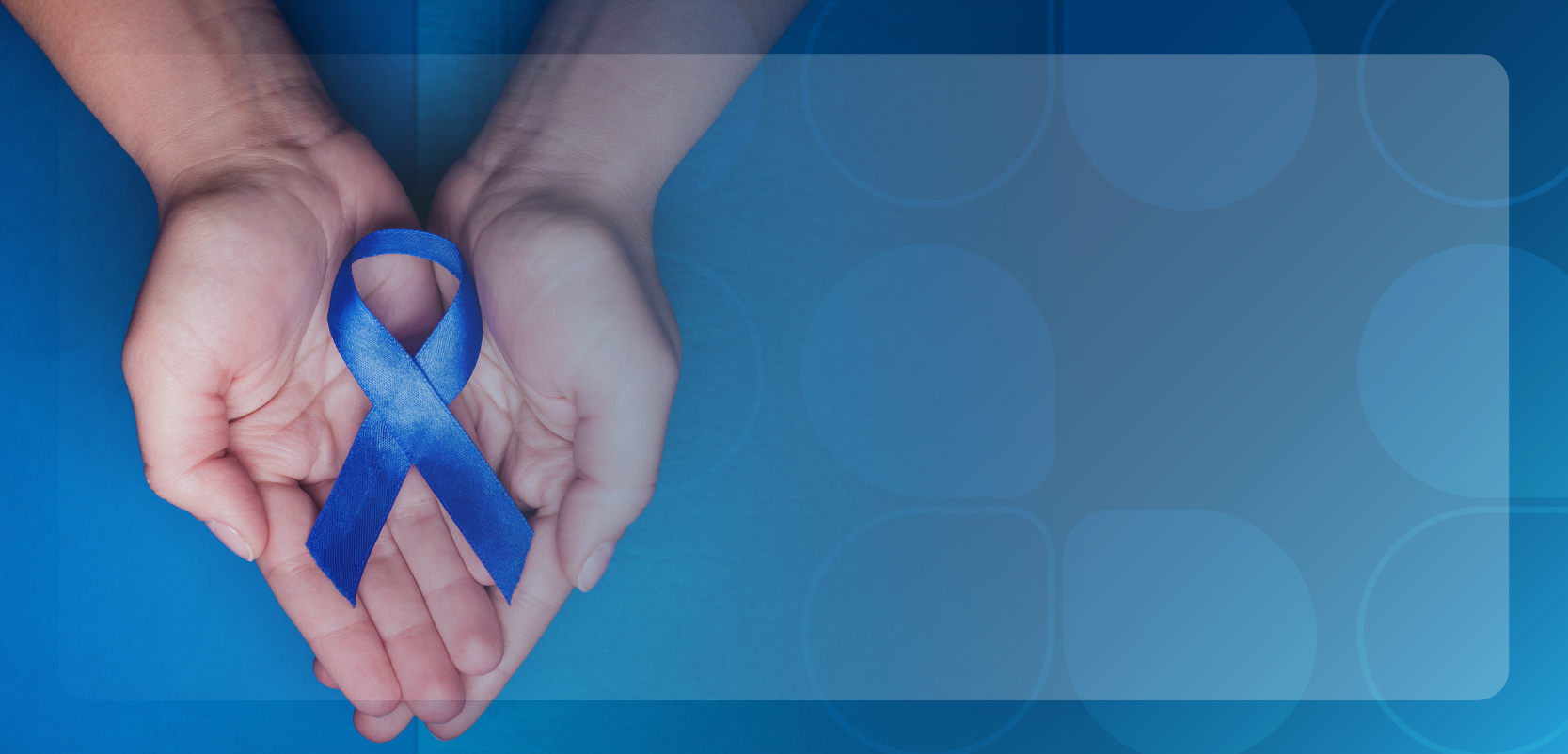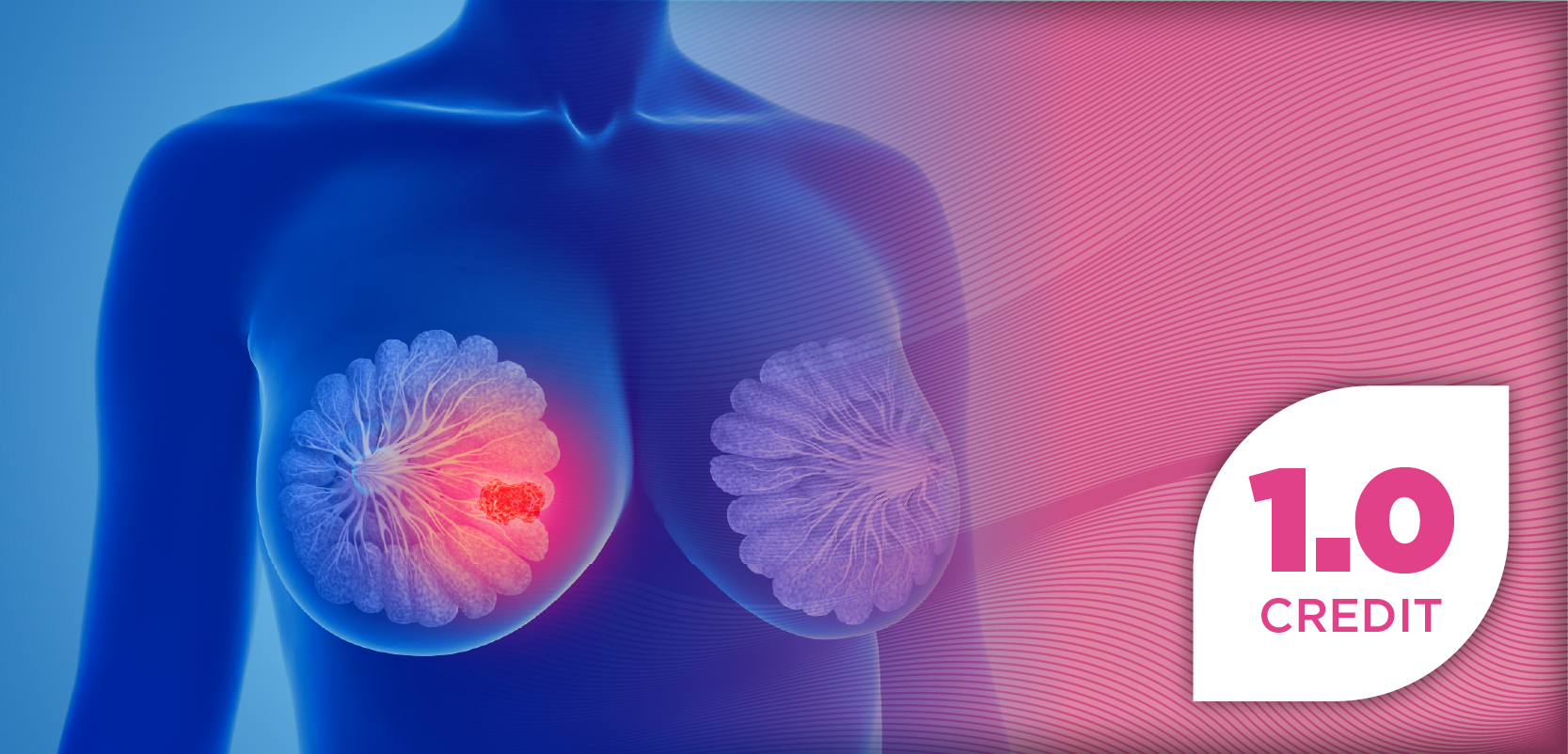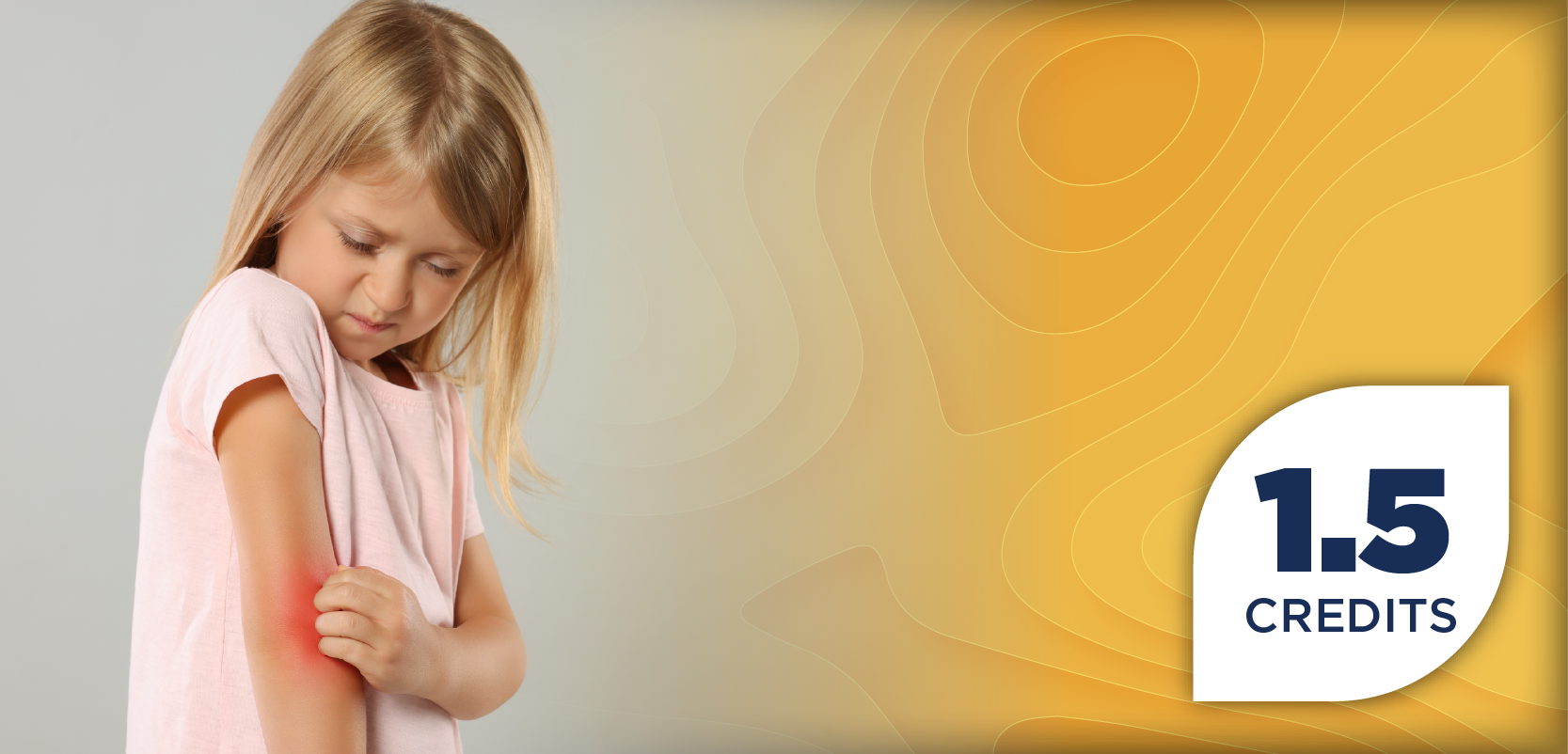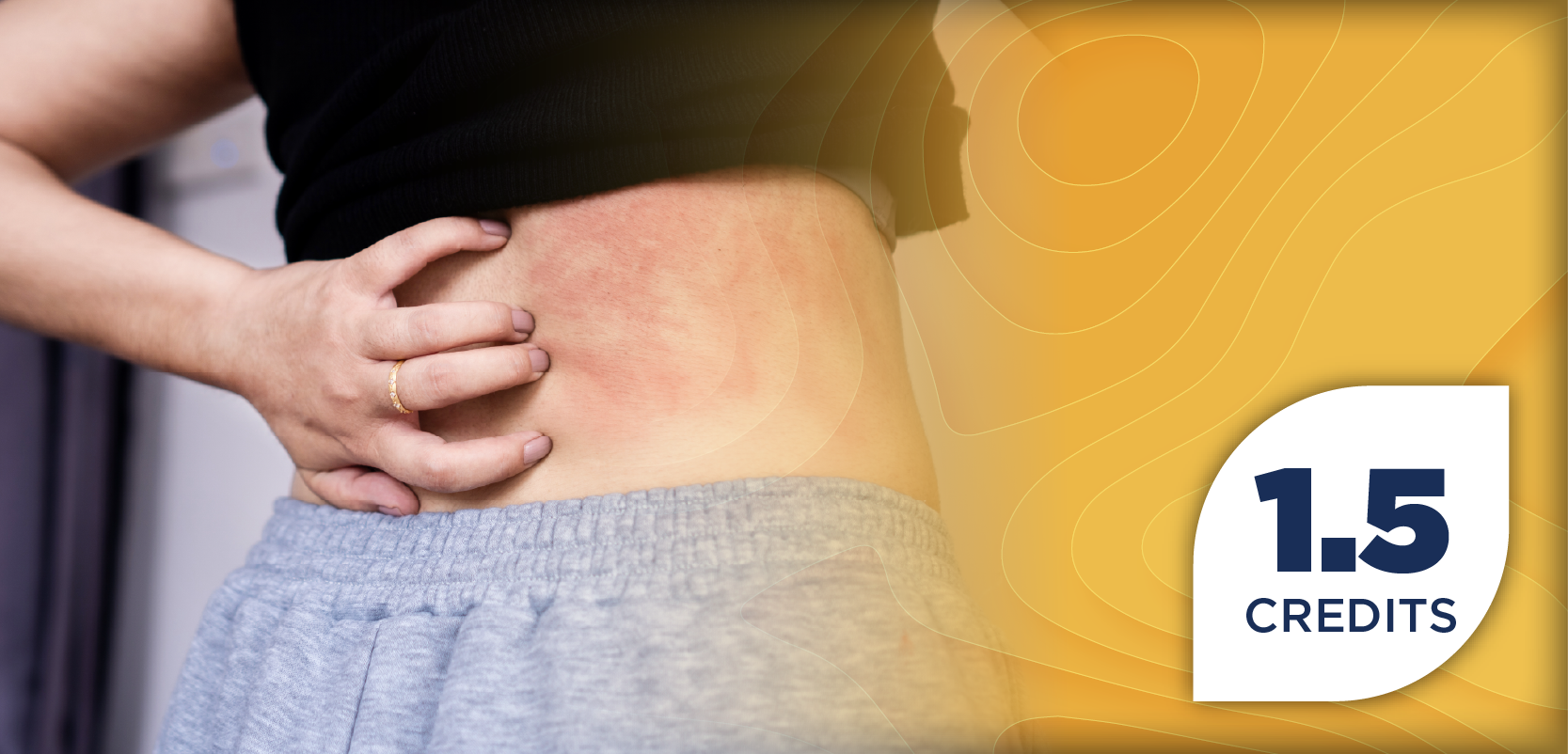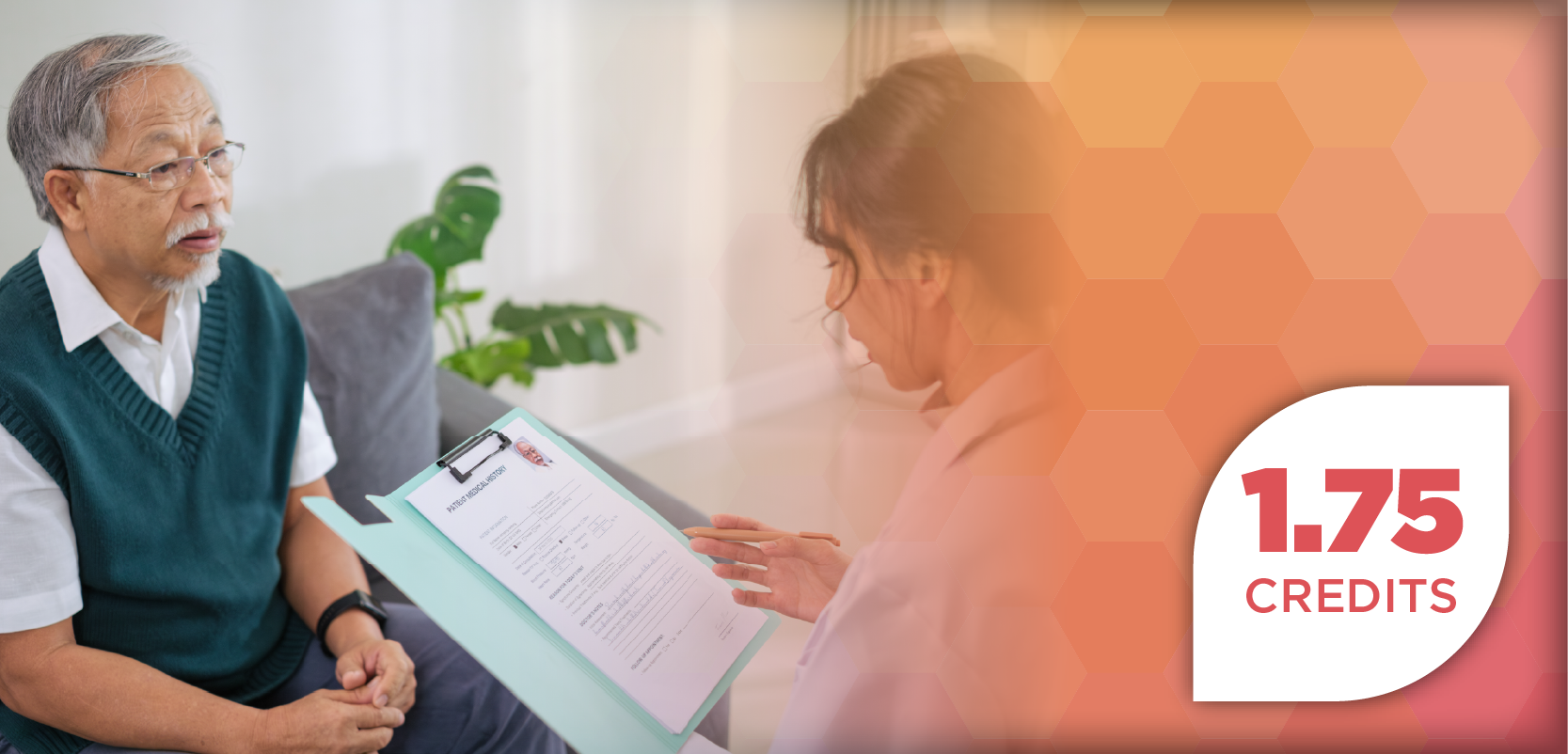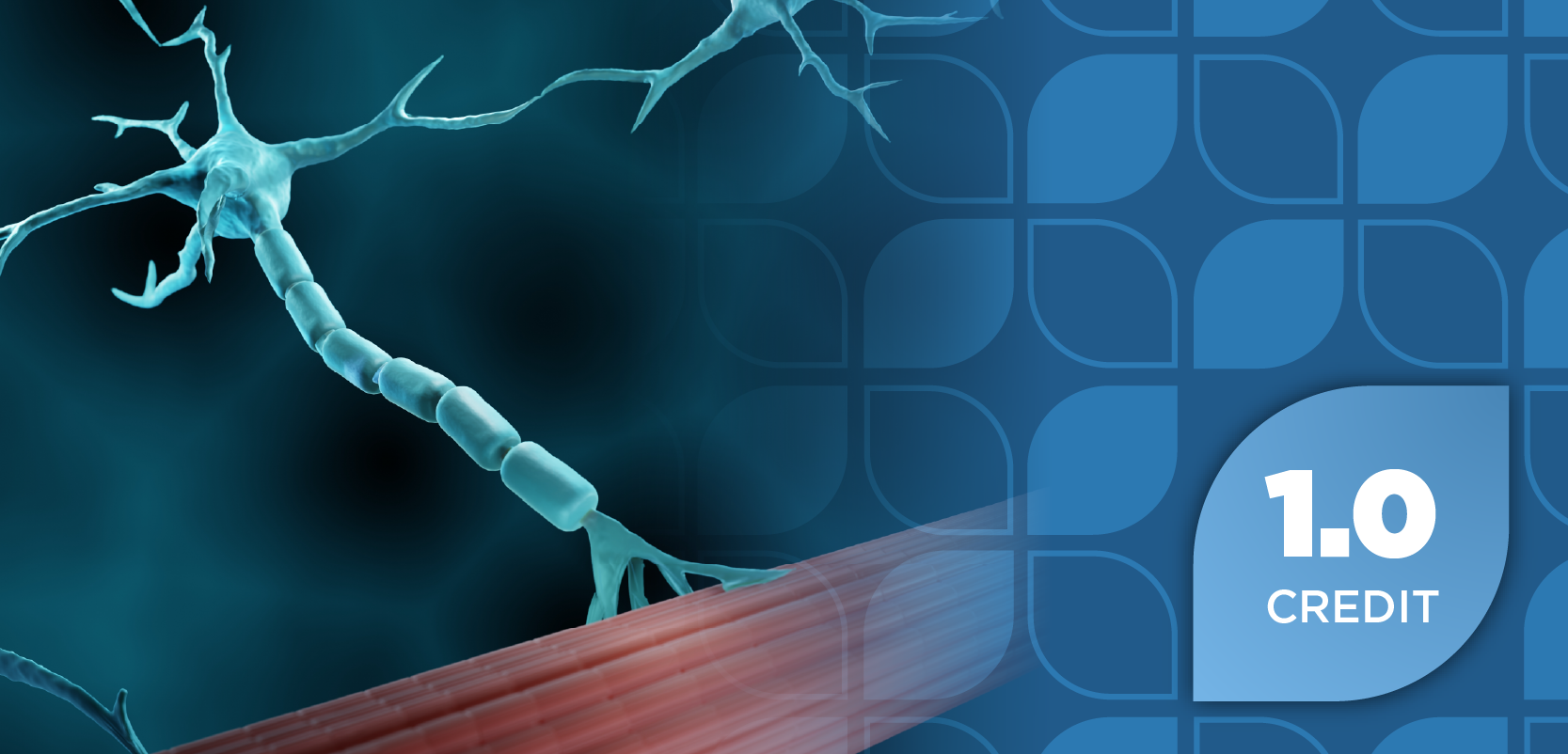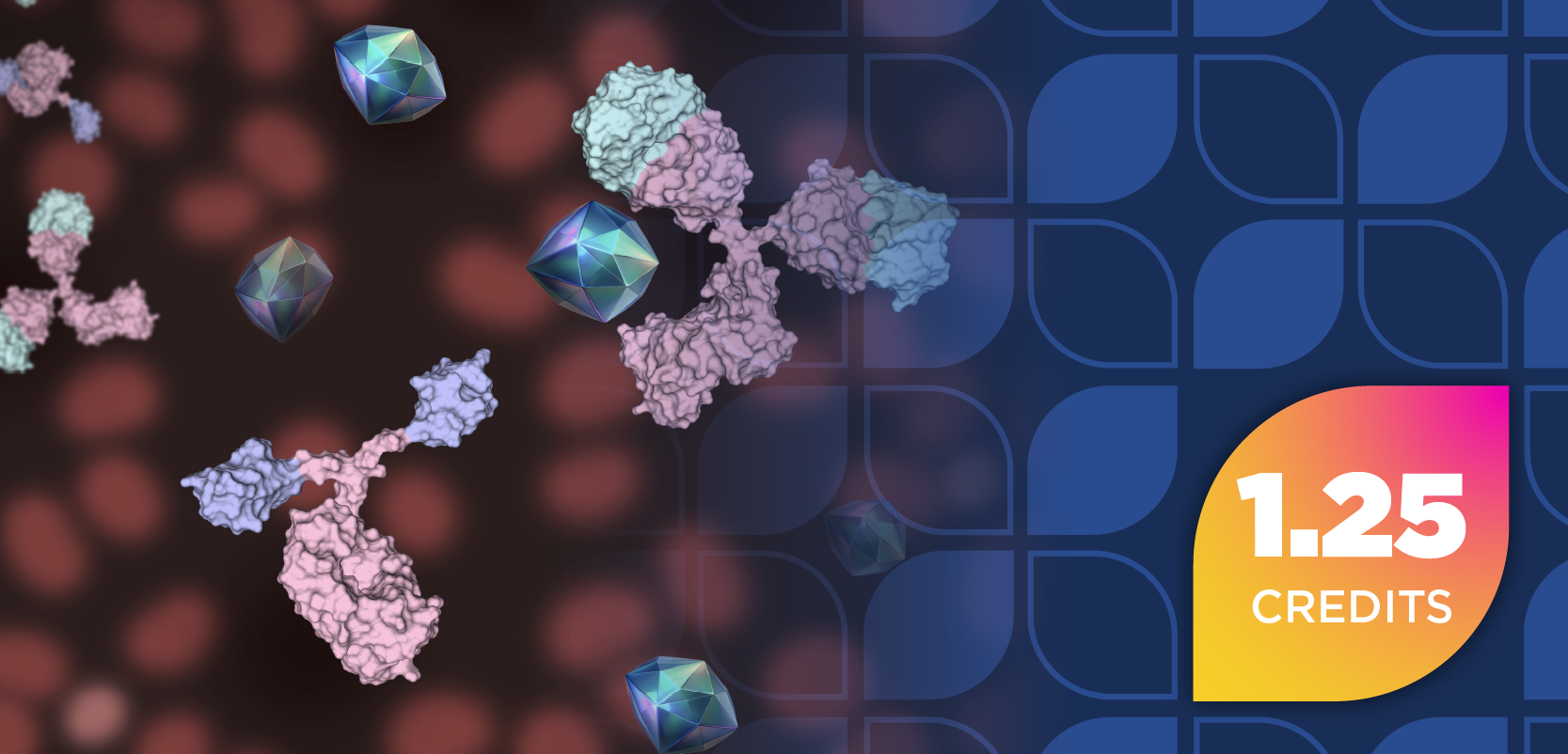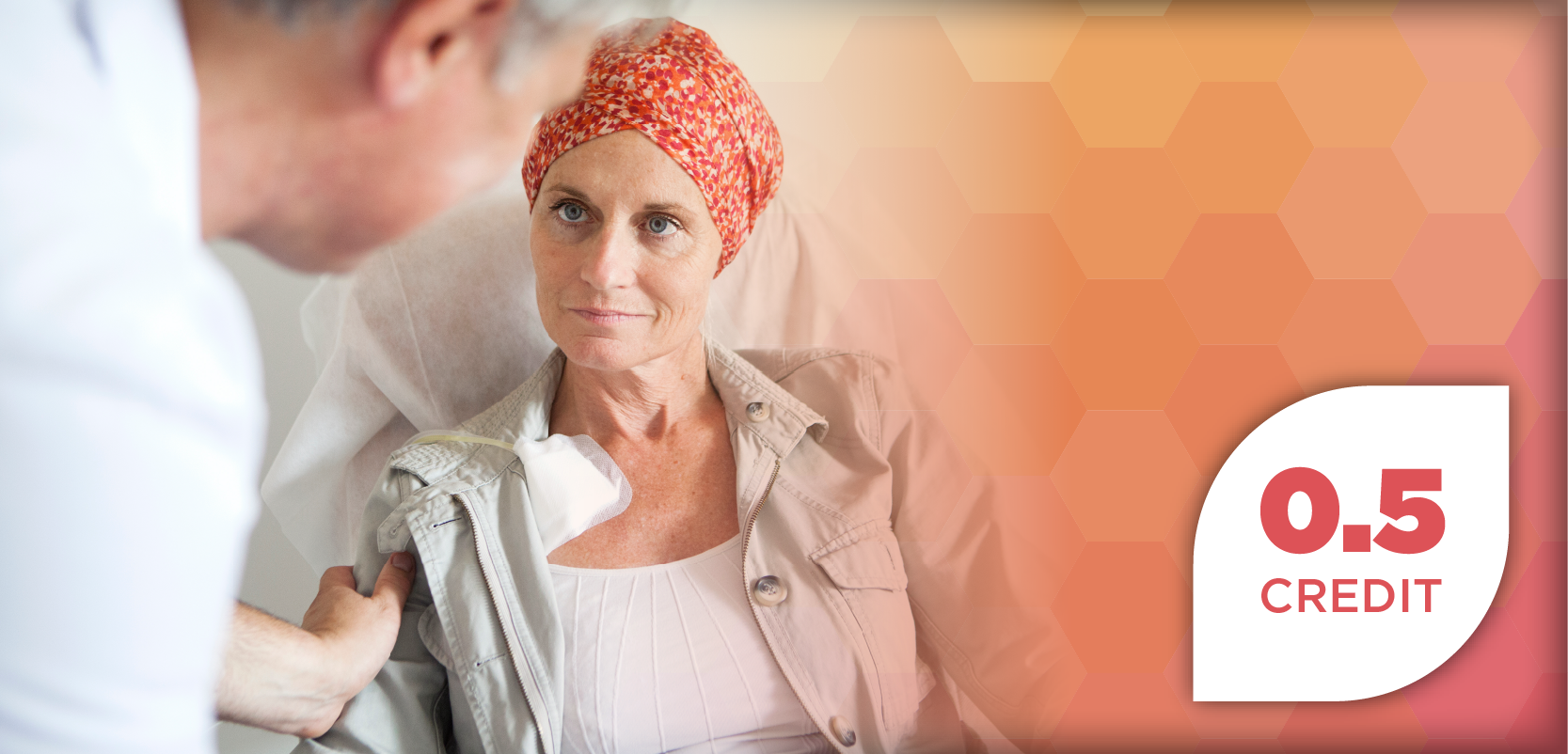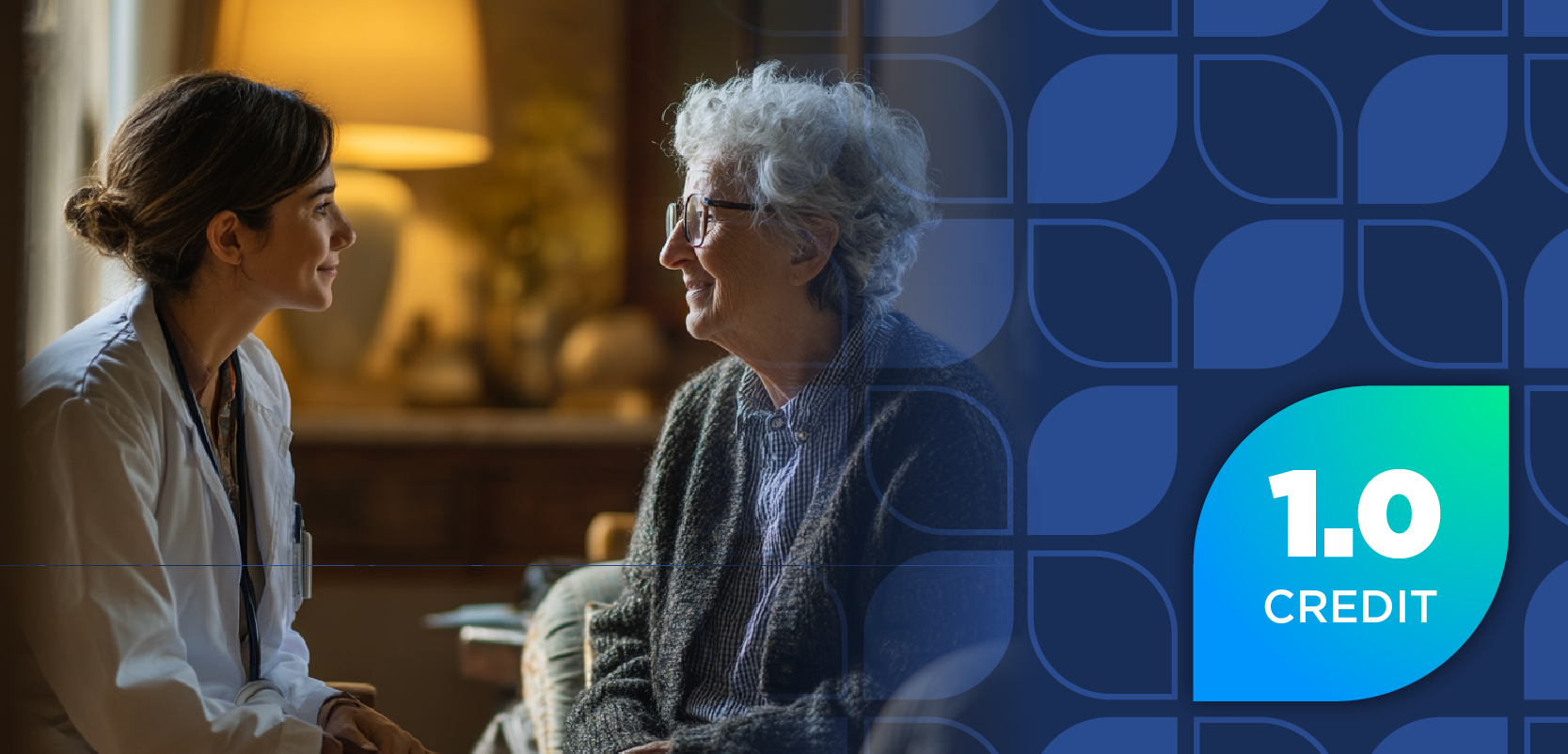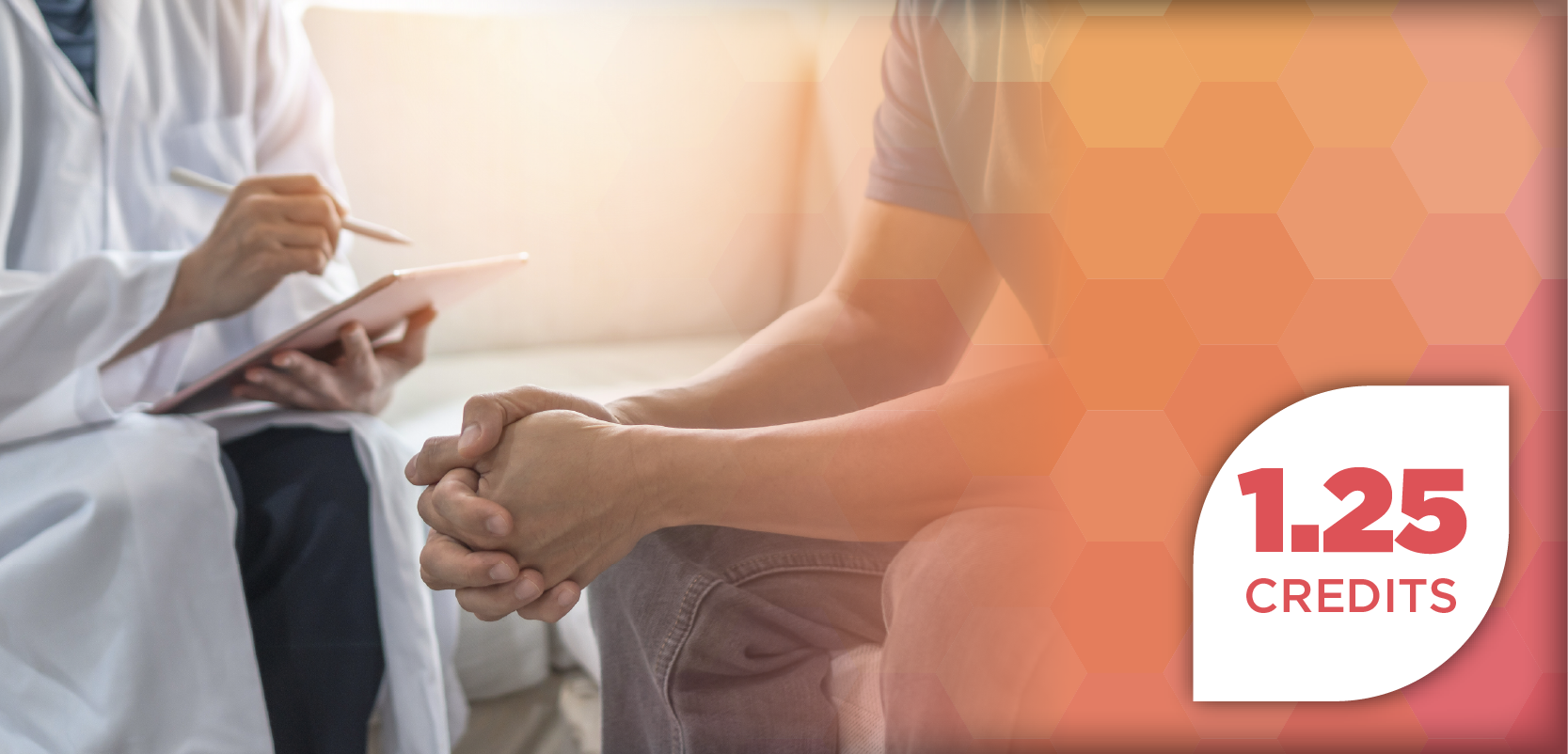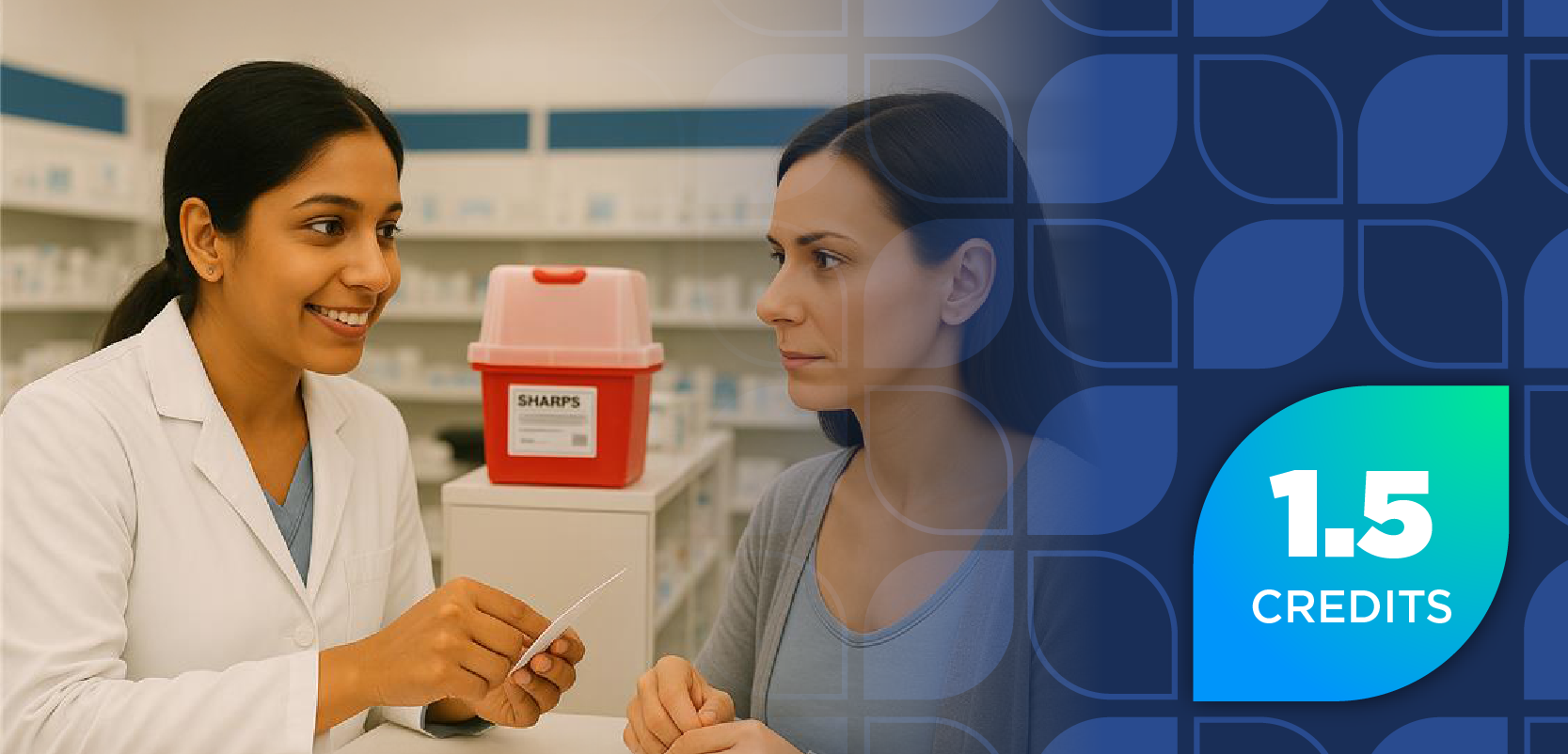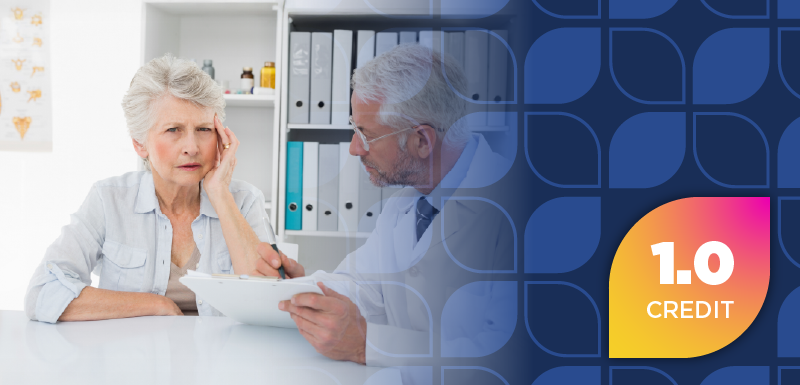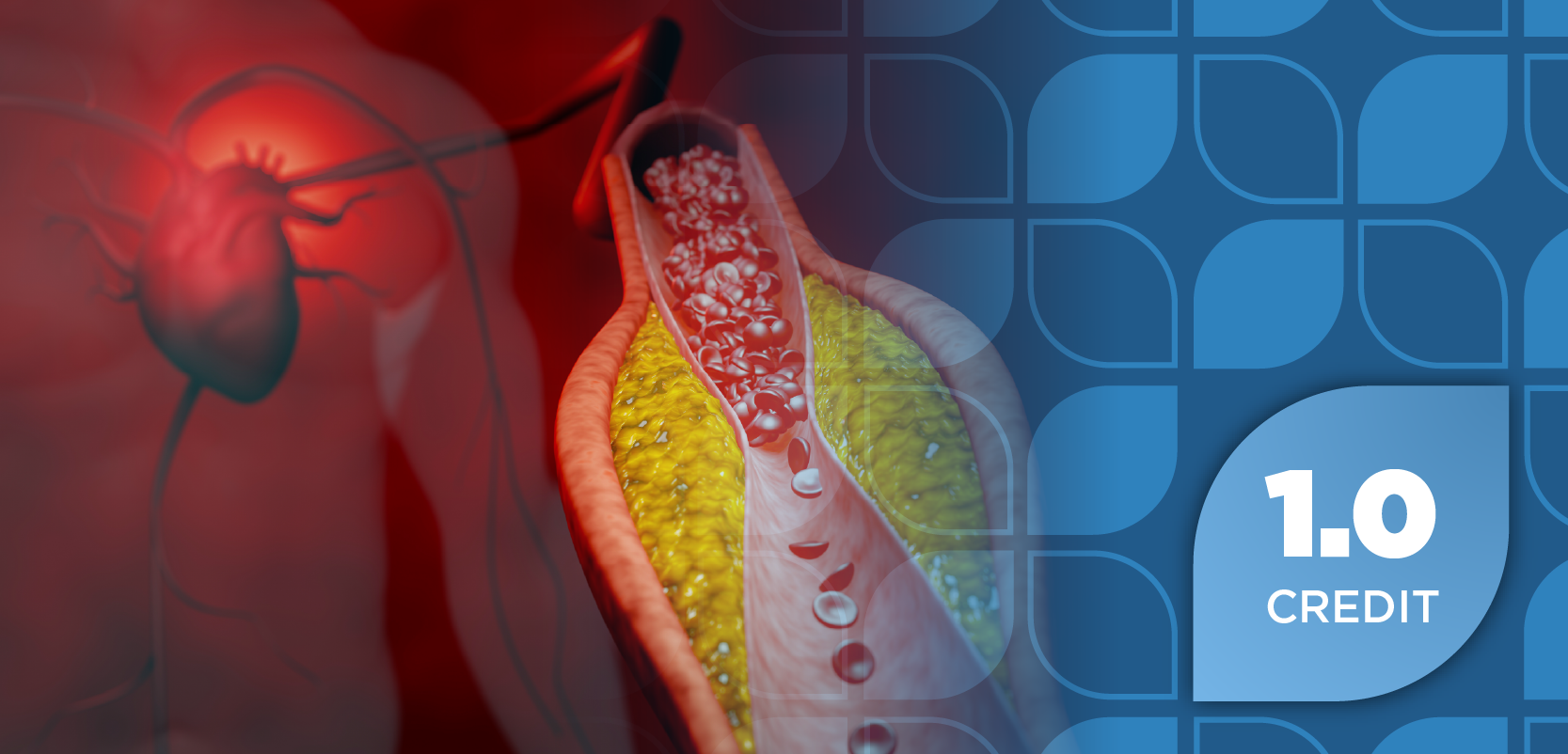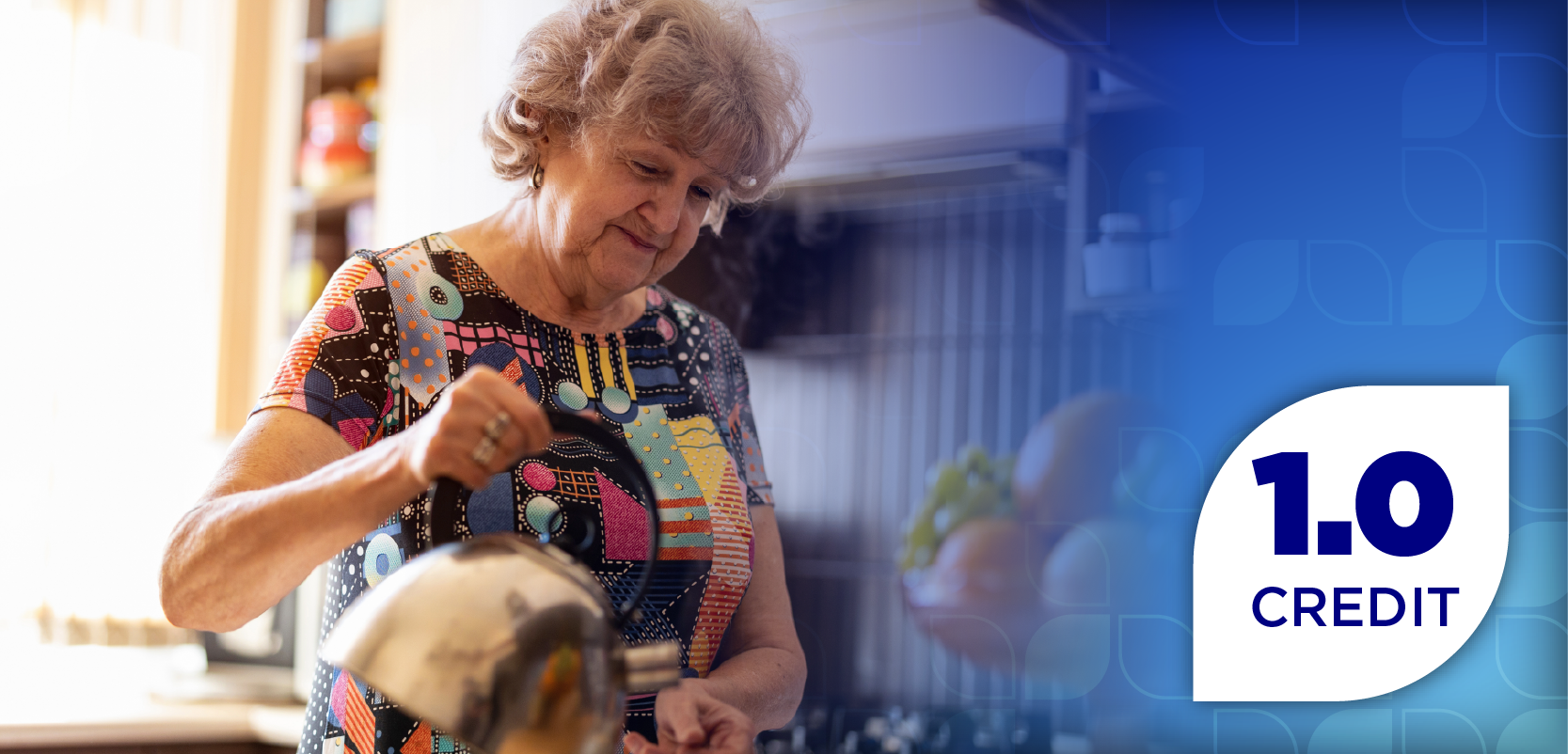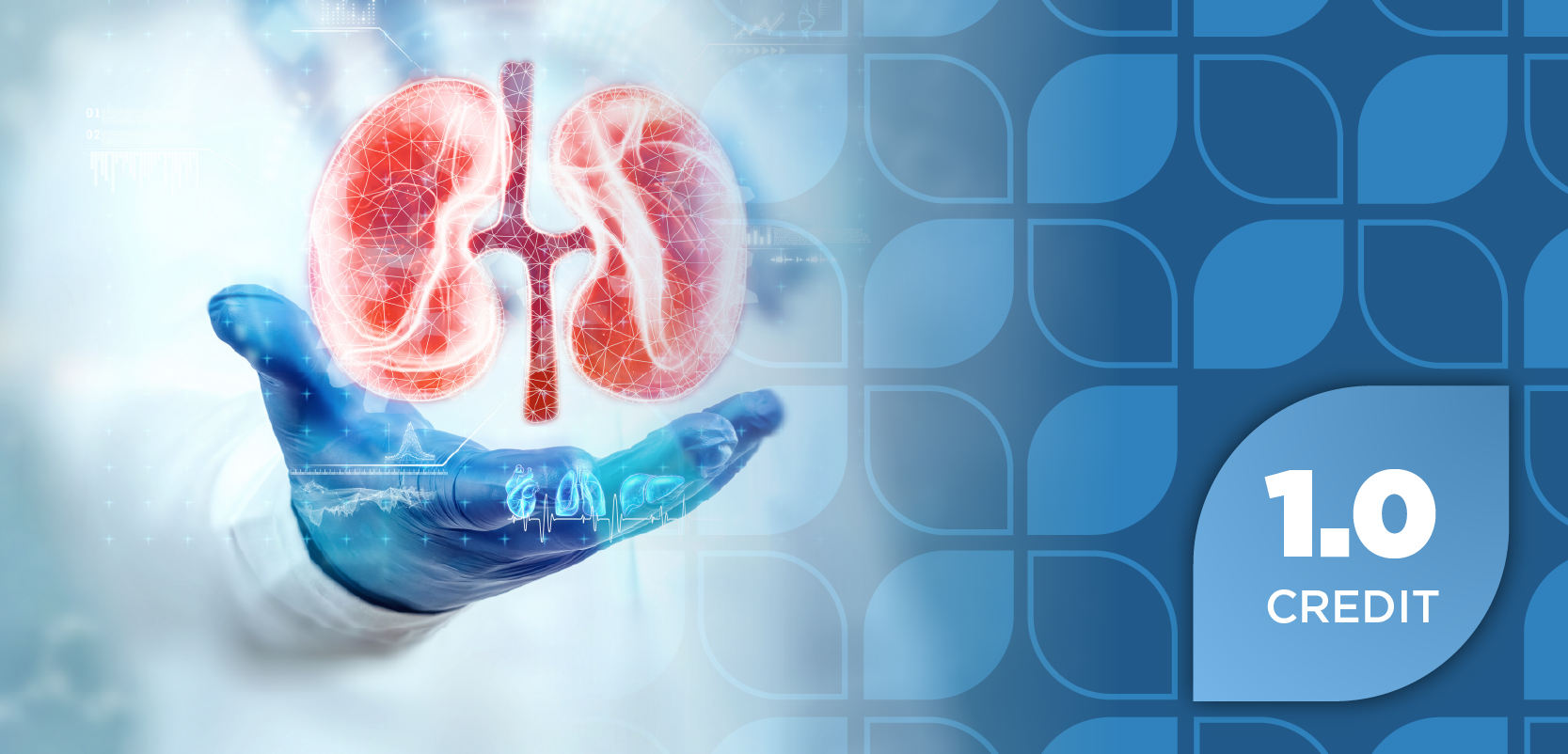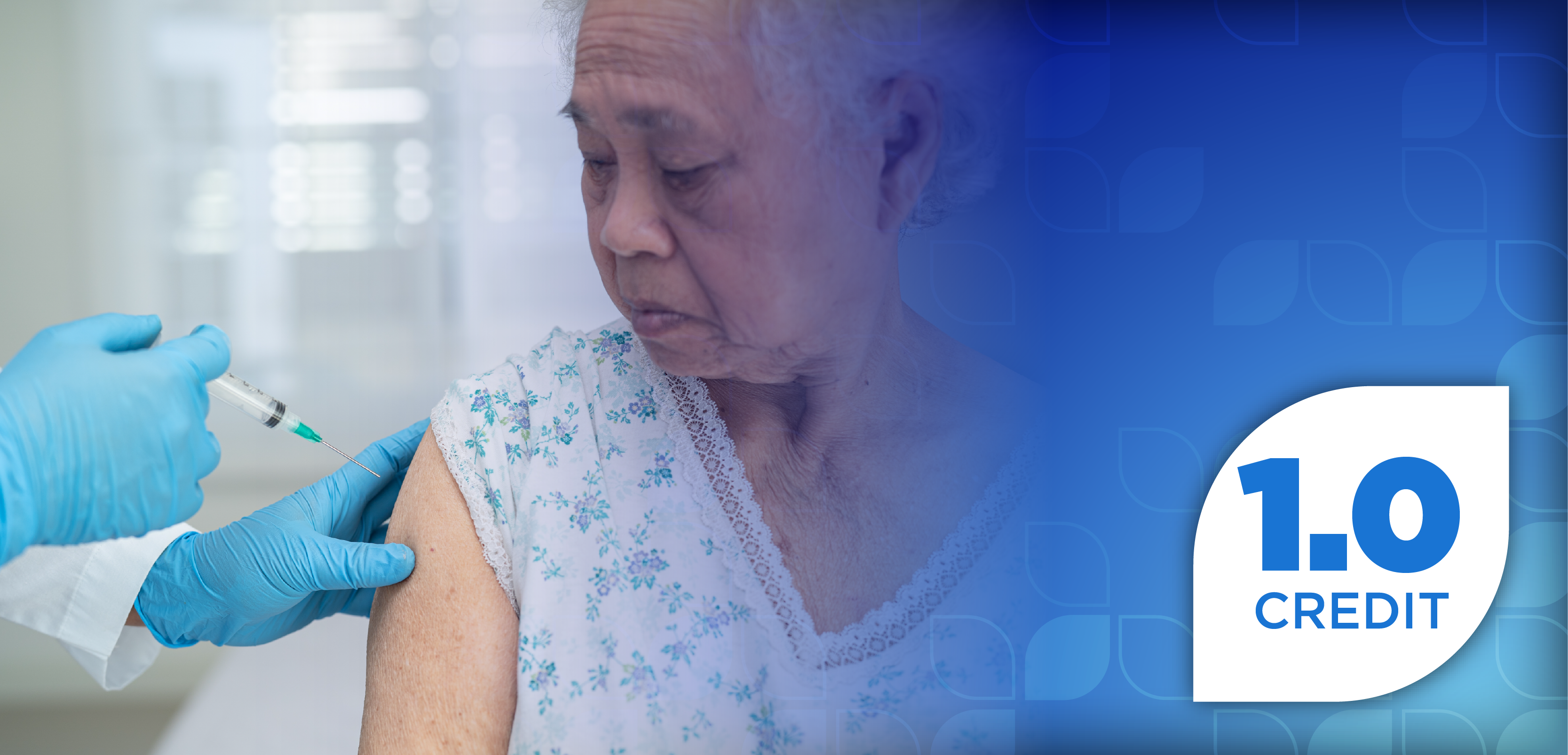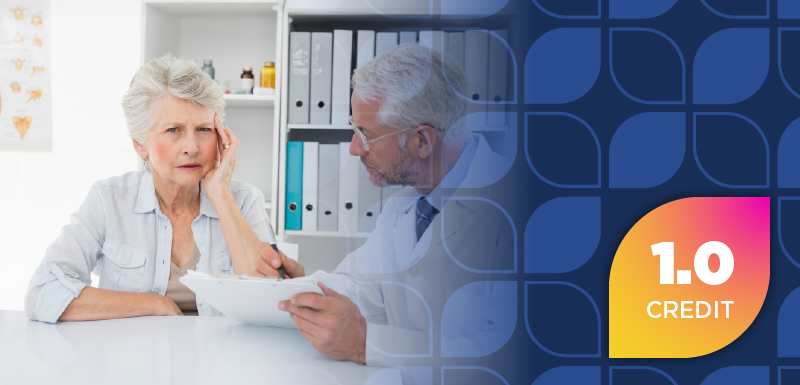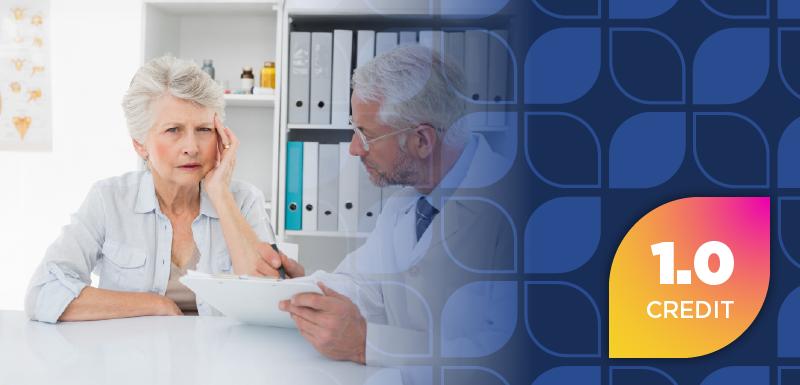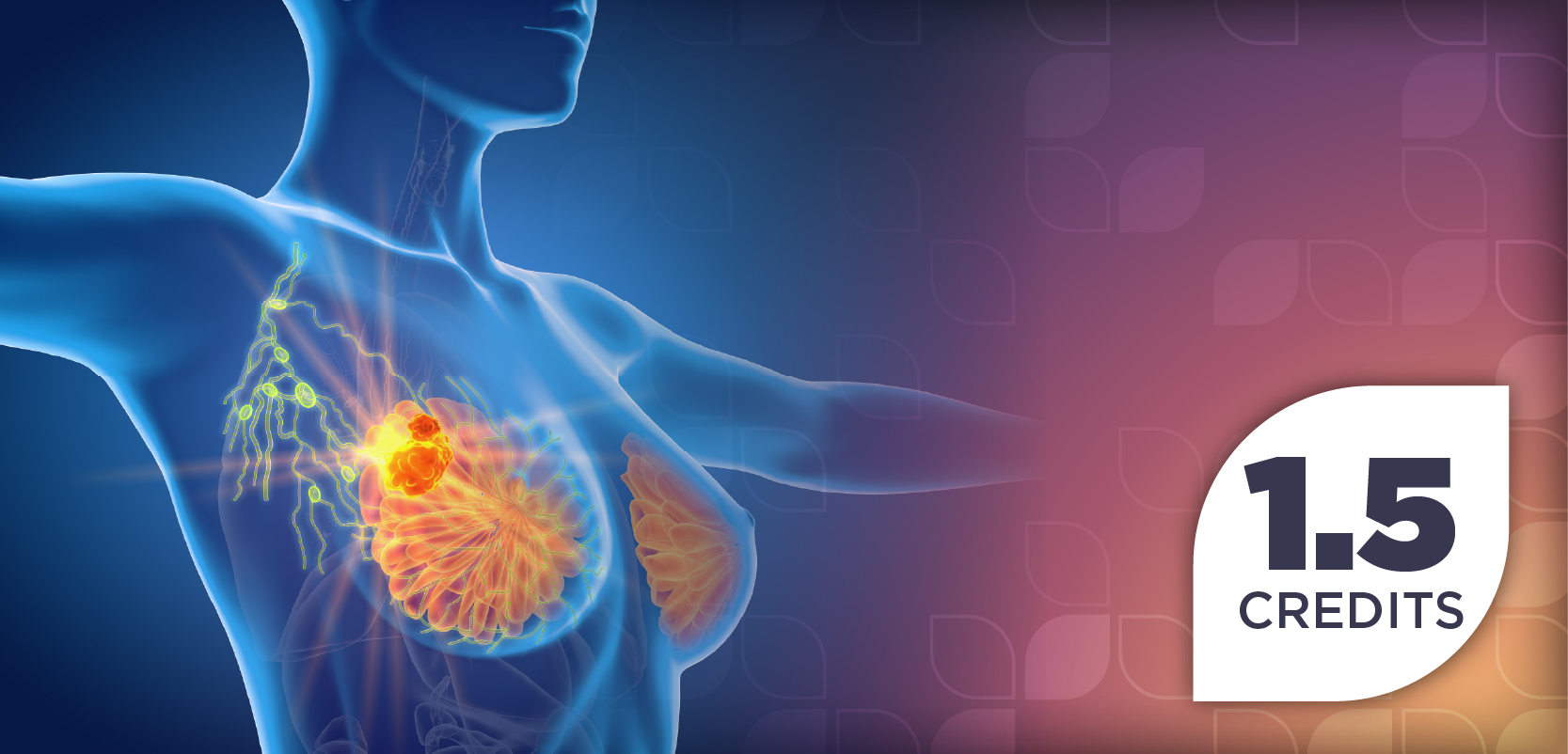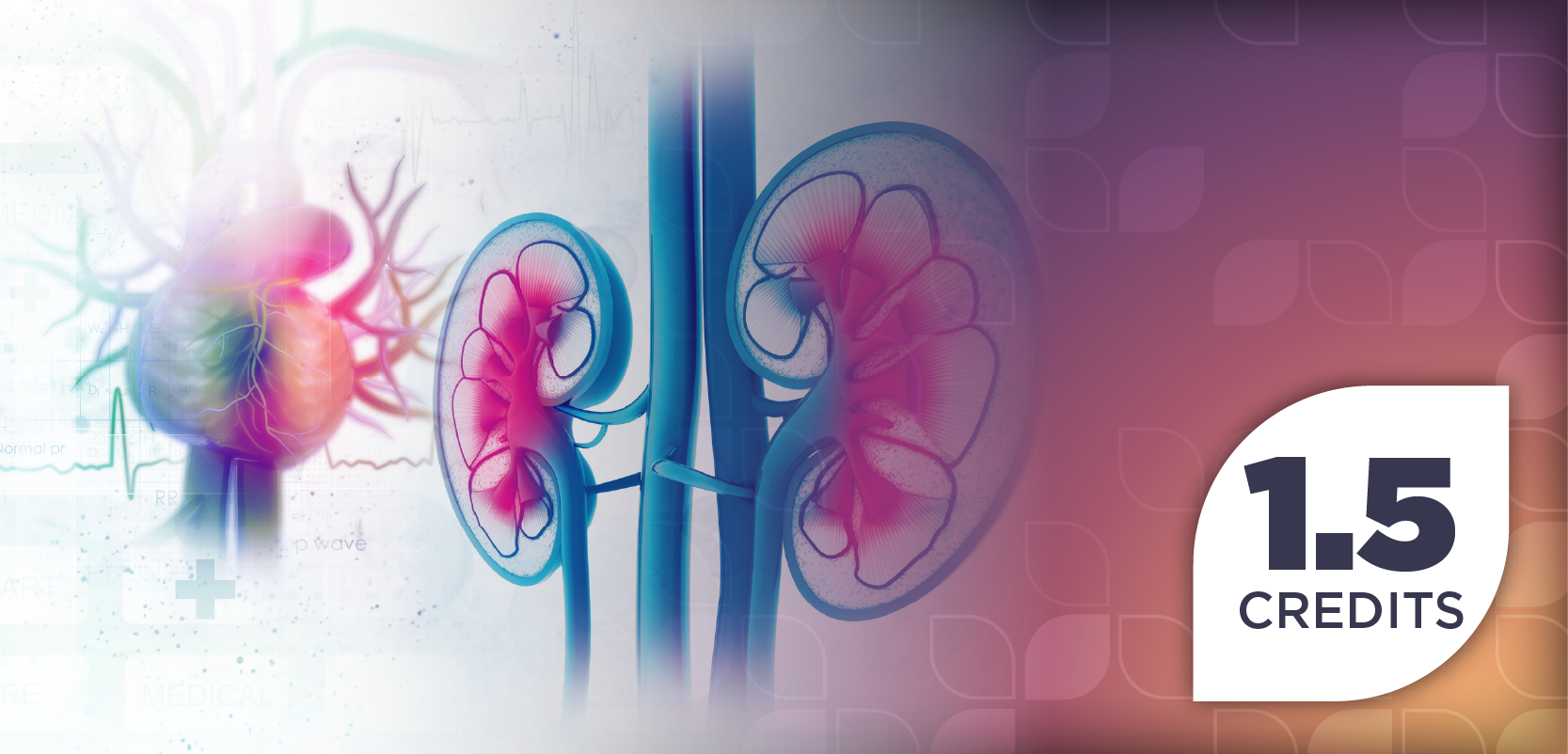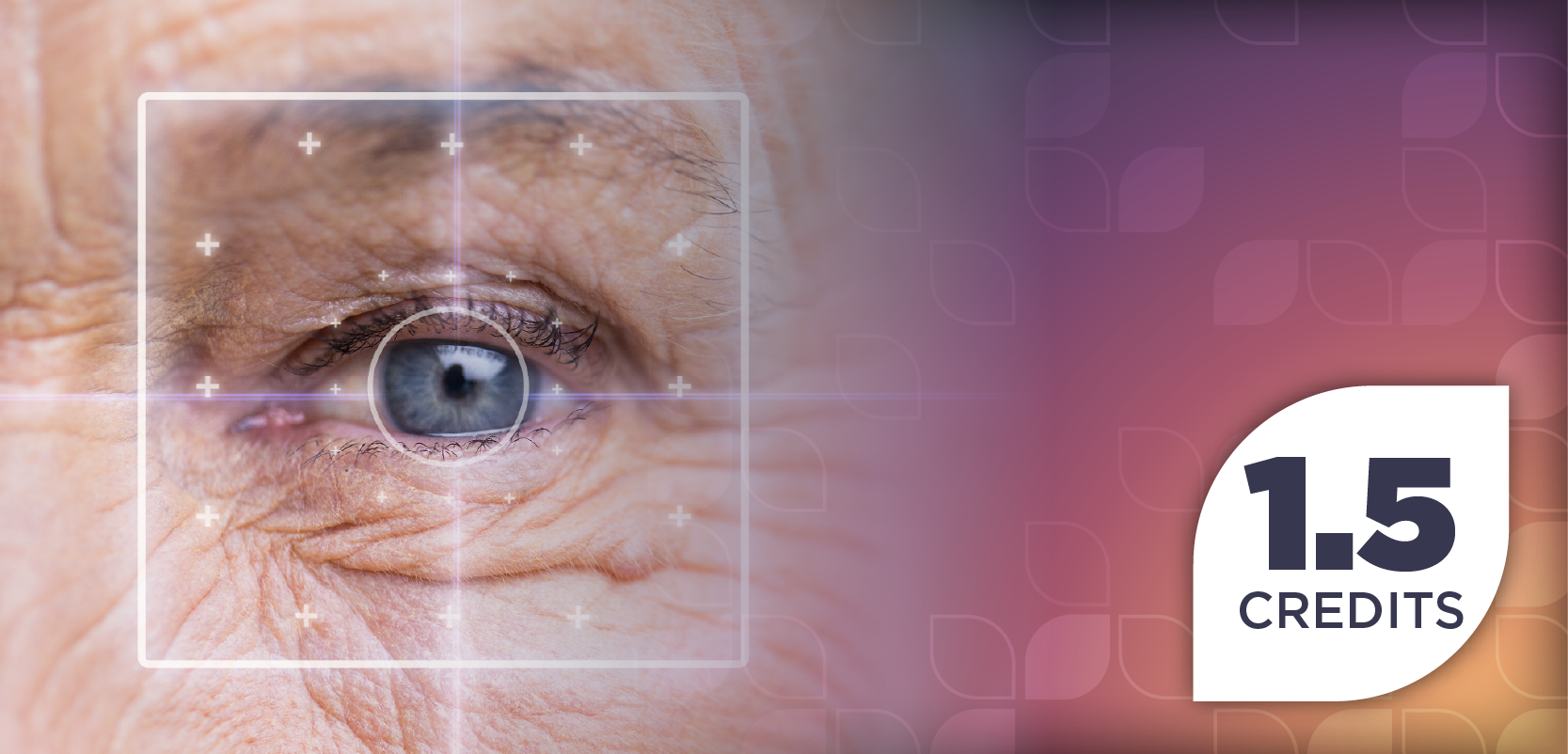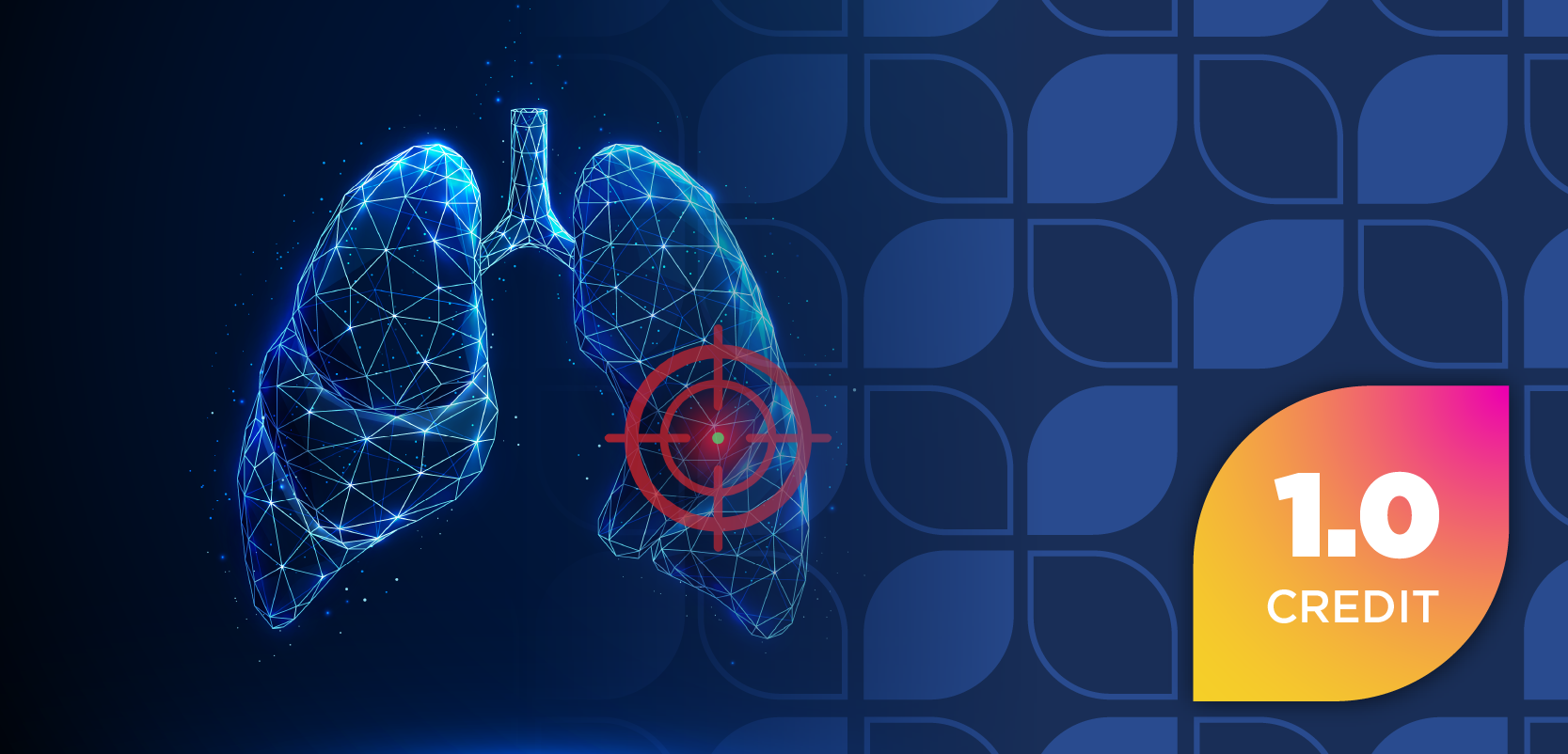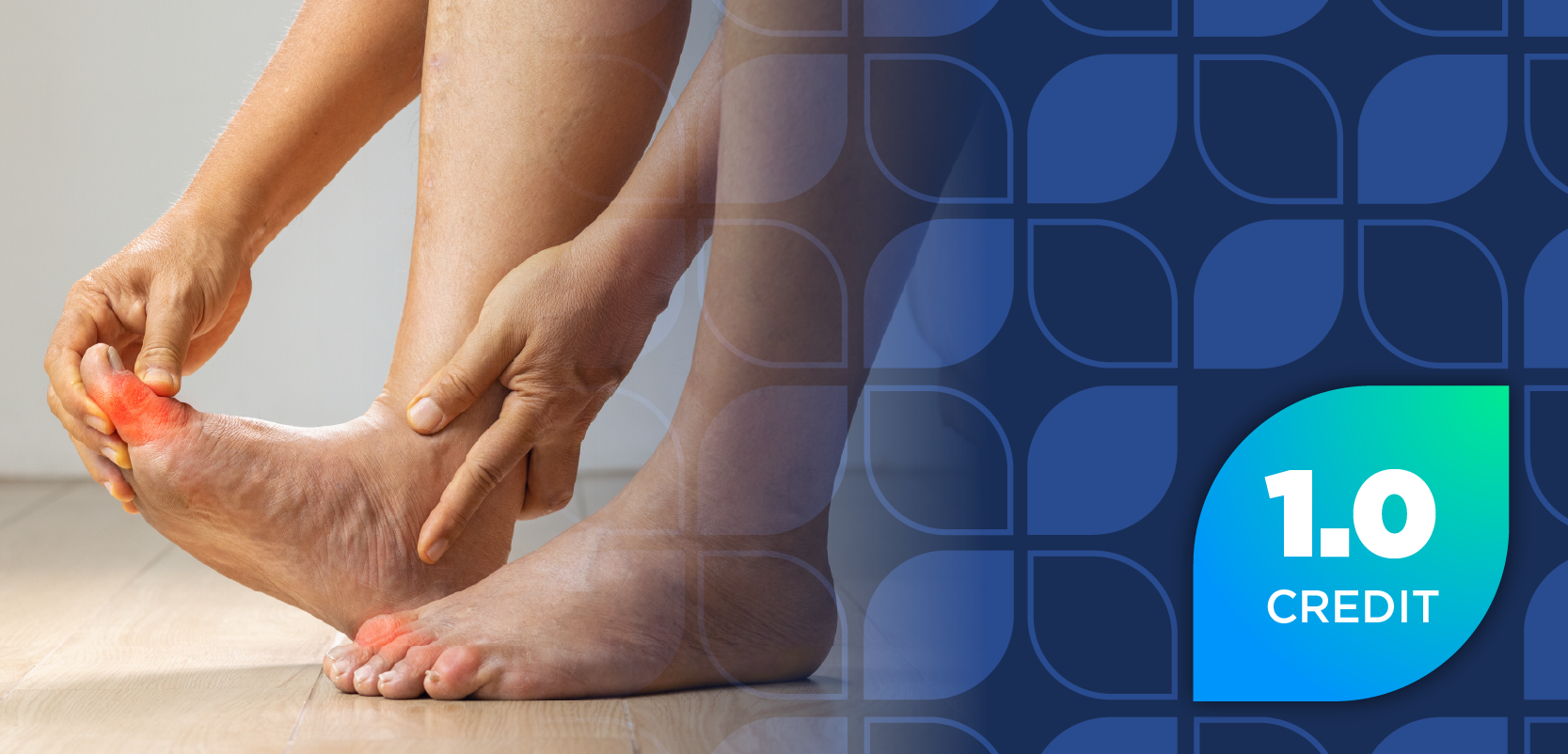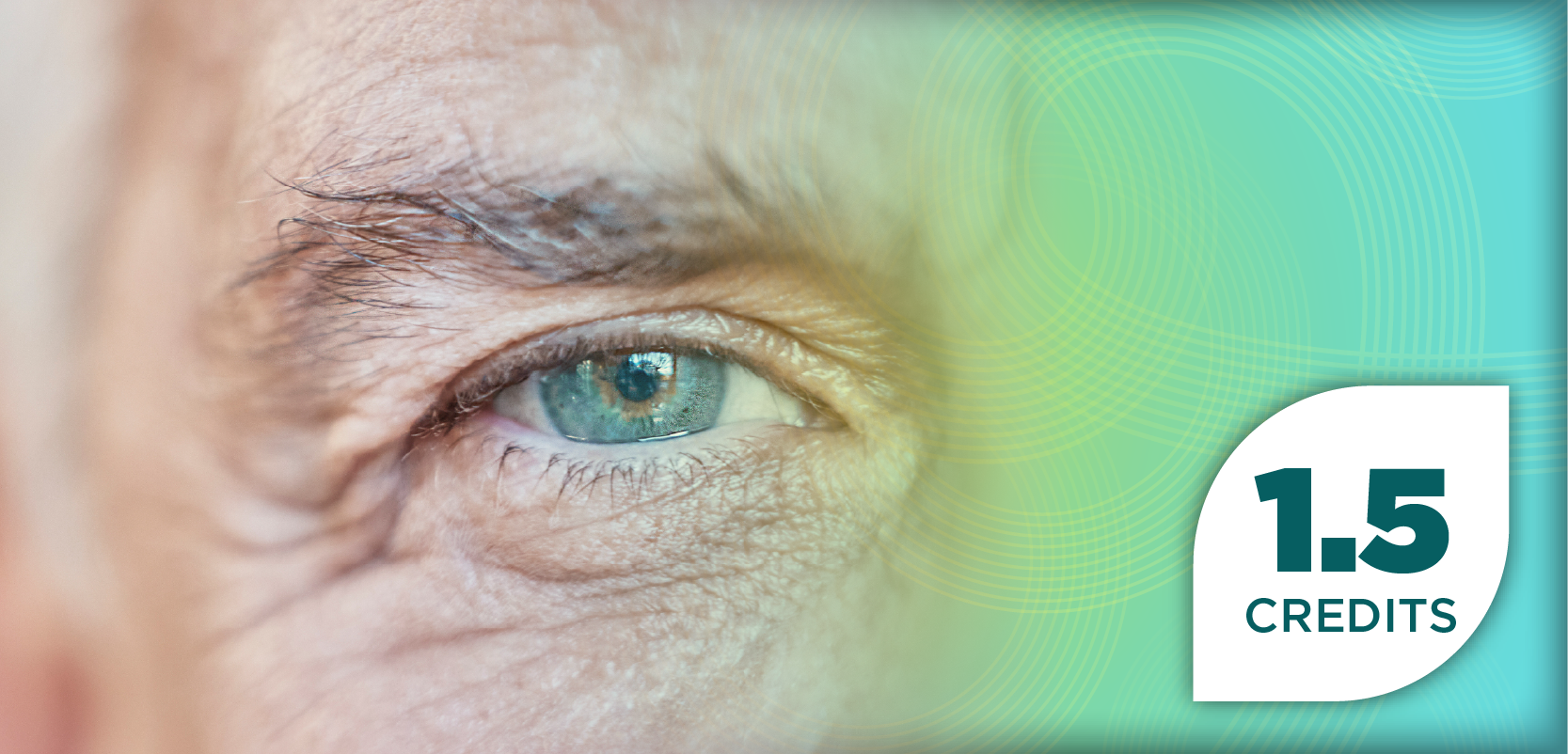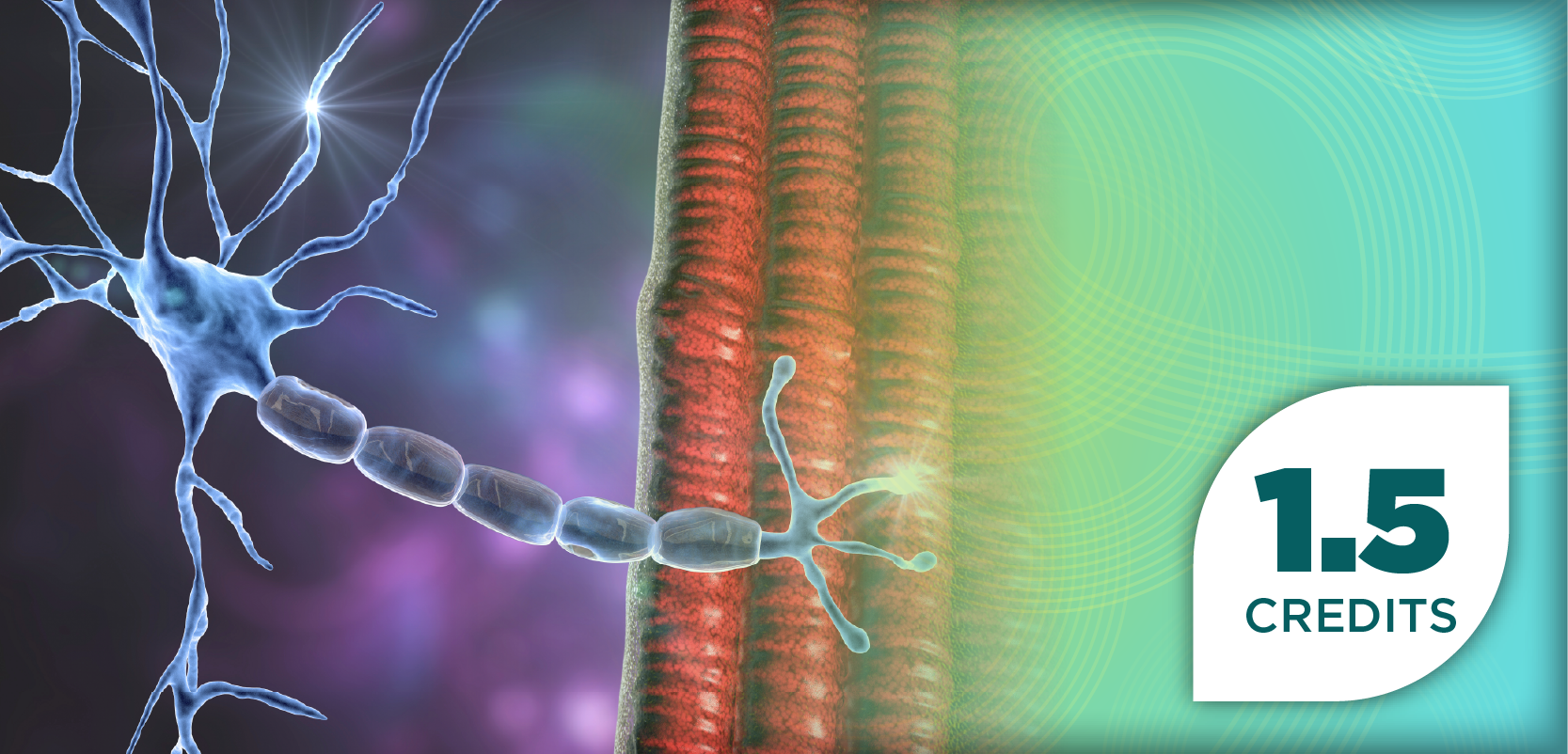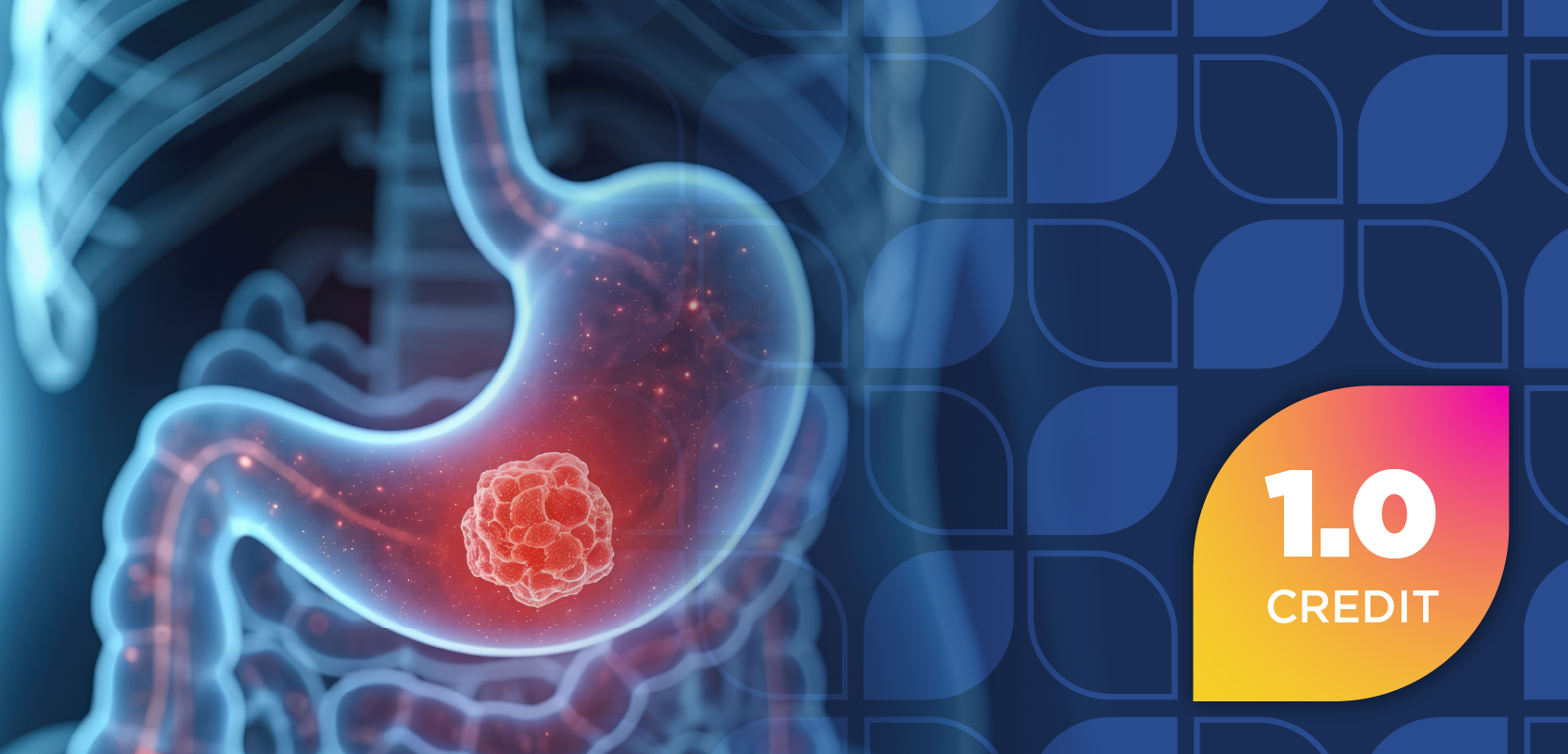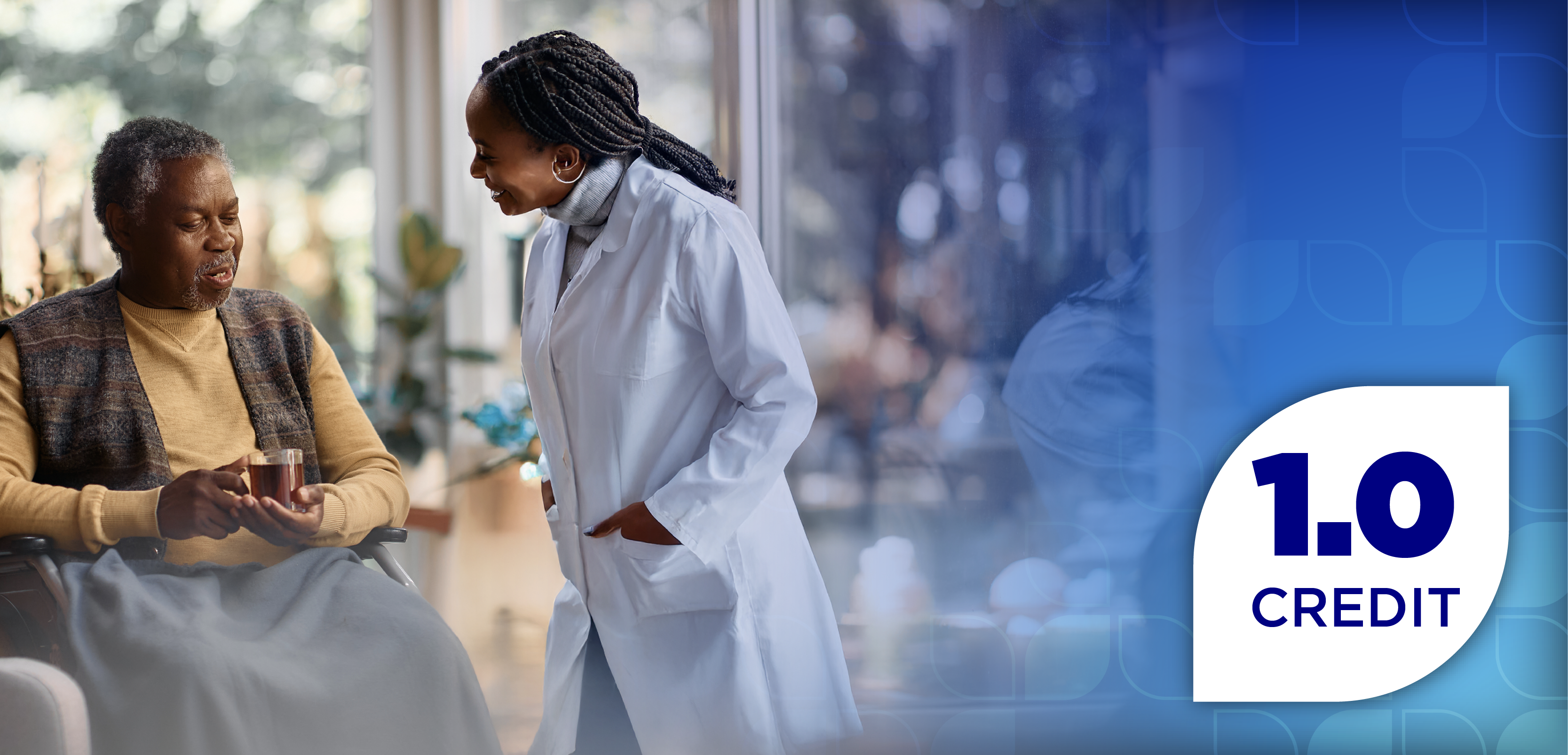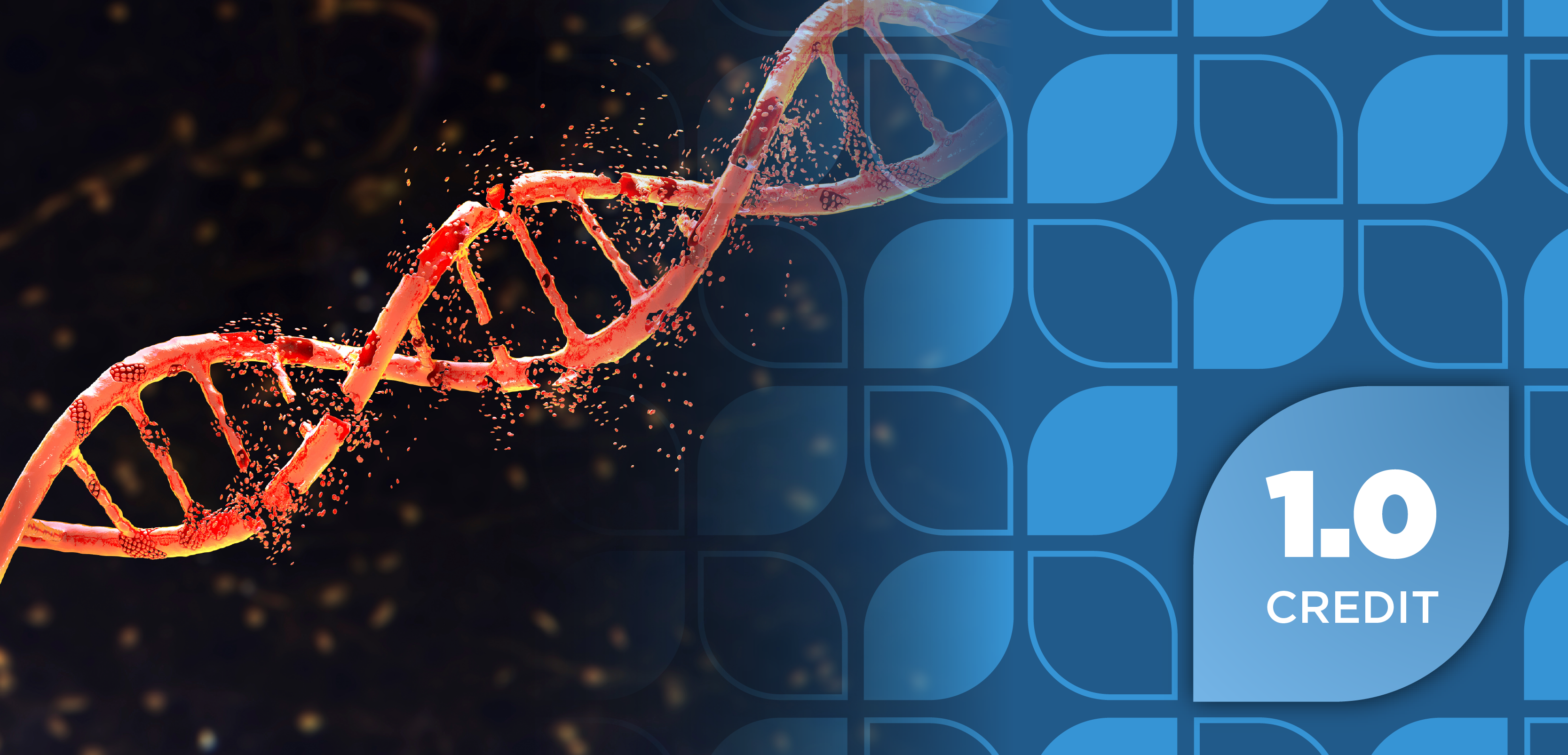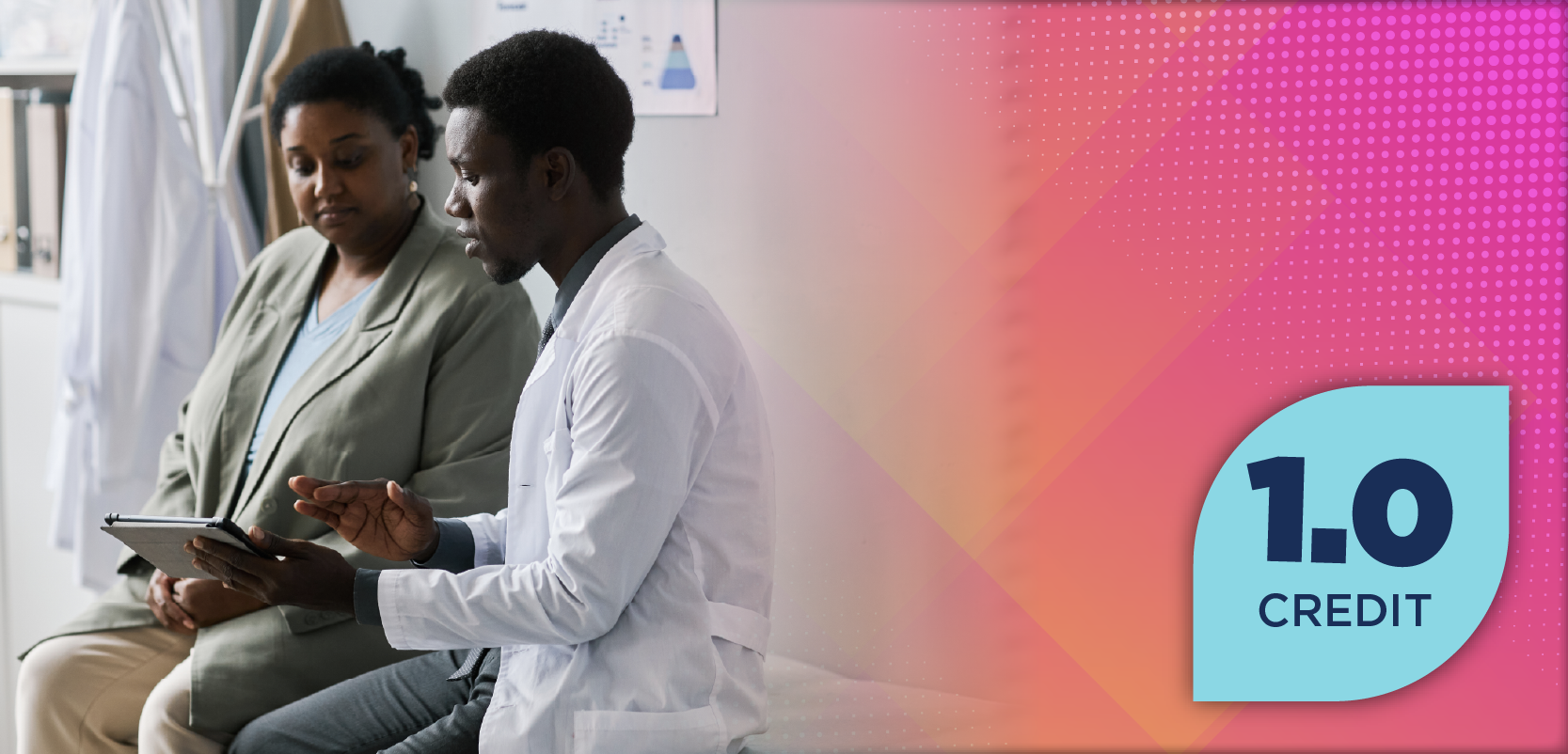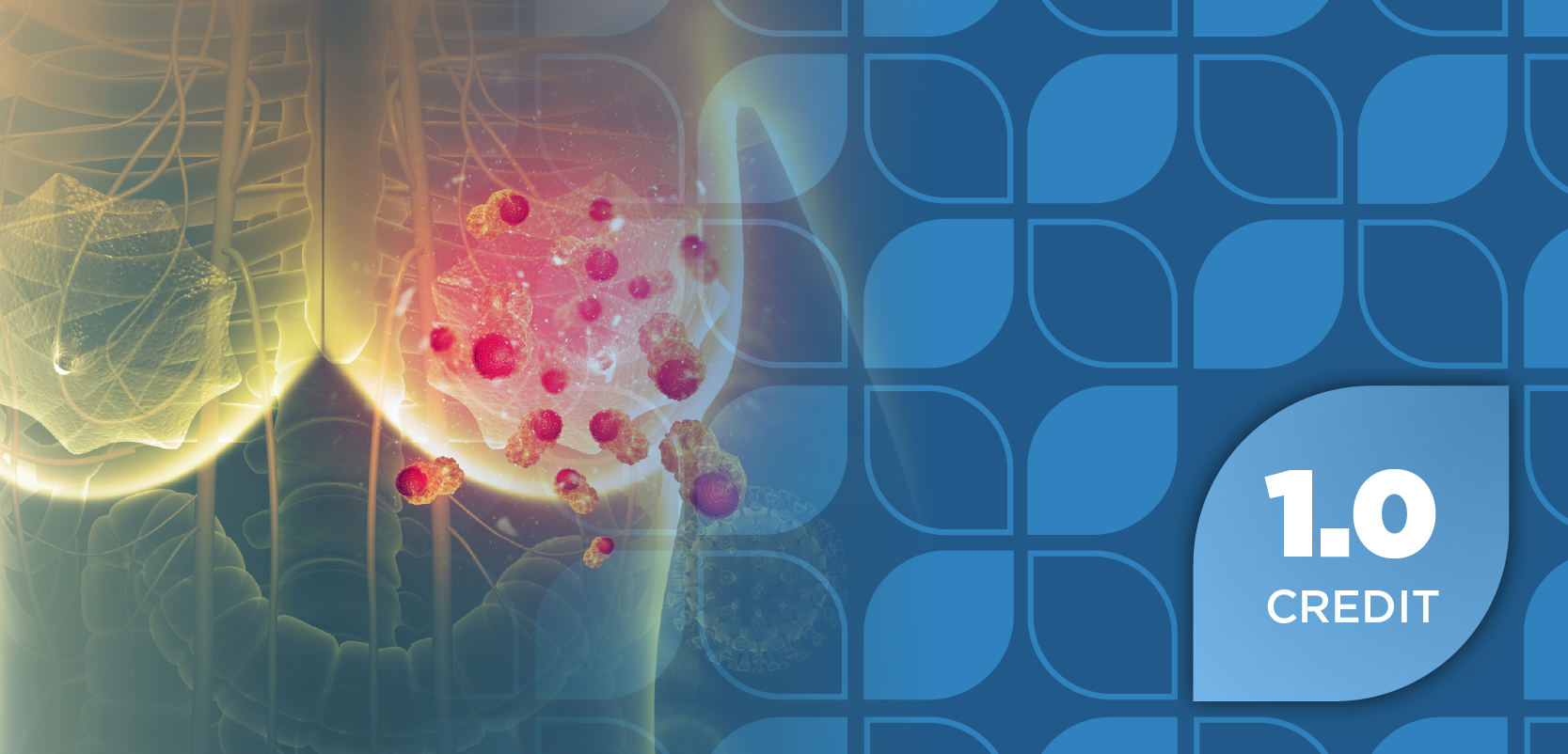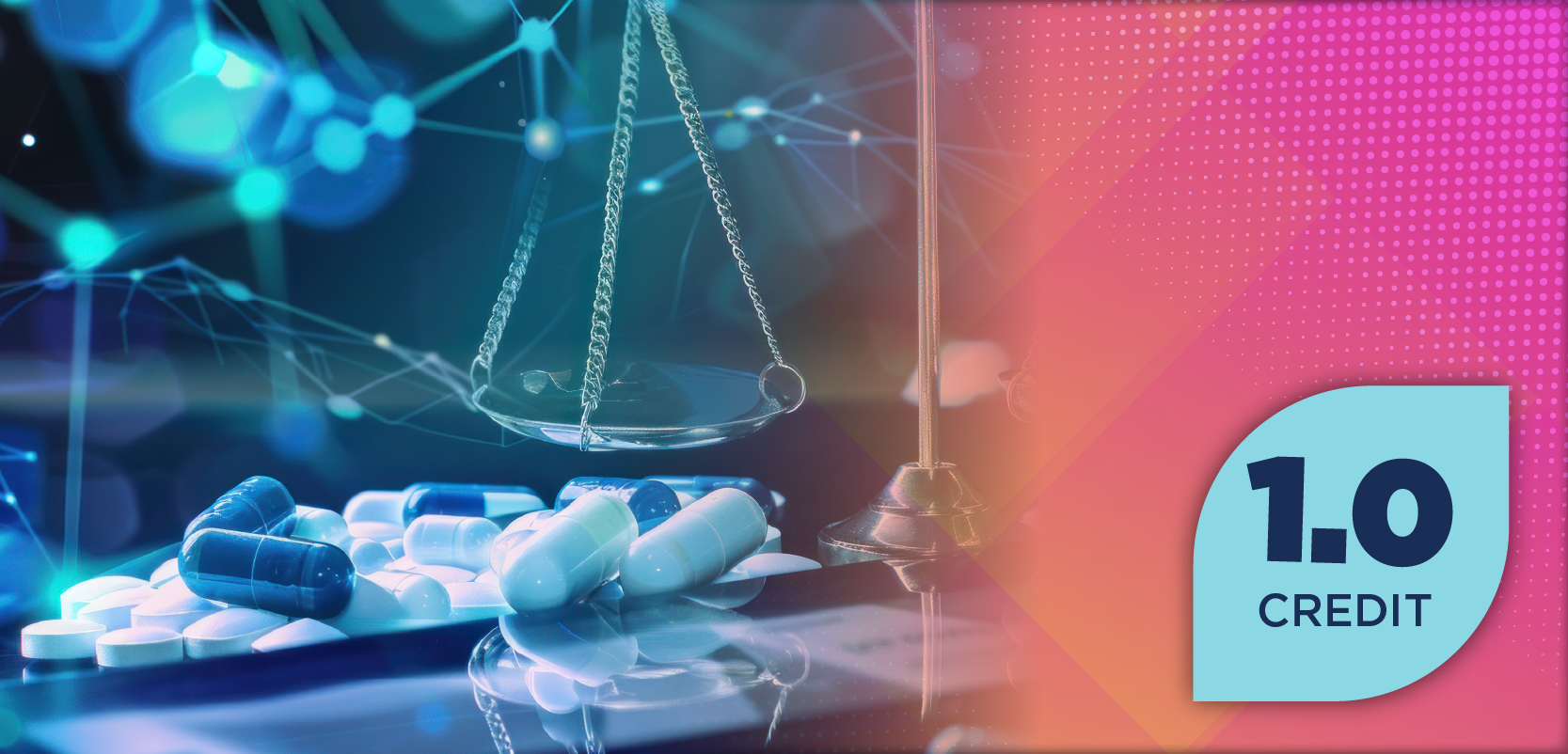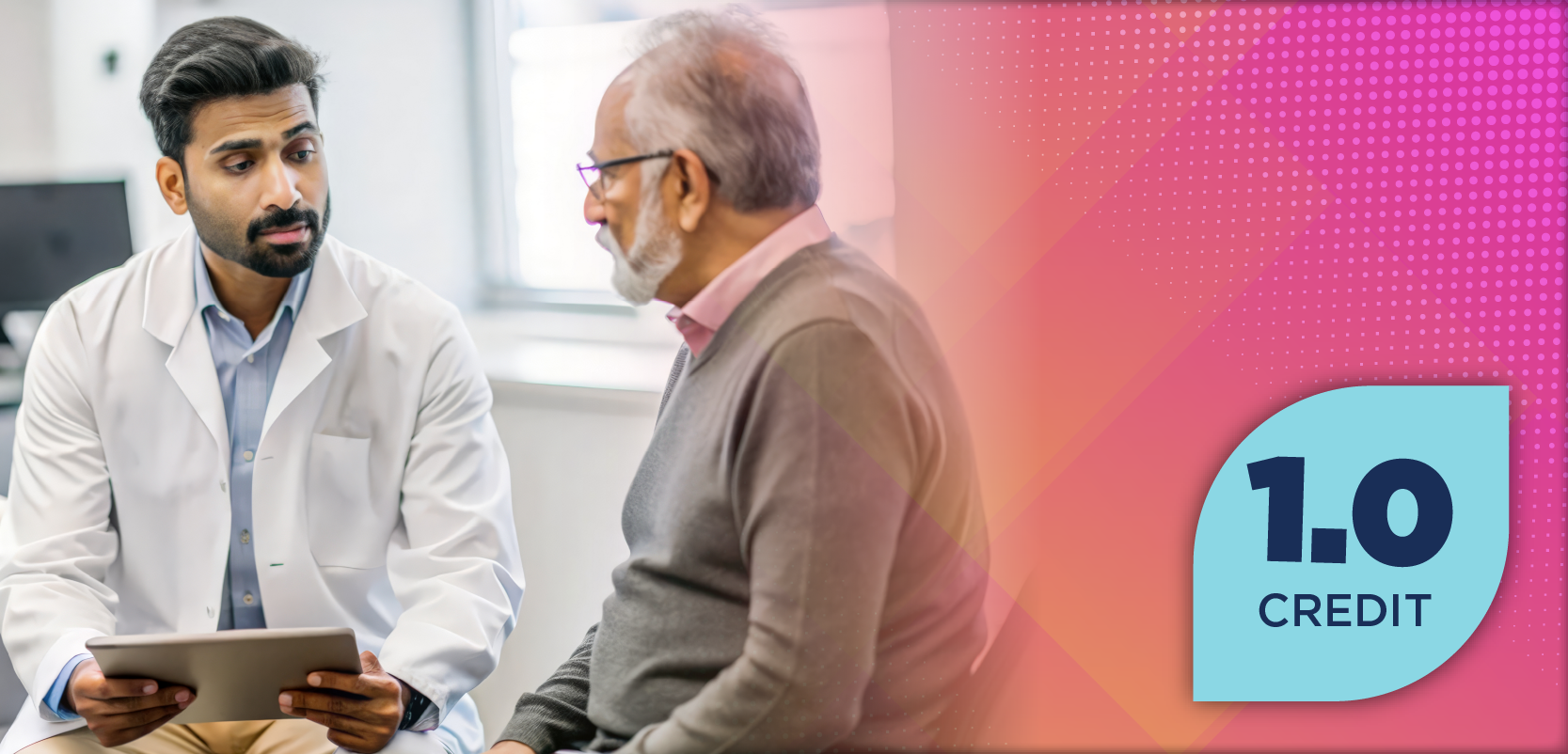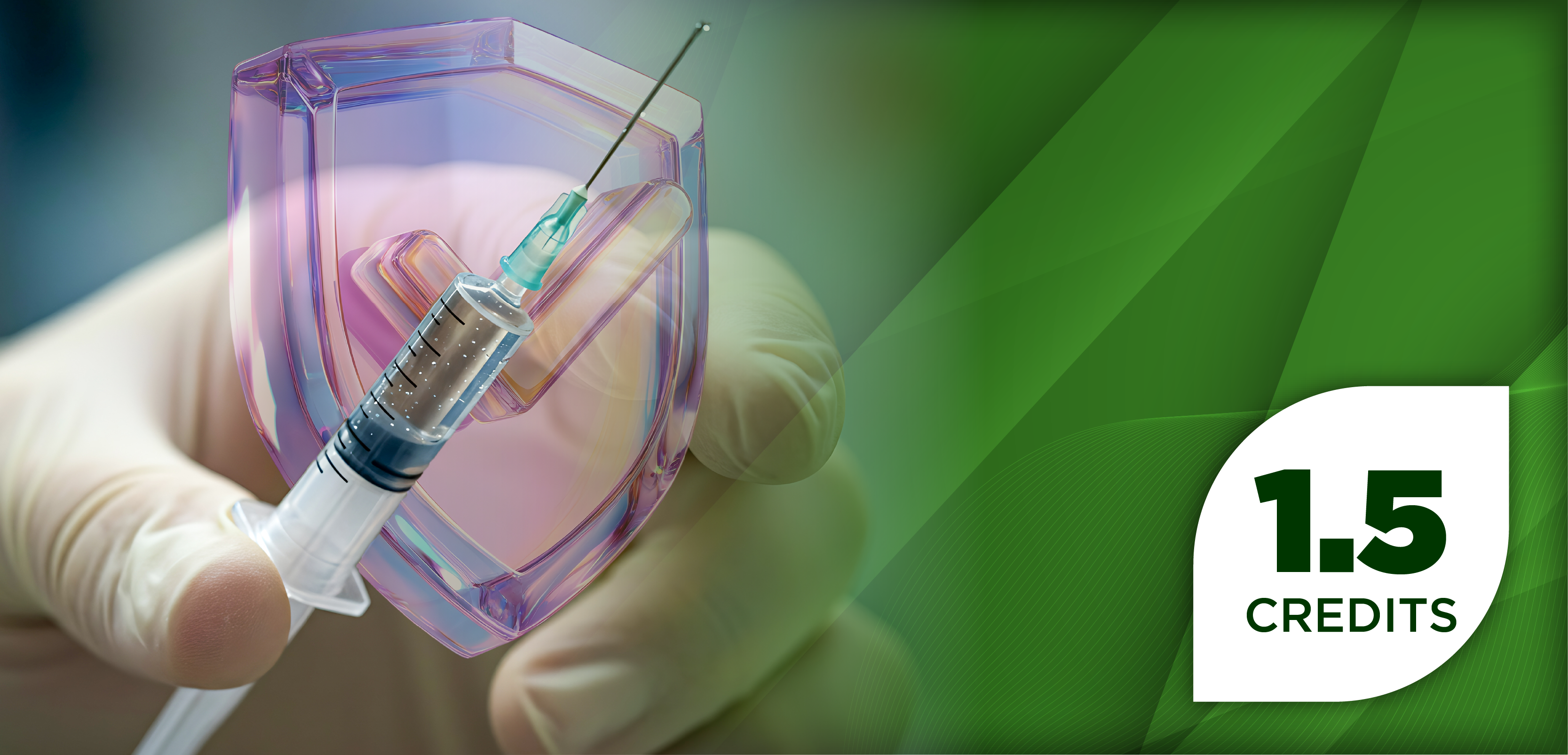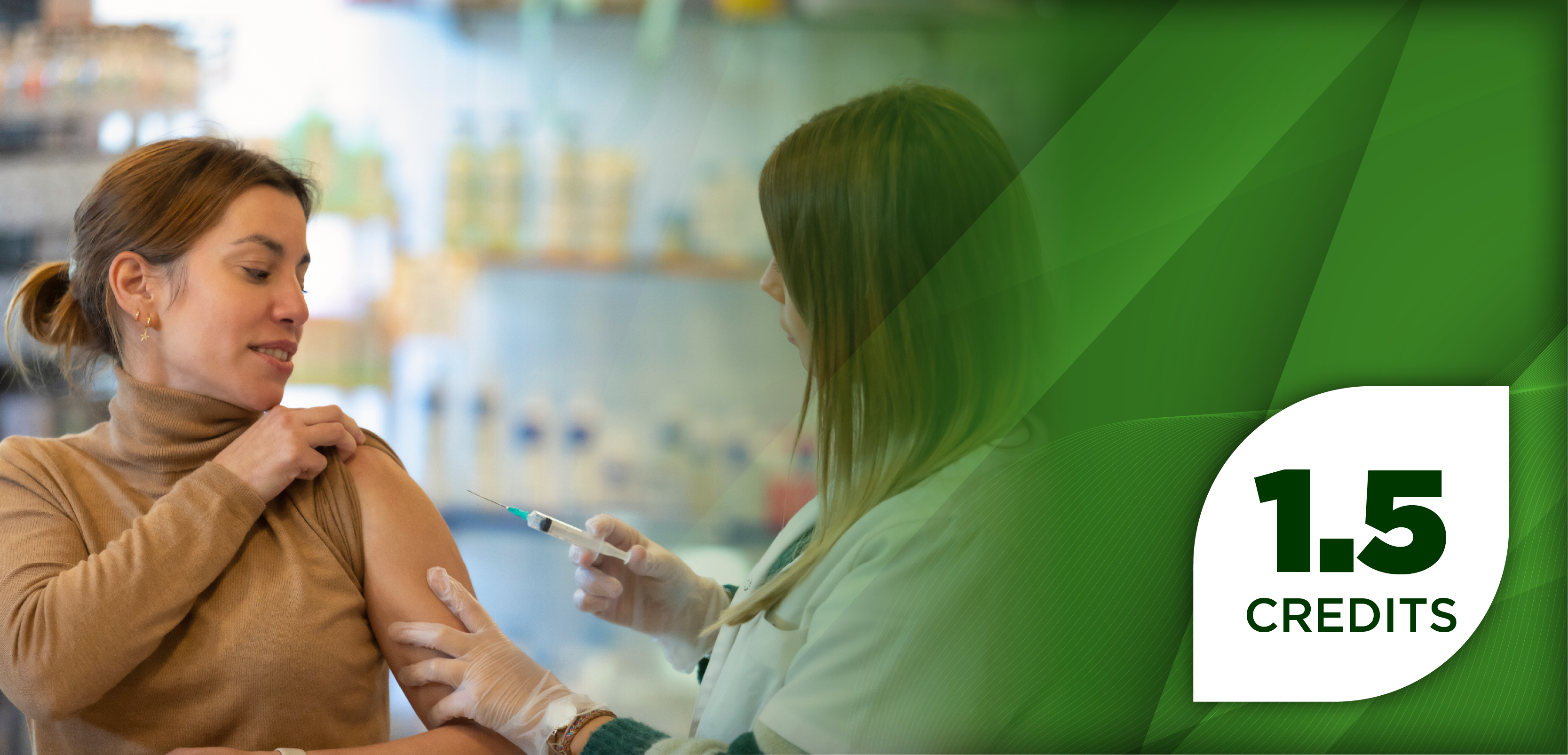Diffuse large B-cell lymphoma (DLBCL) is the most common type of aggressive non-Hodgkin lymphoma and accounts for approximately 30% of newly diagnosed cases each year globally.1 Frontline chemoimmunotherapy leads to cures in about 50% to 60% of patients with DLBCL. However, historically, relapsed DLBCL was associated with poor outcomes, especially in patients who are chemotherapy resistant.2
Over the past decade, the treatment landscape for relapsed/refractory (R/R) DLBCL has significantly changed due to FDA approvals of a number of immunotherapies and bispecific antibodies, as well as use of chimeric antigen receptor (CAR) T-cell therapies in earlier lines. In R/R DLBCL, the treatment algorithm is broadly categorized based on whether the disease is primary refractory, relapsed within 12 months of primary therapy, or relapsed after 12 months (Figure). Treatment options for R/R DLBCL have expanded to include novel agents in the third line and beyond. With numerous preferred treatments available, decisions are guided by careful consideration of the potential benefits weighed against the associated toxicities.
Relapse at More Than 12 Months of Frontline Chemoimmunotherapy
Stem Cell Transplant
Salvage therapy followed by autologous stem cell transplantation (ASCT) is the standard of care for patients with relapsed DLBCL occurring at least 12 months after initial treatment and the goal of ASCT in this setting is cure. ASCT is superior to the alternative of chemotherapy alone and can cure approximately 20% to 50% of patients with relapsed DLBCL.3,4 The most significant determinant of successful cure after ASCT is the disease status at time of transplant. Patients with DLBCL who are transplanted with a PET-negative complete response (CR) have excellent disease-free survival (DFS) rates of approximately 80%, while those transplanted with residual PET-positive disease have DFS rates of 35% to 43%.5 Table 1 lists evidence for the most commonly used salvage chemoimmunotherapy regimens before ASCT.4,6 Rituximab (Rituxan; Biogen and Genentech) plus dexamethasone, cytarabine, and cisplatin (R-DHAP) tends to have a higher risk of severe toxicities compared with rituximab plus ifosfamide (Ifex; Baxter Healthcare), carboplatin, and etoposide phosphate (R-ICE) and rituximab, gemcitabine, dexamethasone, and cisplatin (R-GDP), as demonstrated in both the CORAL (NCT00137995) and NCIC-CTG LY.12 (NCT02910063) trials.4,6 This makes toxicity management a key factor in choosing the appropriate salvage regimen for individual patients.4,6
CD19 CAR T-Cell Therapy
CAR T cells targeting CD19, which is expressed on malignant B cells, were found to have potent activity in clinical trials involving patients with R/R DLBCL, leading to approvals of 3 commercial CAR T-cell products after 2 lines of therapy (Table 2).7-9 Long-term follow-up data of these landmark trials show durable responses and offer a potential cure in a subset of patients. Patients may often require bridging therapy, if ongoing progression and/or impending organ damage before or after leukapheresis. Bendamustine should be avoided before leukapheresis because of its prolonged lymphotoxic effect.10
Primary R/R Under 12 Months From Frontline Therapy
CD19 CAR T-Cell Therapy
In patients with relapse within 12 months or refractory disease, results of the ZUMA-7 trial (NCT03391466) showed that axicabtagene ciloleucel (Y escarta; Kite Pharma) improved event-free survival (EFS) to 8.3 months compared with 2 months with standard of care (salvage chemotherapy followed by ASCT), whereas results of the TRANSFORM trial (NCT03575351) demonstrated that lisocabtagene maraleucel (liso-cel, Breyanzi; Juno Therapeutics) improved EFS to 10.1 months compared with 2.3 months with standard of care, respectively. Both trials demonstrated the significant benefit of CAR T-cell therapies in transplant-eligible patients and led to FDA approval in this population.11,12 However, ASCT can also be pursued in patients who achieve a PET-negative CR after bridging therapy.13 Liso-cel is also approved by the FDA for patients not eligible for hematopoietic stem cell transplantation due to comorbidities or age based on the results of the PILOT trial (NCT04359784).14
Other Second-Line and Subsequent
Therapy Options Immunotherapy-Based Options
Results of several recent trials have shown promising efficacy of targeting other B-cell markers with either antibody-drug conjugate (ADC) or naked antibodies. These can be used in patients who are ineligible for transplant or CAR T-cell therapy, as well as with subsequent relapses. Knowledge about ideal sequencing of these therapies is lacking. These regimens are reviewed in Table 3.15-17 The L-MIND trial (NCT02399085) evaluated the combination of tafasitamab (Monjuvi; Incyte), a naked CD19 antibody, with lenalidomide, an immunomodulator, and reported that for patients enrolled in the trial, the most common reason for transplant ineligibility was age over 70 (46%).15 However, in the trial published by Sehn et al evaluating polatuzumab vedotin (Polivy; Genentech), a CD79b-targeted ADC delivering monomethyl auristatin E, a microtubule inhibitor, in combination with bendamustine and rituximab, the most common reasons identified as deeming a patient to be transplant ineligible were age (32.5%) and insuf ficient response to salvage therapy (30%).16 There are other key differences in patient considerations including dosing schedule, route of administration, and Risk Evaluation and Mitigation Strategy programs. The tafasitamab plus lenalidomide (Revlimid; Bristol Myers Squibb) regimen is a combination of intravenous (IV) therapy tafasitamab with the oral therapy lenalidomide. The dosing schedule for this regimen is completed on a 28-day cycle and starts with lenalidomide daily for 21 days, followed by 7 days off in combination for the first 12 cycles of therapy with weekly tafasitamab for the first 3 cycles (the first cycle also has a day 4 dose), followed by twice-weekly tafasitamab.15 The polatuzumab vedotin plus bendamustine and rituximab regimen is administered IV on a 21-day cycle with treatment on days 1 and 2 of each cycle.16
In the subsequent therapy setting, the LOTIS-2 trial (NCT03589469) demonstrated the utility of loncastuximab tesirine, a CD19-targeted ADC, in multiple R/R DLBCL. The dosing schedule for this regimen was 1 dose of loncastuximab tesirine IV on day 1 of each 21-day cycle.17 As this drug can cause pronounced photosensitivity rash, patients should receive a recommendation to avoid prolonged sunlight exposure.
Bispecific Antibodies
The advent of using bispecific antibodies for the treatment of multiple R/R DLBCL has expanded the therapies available to these patients. These regimens are reviewed in Table 4.18,19 Patients receiving glofitamab (Columvi; Genentech) are to receive obinutuzumab 1000 mg IV 7 days before the first dose of glofitamab, a CD20×CD3 bispecific monoclonal antibody, aimed to debulk the tumor, followed by step-up dosing in cycle 1 before proceeding to full treatment dose of glofitamab IV on day 1 of a 21-day cycle.18 Epcoritamab (Epkinly; AbbVie and Genmab), a CD20×CD3 bispecific monoclonal antibody, also requires the use of step-up dosing in the first cycle, followed by subcutaneous doses on days 1 and 15 of each 28-day cycle moving forward.19 Of note, both glofitamab and epcoritamab have recommendations for hospitalization during the step-up dose period with observation for at least 24 hours post dose to monitor for the development of cytokine release syndrome. Patients receiving epcoritamab do not receive obinutuzumab as a lead-in to starting therapy as do those starting glofitamab.
Conclusion
About the Authors
Jessica M. Lewis-Gonzalez, PharmD, BCOP, is a clinical hematology-oncology and cell therapy pharmacist at the University of New Mexico (UNM) Comprehensive Cancer Center in Albuquerque, New Mexico.
Shashank R. Cingam, MD, is a hematology-oncology and cell therapy physician at UNM Comprehensive Cancer Center in Albuquerque, New Mexico.
There are many considerations when selecting the best regimen for a patient with R/R DLBCL. The primary consideration is if they are considered chemo resistant (relapsed < 12 months from frontline therapy, refractory disease, or not achieving CR after salvage therapy); for such patients, CAR T-cell therapy may be a preferred choice over ASCT. For patients relapsing after CAR T-cell therapy or ASCT, treatment must be personalized and informed by patient- and disease-specific factors, including prior therapy, disease biology, T-cell fitness, access to treatments, as well as comorbidities. For patients deemed to be ineligible for ASCT, considerations should focus on patient- and disease-specific factors, including prior therapy, disease biology, comorbidities, and dosing schedule. Participation in clinical trials should also be encouraged in patients with R/R DLBCL when available.
REFERENCES
1. Wang SS. Epidemiology and etiology of diffuse large B-cell lymphoma. Semin Hematol. 2023;60(5):255-266. doi:10.1053/j.seminhematol.2023.11.004
2. Crump M, Neelapu SS, Farooq U, et al. Outcomes in refractory diffuse large B-cell lymphoma: results from the international SCHOLAR-1 study. Blood. 2017;130(16):1800-1808. doi:10.1182/blood-2017-03-769620
3. Philip T, Guglielmi C, Hagenbeek A, et al. Autologous bone marrow transplantation as compared with salvage chemotherapy in relapses of chemotherapy-sensitive non-Hodgkin’s lymphoma. N Engl J Med. 1995;333(23):1540-1545. doi:10.1056/nejm199512073332305
4. Gisselbrecht C, Glass B, Mounier N, et al. Salvage regimens with autologous transplantation for relapsed large B-cell lymphoma in the rituximab era. J Clin Oncol. 2010;28(27):4184-4190. doi:10.1200/jco.2010.28.1618
5. Dickinson M, Hoyt R, Roberts AW, et al. Improved survival for relapsed diffuse large B cell lymphoma is predicted by a negative pre‐transplant FDG‐PET scan following salvage chemotherapy. Br J Haematol. 2010;150(1):39-45. doi:10.1111/j.1365-2141.2010.08162.x
6. Crump M, Kuruvilla J, Couban S, et al. Randomized comparison of gemcitabine, dexamethasone, and cisplatin versus dexamethasone, cytarabine, and cisplatin chemotherapy before autologous stem-cell transplantation for relapsed and refractory aggressive lymphomas: NCIC-CTG LY.12. J Clin Oncol. 2014;32(31):3490-3496. doi:10.1200/jco.2013.53.9593
7. Neelapu SS, Locke FL, Bartlett NL, et al. Axicabtagene ciloleucel CAR T-cell therapy in refractory large B-cell lymphoma. N Engl J Med. 2017;377(26):2531-2544. doi:10.1056/nejmoa1707447
8. Abramson JS, Palomba LM, Gordon LI, et al. Lisocabtagene maraleucel for patients with relapsed or refractory large B-cell lymphomas (TRANSCEND NHL 001): a multicentre seamless design study. Lancet. 2020;396(10254):839-852. doi:10.1016/s0140-6736(20)31366-0
9. Schuster SJ, Tam CS, Borchmann P, et al. Long-term clinical outcomes of tisagenlecleucel in patients with relapsed or refractory aggressive B-cell lymphomas (JULIET): a multicentre, open-label, single-arm, phase 2 study. Lancet Oncol. 2021;22(10):1403-1415. doi:10.1016/s1470-2045(21)00375-2
10. Iacoboni G, Navarro V, Martín-López AÁ, et al. Recent bendamustine treatment before apheresis has a negative impact on outcomes in patients with large B-cell lymphoma receiving chimeric antigen receptor T-cell therapy. J Clin Oncol. 2024;42(2):205-217. doi:10.1200/jco.23.01097
11. Locke FL, Miklos DB, Jacobson CA, et al; All ZUMA-7 Investigators and Contributing Kite Members. Axicabtagene ciloleucel as second-line therapy for large B-cell lymphoma. N Engl J Med. 2021;386(7):640-654. doi:10.1056/nejmoa2116133
12. Kamdar M, Solomon SR, Arnason J, et al; TRANSFORM Investigators. Lisocabtagene maraleucel versus standard of care with salvage chemotherapy followed by autologous stem cell transplantation as second-line treatment in patients with relapsed or refractory large B-cell lymphoma (TRANSFORM): results from an interim analysis of an open-label, randomised, phase 3 trial. Lancet. 2022;399(10343):2294-2308. doi:10.1016/s0140-6736(22)00662-6
13. Shadman M, Ahn KW, Kaur M, et al. Autologous transplant vs. CAR-T therapy in patients with DLBCL treated while in complete remission. Blood Cancer J. 2024;14(1):108. doi:10.1038/s41408-024-01084-w
14. Sehgal A, Hoda D, Riedell PA, et al. Lisocabtagene maraleucel as second-line therapy in adults with relapsed or refractory large B-cell lymphoma who were not intended for haematopoietic stem cell transplantation (PILOT): an open-label, phase 2 study. Lancet Oncol. 2022;23(8):1066-1077. doi:10.1016/s1470-2045(22)00339-4
15. Salles G, Duell J, Barca EG, et al. Tafasitamab plus lenalidomide in relapsed or refractory diffuse large B-cell lymphoma (L-MIND): a multicentre, prospective, single-arm, phase 2 study. Lancet Oncol. 2020;21(7):978-988. doi:10.1016/s1470-2045(20)30225-4
16. Sehn LH, Herrera AF, Flowers CR, et al. Polatuzumab vedotin in relapsed or refractory diffuse large B-cell lymphoma. J Clin Oncol. 2020;38(2):155-165. doi:10.1200/jco.19.00172
17. Caimi PF, Ai W, Alderuccio JP, et al. Loncastuximab tesirine in relapsed or refractory diffuse large B-cell lymphoma (LOTIS-2): a multicentre, open-label, single-arm, phase 2 trial. Lancet Oncol. 2021;22(6):790-800. doi:10.1016/s1470-2045(21)00139-x
18. Dickinson MJ, Carlo-Stella C, Morschhauser F, et al. Glofitamab for relapsed or refractory diffuse large B-cell lymphoma. N Engl J Med. 2022;387(24):2220-2231. doi:10.1056/nejmoa2206913
19. Thieblemont C, Phillips T, Ghesquieres H, et al. Epcoritamab, a novel, subcutaneous CD3xCD20 bispecific T-cell–engaging antibody, in relapsed or refractory large B-cell lymphoma: dose expansion in a phase I/II trial. J Clin Oncol. 2023;41(12):2238-2247. doi:10.1200/jco.22.01725
Disclosures: Shashank R. Cingam, MD, is on the advisory board of Janssen and receives research funding from Pfizer.


